Cool Science Experiments Headquarters
Making Science Fun, Easy to Teach and Exciting to Learn!
Science Experiments

25 Cool Science Fair Projects for 5th Graders
Kids learn best when they are able to connect ideas and concepts through hands-on learning and it’s even better if they can do it while having fun! We’ve compiled a list of fun science experiments and science projects that are perfect for your next 5th grade science fair or anytime.
Many of these 5th grade science fair projects are easy to set up, quick to perform, and use inexpensive, readily available materials found almost anywhere. Plus, we include helpful preparation questions and a clear, easy to understand explanation of “why it works” with every tutorial.
Science Fair Project Difficulty Level and Required Materials – Our list includes the following ratings to help you quickly and easily find the best science fair experiment or science lab activity for you.
Experiment Difficulty:
- Simple: Quick to perform experiments that can be done anytime without much advance planning
- Moderate: Experiments that take longer to perform or take more time to prepare for or set up
- Challenging: Higher commitment experiments requiring more preparation, longer performance time, and more effort
Materials Required:
- Simple: Requiring only a few basic items from the supply closet or items found in most homes
- Moderate: Inexpensive, readily available materials found almost anywhere for easy purchase
- Challenging: Needs special items that might require items to be ordered in advance or that are more expensive
Investigate Density with Floating and Sinking Soda Pop Cans
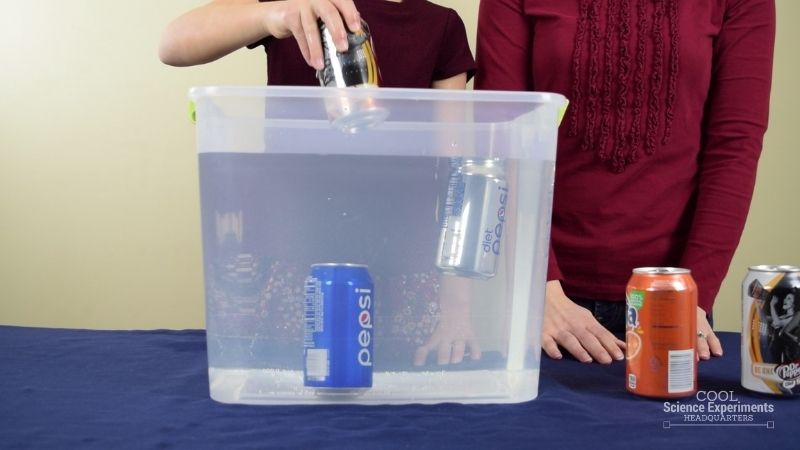
Collect your materials and investigate density in action. Be sure all your soda cans are the same shape, size and volume, and that you have a variety of different types of pop, both regular and diet. The activity takes only about 5 minutes to perform after set up and is a simple, yet effective density experiment with exciting results.
Questions: Do you think all the cans will sink or float when placed in water? Do you think they will all behave the same way? Experiment Difficulty: Moderate Materials Required: Moderate Experiment Details & Lab Kit: Floating and Sinking Soda Pop Cans
Explore Pitch By Making a Wine Glass Sing
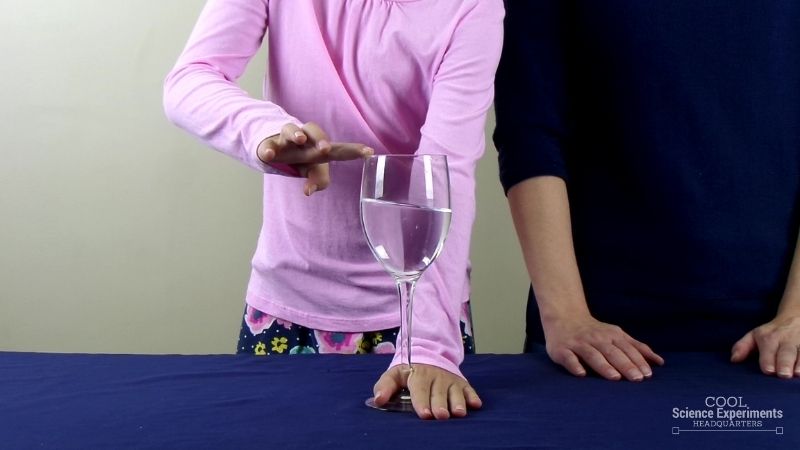
With only two supplies needed (a wine glass and water), this experiment is super easy and fun to perform. Kids can explore and test how the pitch and volume of sound changes by changing a few variables.
Questions: What do you think makes the wine glass sing? Experiment Difficulty: Simple Materials Required: Simple Experiment Details: How to Make a Wine Glass Sing
Test the Earth’s Magnetic Field with a Needle Compass
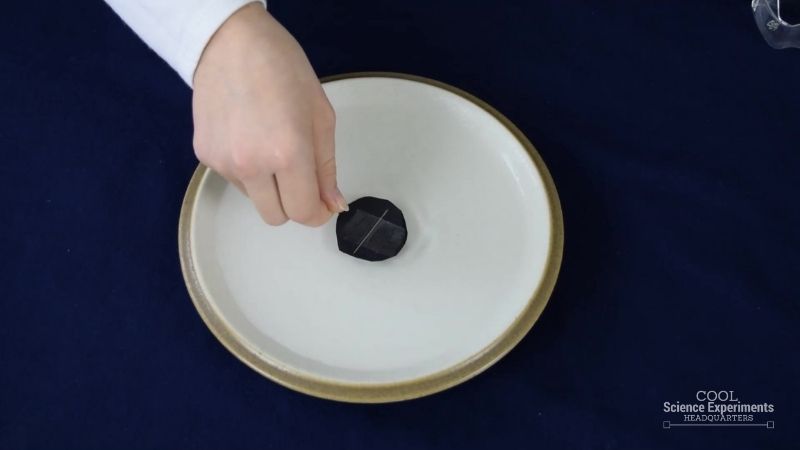
This is a super simple experiment, is quick to perform, and only requires a few materials. Make your own compass then test magnetism, magnetic poles, and the Earth’s magnetic field.
Questions: What makes the needle function like a compass? Experiment Difficulty: Simple Materials Required: Simple Experiment Details: Floating Needle Compass
Investigate Atmospheric Change as you Make a Cloud Form in a Jar
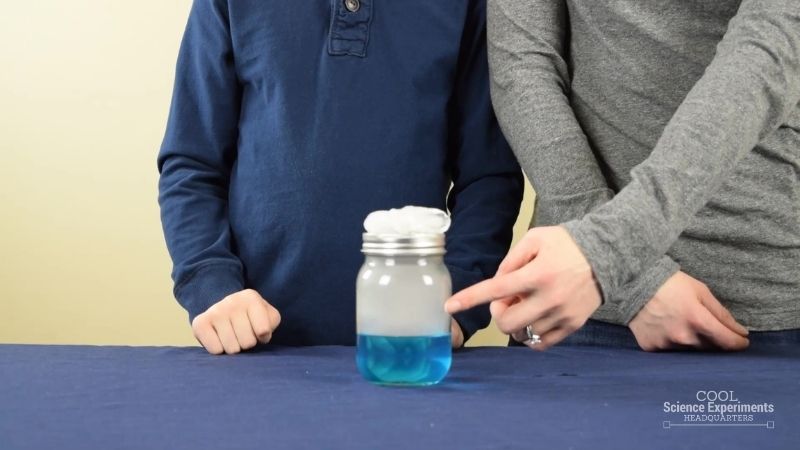
Explore the physical changes and reactions that happen as clouds form within the atmosphere with this easy to perform experiment. Watch in amazement as you watch a cloud begin to take form inside a glass jar. Includes a chart to explore the different types of clouds and where they form in the sky.
Questions: How do clouds form in the atmosphere? Experiment Difficulty: Simple Materials Required: Simple Experiment Details: Make a Cloud Form in a Jar
Discover Buoyancy and Test Density as the Orange Floats
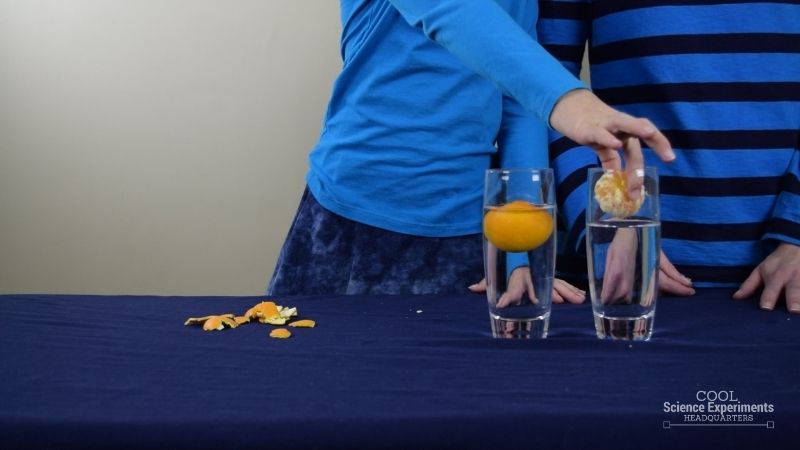
Experimenting with objects to determine what will float and what will sink allows students to explore and test density while learning more about buoyancy. It’s a quick experiment that will only take a few minutes to perform with only a few needed materials.
Questions: Why does the heavier orange float? Experiment Difficulty: Simple Materials Required: Simple Experiment Details: Orange Float
Musical Jars Investigate Sound Waves and Pitch
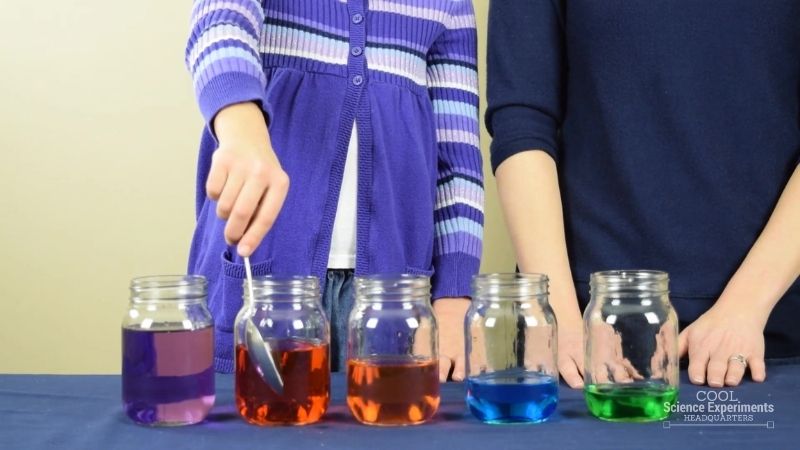
Investigate and explore pitch, sound waves, and more as you make your own simple musical instrument. Easy to set up and easy to perform with glass jars, water, and a metal spoon. Food coloring is optional.
Questions: Why do the jars make different sounds? Experiment Difficulty: Simple Materials Required: Moderate Experiment Details: Musical Jars
Make Hair Stand on End with Static Electricity
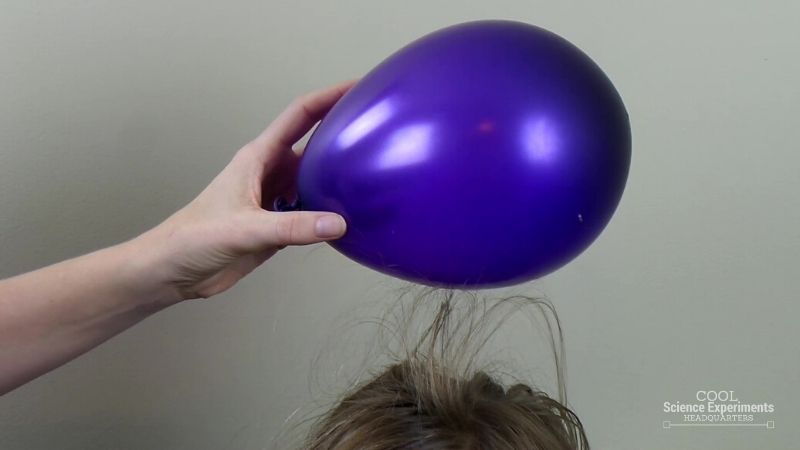
Students explore static electricity while having a great time with the science behind this experiment. Learn how to change an object’s charge and see the results in action with only a few items and an assistant with long hair.
Questions: How does static electricity make hair stand on end? Experiment Difficulty: Simple Materials Required: Simple Experiment Details: Hair Stand on End
Explore How Liquid Viscosity Impacts Magnetic Attraction
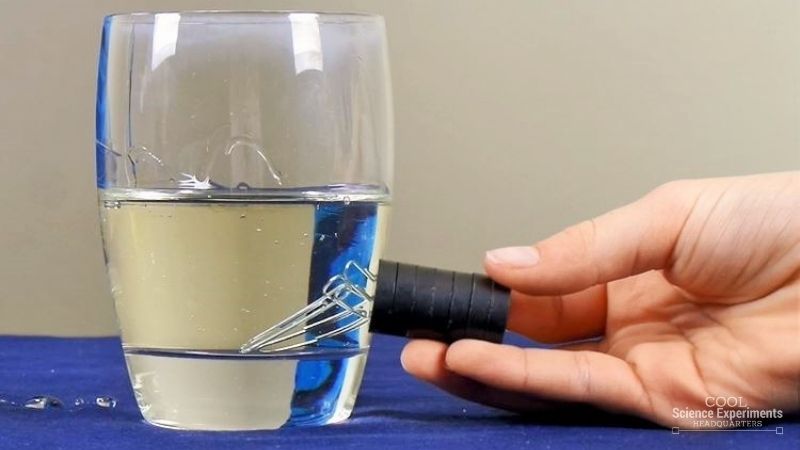
Students learn about magnetic attraction, resistance, and viscosity through this simple experiment. Use a variety of different liquids to test the concept and your theory.
Questions: Does the type of liquid in a glass impact a magnet’s attraction? Experiment Difficulty: Simple Materials Required: Moderate Experiment Details: How Liquid Viscosity Impacts Magnetic Attraction
Colorful Exploration of Capillary Action
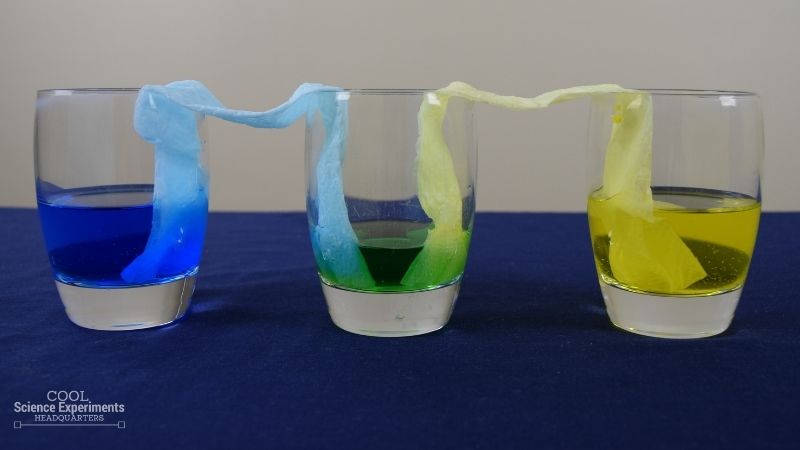
Students can observe the water walking AND changing color with only a few supplies you probably already have in your kitchen. The water in this simple experiment appears to defy gravity and change colors like magic while you learn about capillary action, attraction, and cohesive forces.
Questions: Is it possible for the water to move into the empty glass? What happens to the color of the water? Experiment Difficulty: Simple Materials Required: Simple Experiment Details: Color Changing Walking Water
“See Sound” When You Investigate Sound Waves
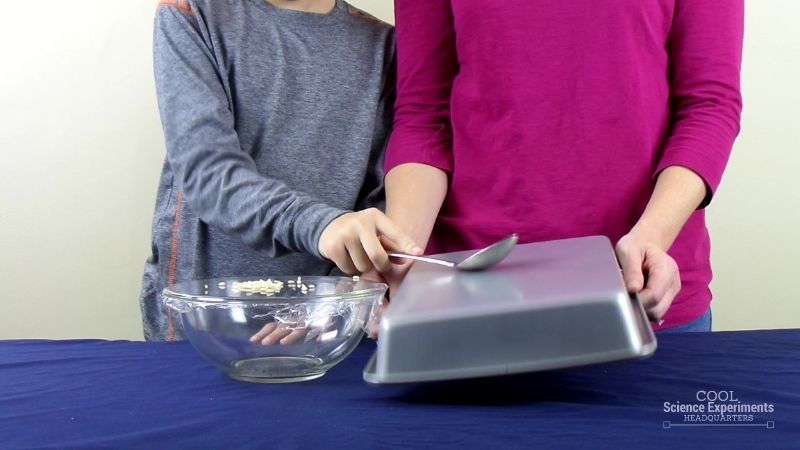
Using just a few common household materials, you can explore sound and answer the question, “Is it possible to see sound?” Students investigate the properties of sound waves and demonstrate how to see them in action with this easy, yet impressive experiment.
Questions: Is it possible to see sound? Experiment Difficulty: Simple Materials Required: Simple Experiment Details: How to See Sound
Explore Convection Currents in Action

With a few drops of food coloring, cooking oil, and a candle you can explore and observe convection currents in action. In this simple yet exciting science experiment, kids explore the concepts of convection and density as they watch convection currents in motion. Adult supervision is advised since this experiment requires fire.
Questions: Can heat cause movement? Experiment Difficulty: Moderate Materials Required: Moderate Experiment Details: Convection – How Heat Moves
Investigate Air Pressure with Ping Pong Balls
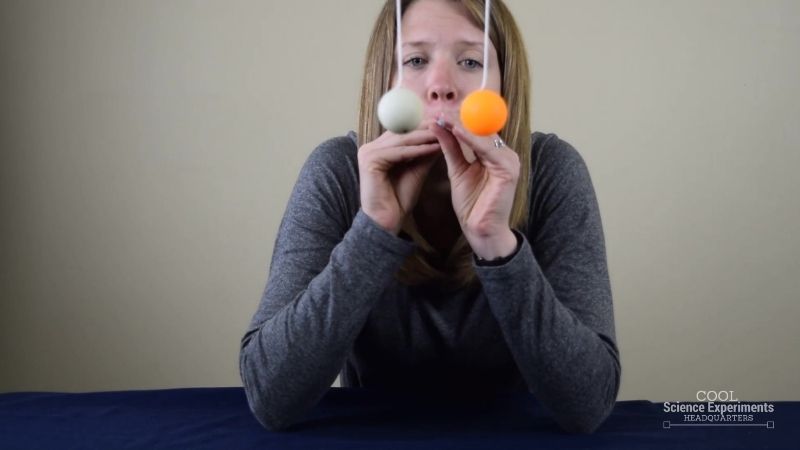
This simple, yet fascinating experiment leaves students amazed with the results. Test Bernoulli’s principle, air pressure and more when learning how it works.
Questions: Does air pressure affect stationary objects? Experiment Difficulty: Moderate Materials Required: Moderate Experiment Details: Air Pressure Impact on Ping Pong Balls
Create Your Own Balloon Rocket
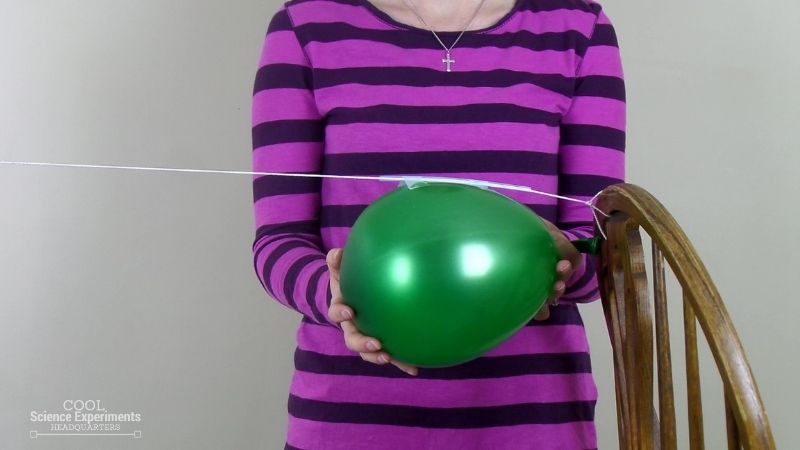
This simple and fun science experiment demonstrates Newton’s Third Law of Motion while exploring Action and Reaction. Using simple materials, students learn how air movement can propel balloon like a rocket!
Questions: Does air pressure affect stationary objects? Experiment Difficulty: Moderate Materials Required: Simple Experiment Details: Balloon Rocket
Blow Up a Balloon with a Simple Chemical Reaction
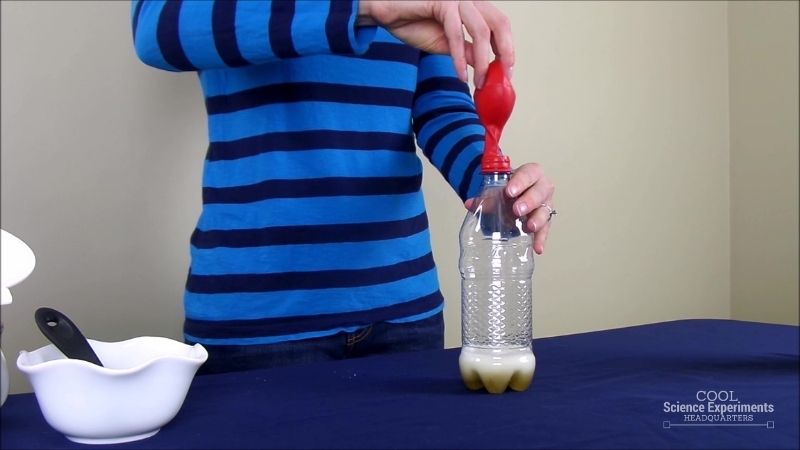
Using everyday items, this impressive science experiment demonstrates how to blow up a balloon while exploring a simple chemical reaction between baking soda and vinegar.
Questions: Is it possible to blow up a balloon without using your mouth? Experiment Difficulty: Simple Materials Required: Simple Experiment Details: Balloon Blow Up
Test Polymers with Water That Doesn’t Leak
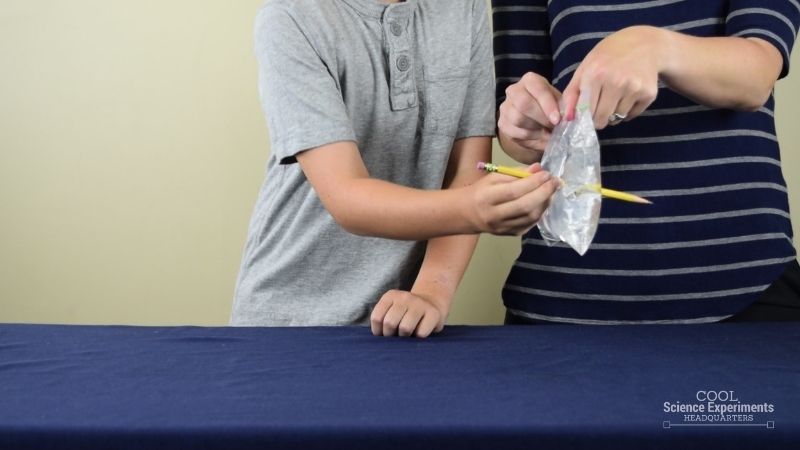
This quick and easy science experiment tests the properties of polymers in a fun and exciting way. Using only three materials found in almost every home, students can see if they can poke holes through a full bag of water without any water leaking out.
Questions: Is it possible to poke holes in a bag of water without it leaking? Experiment Difficulty: Simple Materials Required: Simple Experiment Details: Water Doesn’t Leak
Explore Density with Oil Bubbles
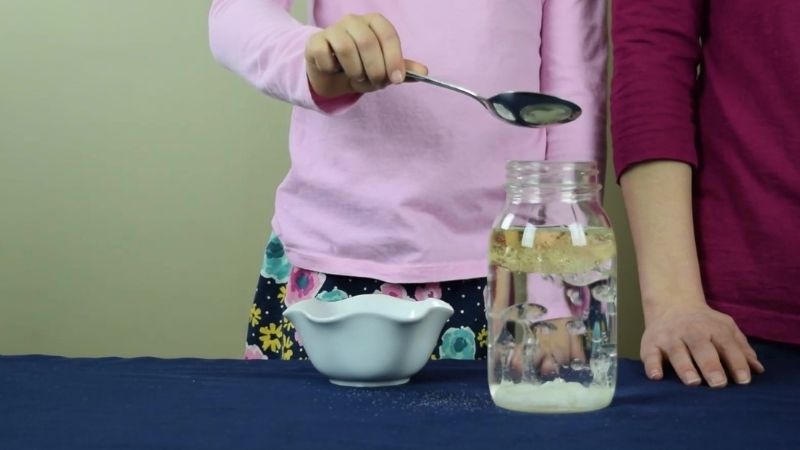
Although oil and water don’t mix, students can learn about density and a little bit of chemistry as they watch oil bubbles form with just a few common kitchen items.
Questions: What happens when you add salt to oil and water? Experiment Difficulty: Simple Materials Required: Simple Experiment Details: Oil Bubbles in Water
Test Air Pressure with An Upside Down Glass of Water
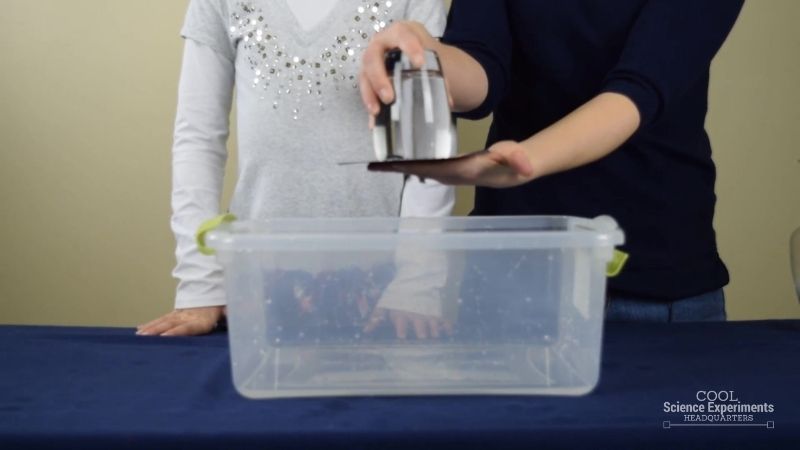
It only requires a glass, a thick piece of paper or cardstock, and water to test the strength of air pressure! But, how does air pressure make it possible to turn a full glass of water upside down without it spilling? Find out how with this impressive experiment.
Questions: What happens if you turn a full glass of water upside down? Experiment Difficulty: Simple Materials Required: Simple Experiment Details: Upside Down Glass of Water
Explore Density with Your Own Cartesian Bottle Diver
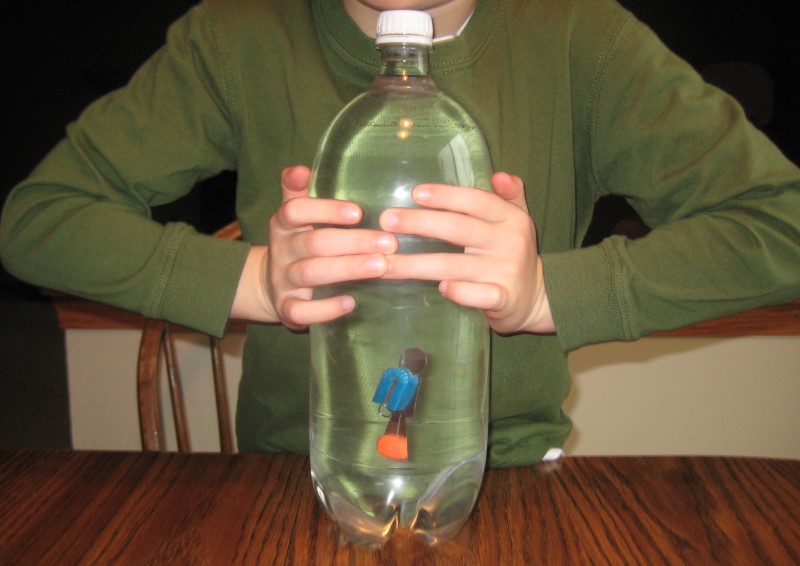
Test and demonstrate the properties of density and how it impacts an object’s ability to sink or float when you create a bottle diver out of everyday materials found at home.
Questions: Is it possible to make an object sink and float in water? Experiment Difficulty: Moderate Materials Required: Simple Experiment Details: Bottle Diver
Test and See Viscosity in Action
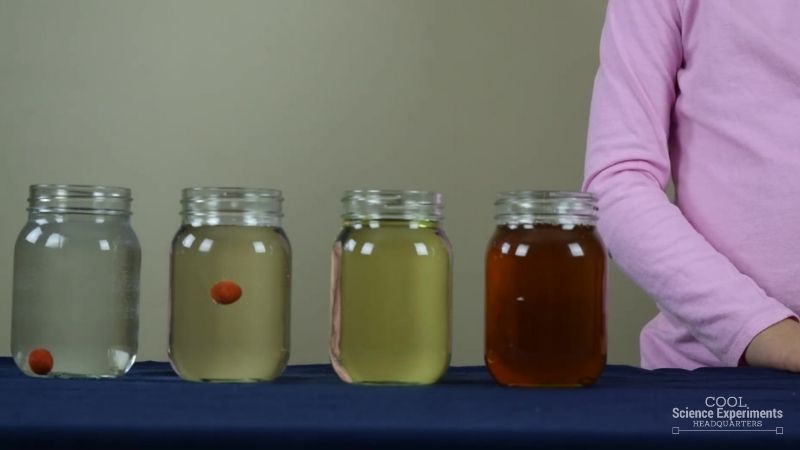
Define and investigate, and test viscosity while you predict how an object reacts in liquids with different properties.
Questions: How does the consistency of a liquid impact how long it will take a marble to sink in a jar of liquid? Experiment Difficulty: Simple Materials Required: Simple Experiment Details: Viscosity of Liquids
Investigate Bernoulli’s Principle with Floating Ping Pong Balls
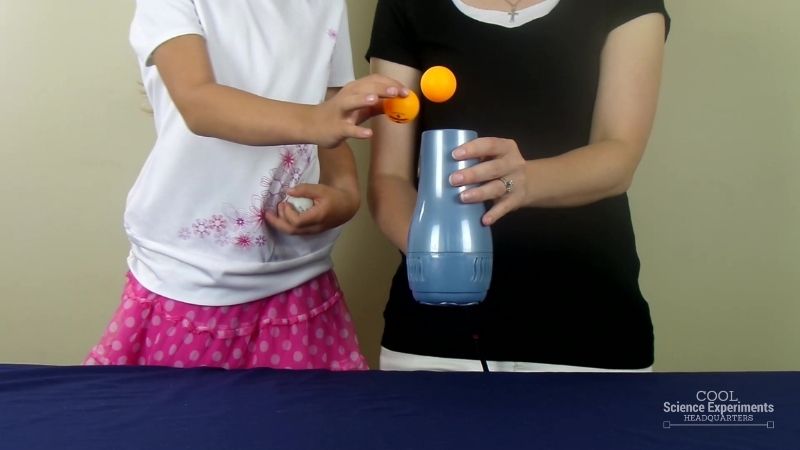
Enjoy learning about gravity, force, and air pressure while making ping pong balls float. This experiment allows students to test and make observations as you test and consider Bernoulli’s Principle with ping pong balls and other objects. Note: The air from the hairdryer in this experiment can get hot, so please use caution as needed.
Questions: What makes it possible for the ping pong ball to float in the air? Experiment Difficulty: Simple Materials Required: Simple Experiment Details: Floating Ping Pong Balls
Test and Observe Refraction As a Ruler Changes Sizes
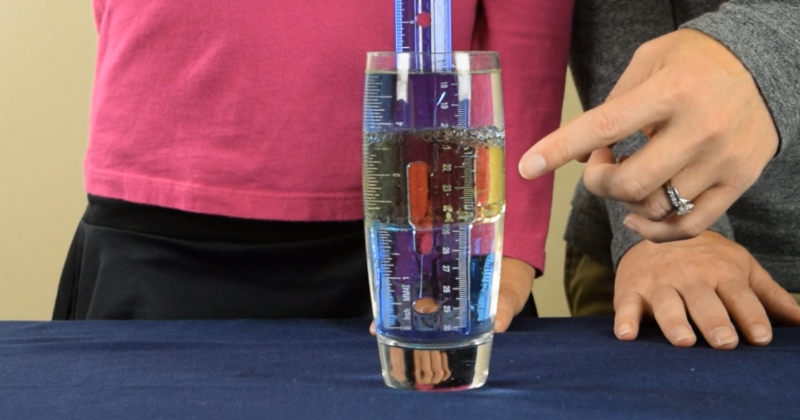
This simple experiment is fun and exciting to demonstrate. Students explore how light travels through different mediums as well as how and why it bends and reacts in different liquids.
Questions: Why does the ruler appear to change sizes when placed in different liquids? Experiment Difficulty: Simple Materials Required: Moderate Experiment Details: Ruler Changes Sizes
Explore Hydrothermal Vents and Density with an Underwater Volcano

This is a fun volcano experiment with an underwater twist. Students create an impressive visual demonstration while testing the scientific fact that hot water rises and cold water sinks. It is a simple way to explore the concept of hydrothermal vents.
Questions: What makes the bottle react like an underwater volcano? Experiment Difficulty: Moderate Materials Required: Simple Experiment Details: Underwater Volcano
Keep a Paper Towel Dry Underwater and Demonstrate the Volume of Air
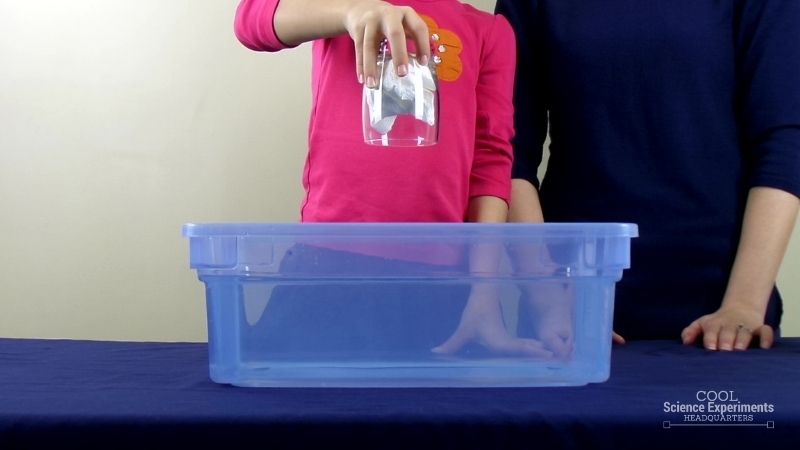
It might not seem possible to keep a paper towel dry underwater, but science proves that it is! This simple experiment helps students explore the volume of air and density with an impressive visual.
Questions: Is it possible to submerge a paper towel in water without it getting wet? Experiment Difficulty: Simple Materials Required: Simple Experiment Details: Dry Paper Towel
Test Temporary Magnets with a Paperclip Chain
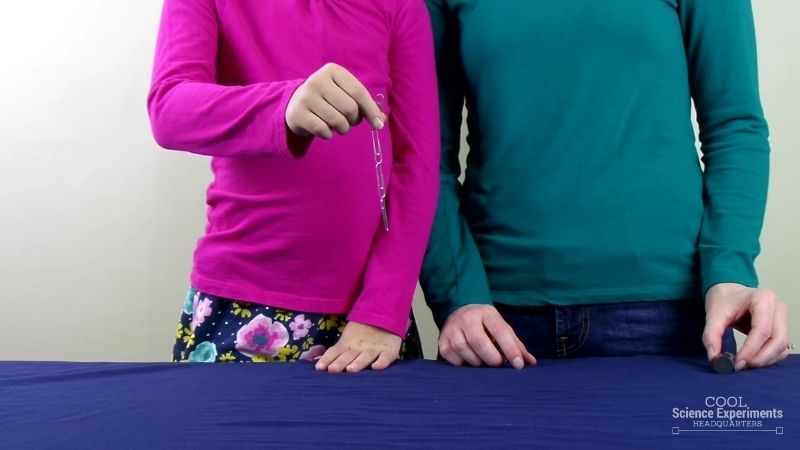
This quick and easy science experiment only takes minutes to set up and perform, but the result seems magical. Using simple science, students explore magnet transference as they demonstrate the power of temporary magnets with an impressive paperclip chain.
Questions: What makes it possible to create a paperclip chain simply by touching them together end on end? Experiment Difficulty: Simple Materials Required: Moderate Experiment Details: Paperclip Chain
Investigate Freezing Temperatures When You Pick Up Ice with a String
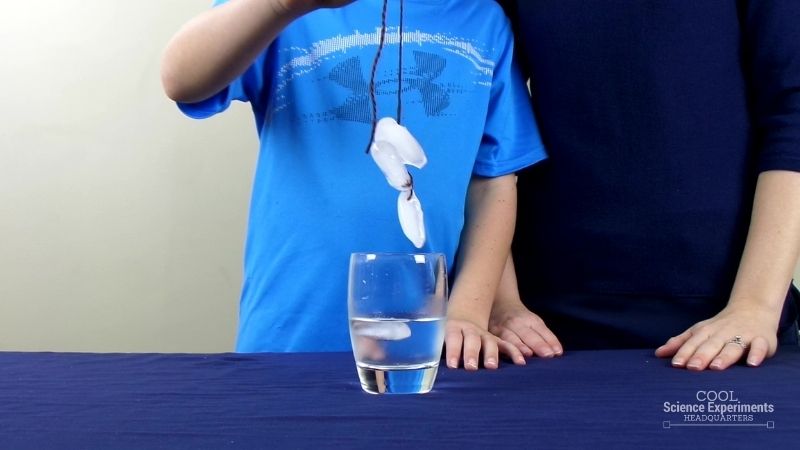
Demonstrate the power of freezing points with this quick and easy 3-minute science experiment. Students test freshwater versus saltwater as they experiment with freezing temperatures.
Questions: What makes it possible to pick up ice with only a string? Experiment Difficulty: Simple Materials Required: Moderate Experiment Details: Pick Up Ice with a String
Make an Arrow Changes Direction with Light Refraction
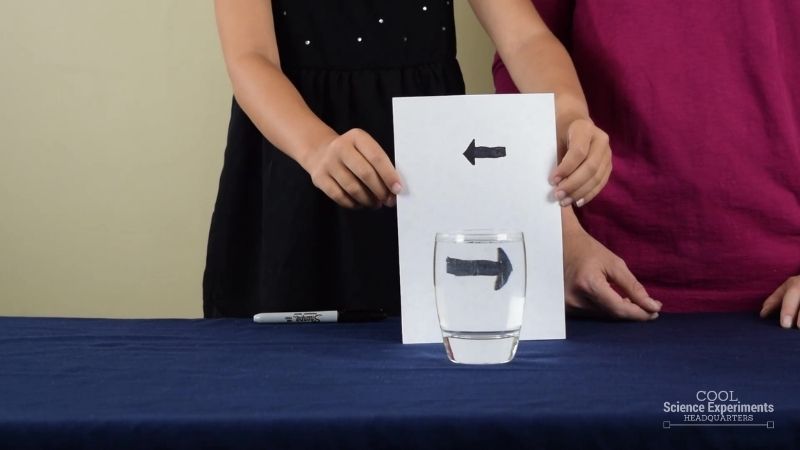
Using only paper and a glass of water, science can explain how an arrow can change directions right before your eyes! This visually impressive experiment is so quick and easy to perform while students demonstrate the properties of light refraction.
Questions: Is it possible to use water and light to change the direction of an arrow? Experiment Difficulty: Simple Materials Required: Simple Experiment Details: Light Refraction
You may also be interested in:
- Easy Science Experiments – 35 cool experiments you can easily do today
- Science Lab Kits – Over 50 easy to do science labs
Reader Interactions
Leave a reply cancel reply.
Your email address will not be published. Required fields are marked *
Save my name, email, and website in this browser for the next time I comment.

- Privacy Policy
- Disclosure Policy
Copyright © 2024 · Cool Science Experiments HQ

K-12 Internet Resource Center
Free PreK-12 lesson plans, activities, and resources
50 Fantastic 5th Grade Science Projects, Experiments, and Activities

There’s something so fascinating about hands-on science experiments and projects. They make learning so meaningful and so much fun! These 5th grade science projects help kids explore biology, physics, chemistry, and a whole lot more. Try one at the 5th grade science fair, or use a few to liven up your lesson plans.
To make things even easier, we’ve rated every one of these 5th grade science projects based on difficulty and materials.
Attributes: 4-5
Resource Link: https://www.weareteachers.com/5th-grade-science-projects/
All Science Fair Projects
1000 science fair projects with complete instructions.

80 Science Fair Projects for 5th Graders
Explore our specially selected science projects for fifth graders, with complete instructions and informative videos!
5th Grade Science Fair Project FAQ
What are some easy 5th grade science fair projects.
Any one of these easy 5th grade science fair projects will teach you important scientific concepts and help you have fun while learning. An easy science fair project is a great way to introduce the wonders of science to 5th graders!
Storing Bread Safely
Windy Wonders: Plant Growth
Dancing Spaghetti
Colorful Temperature
Collecting Micrometeorites
Can Fish Tell Time?
Levitating Train
The Painted Lady Butterfly
Staining Teeth with Beverages
Breakfast and School Performance
Science fair project details right above the FAQ!
What is the best 5th grade science project ever?
We absolutely love the Uncovering Fall Colors science fair project for 5th graders. This project uses chromatography to separate the colors in leaves and helps students discover the hidden colors inside them. It's a great way to learn how to use a common experiment used in chemistry to separate substances. If it's not fall or you can't find different colored leaves, you can always use flower petals of different colors instead.
If you're looking for more 5th grade science projects, check out the 5th grade science fair projects at the top of this page!
Check out more Best Science Fair Projects →
What are some cool 5th grade science fair projects?
Get ready to be amazed by these super cool 5th grade science projects for 5th graders! With just a few simple things, introduce students to the wonders of science and have tons of fun!
Growing Mold
Is Yeast Alive?
Can You Taste With a Plugged Nose?
Electrifying Lemon Battery
Making Oobleck: Liquid or Solid?
Egg Drop Project
Colors of Skittles Experiment
Cloud in a Bottle
What are 5 testable questions for 5th grade?
A testable question is a question that we can answer through a science experiment. To do this, we do a control science experiment, then we change one thing in the experiment to see how it affects what happens. This is how we can discover the answer to our question!
What makes a cloud form?
Can drink and food taste different just by changing its color?
Does the color of light affect photosynthesis?
Does temperature affect seed sprouting?
What makes popcorn pop?
Here are more testable questions along with their science projects →
What are the top 10 science projects for 5th grade?
These are our top 10 5th grade science projects, with projects from Biology, Chemistry and Physics. These projects can be used as science fair project ideas or as a fun experiment to explore different areas of science!
Uncovering Fall Colors
How Temperature Affects Taste
The Doppler Effect
Science project details right above the FAQ!
Can I do a 5th grade science fair project in a day?
Yes! Quick experiments can be a great option for a science fair project! If you want to explore quick reactions, we have science project ideas on various topics to get you started.
Acid-base reactions: Mixing acids with bases quickly makes carbon dioxide gas!
Make a rocket fly sky high with just baking soda and vinegar! Rocket Film Canisters
Learn how to make your own acid/base indicator using red cabbage and use it to test different fluids! Make Your Own PH Indicator
Chromatography reactions: Separate out colors!
Did you know that some Skittles have a secret rainbow hiding inside them? Colors of Skittles Experiment
Have you ever wondered why leaves change color in the fall? Let's find out by using chromatography to separate the colors of a green leaf! Uncovering Fall Colors
Heat reactions: Heat speeds things up!
Do you want to find out which color candle burns the fastest? Which Candle Burns the Fastest?
Ever wondered if a balloon filled with water can withstand fire? Fire-Resistant Balloons
What are some hands-on ways to find inspiration for my science fair project?
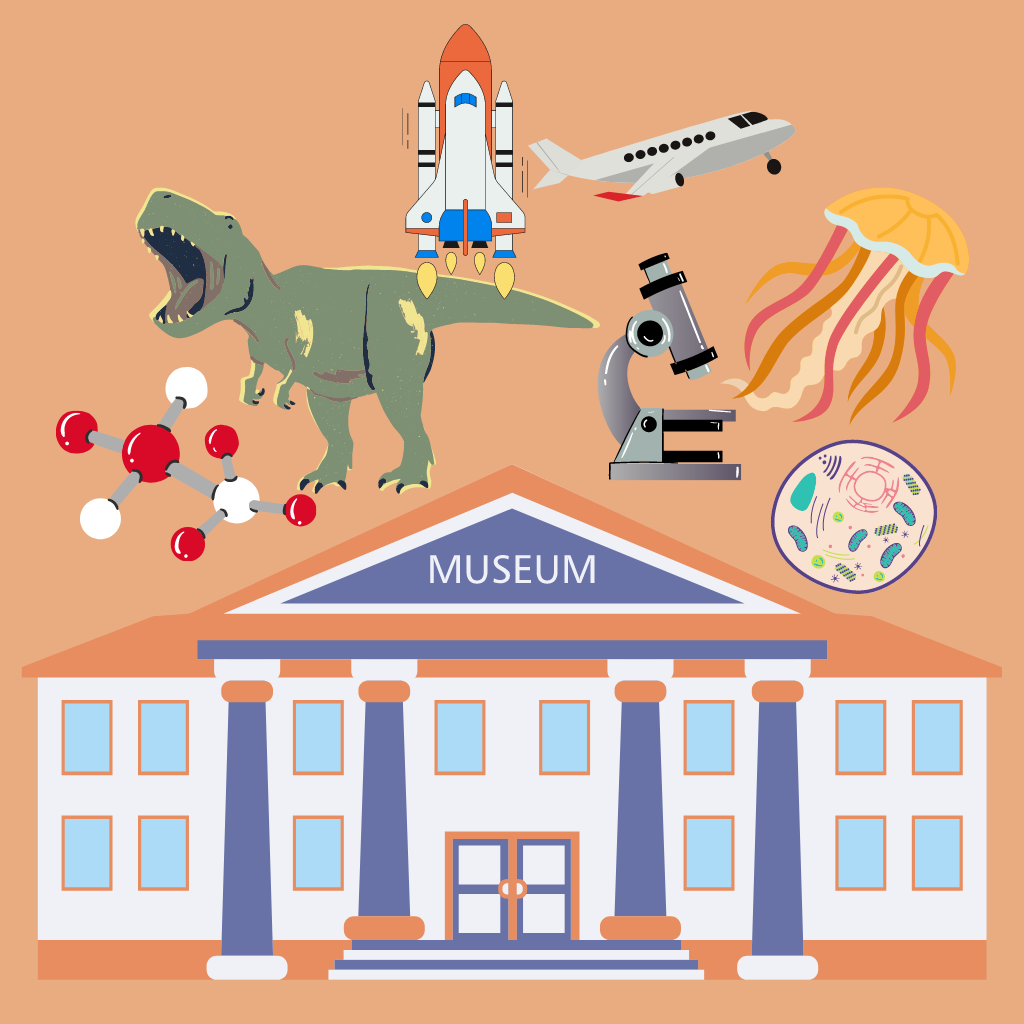
There may be free admission days or free passes to a science museum near you! Check your local library for free museum passes, nearby science museums for free entrance days and your credit card for offers.
Find a science museum near you and prepare to be awed by all that you can learn there! I always learn something new and am inspired whenever I go to a science museum!
How do I start a science fair project?
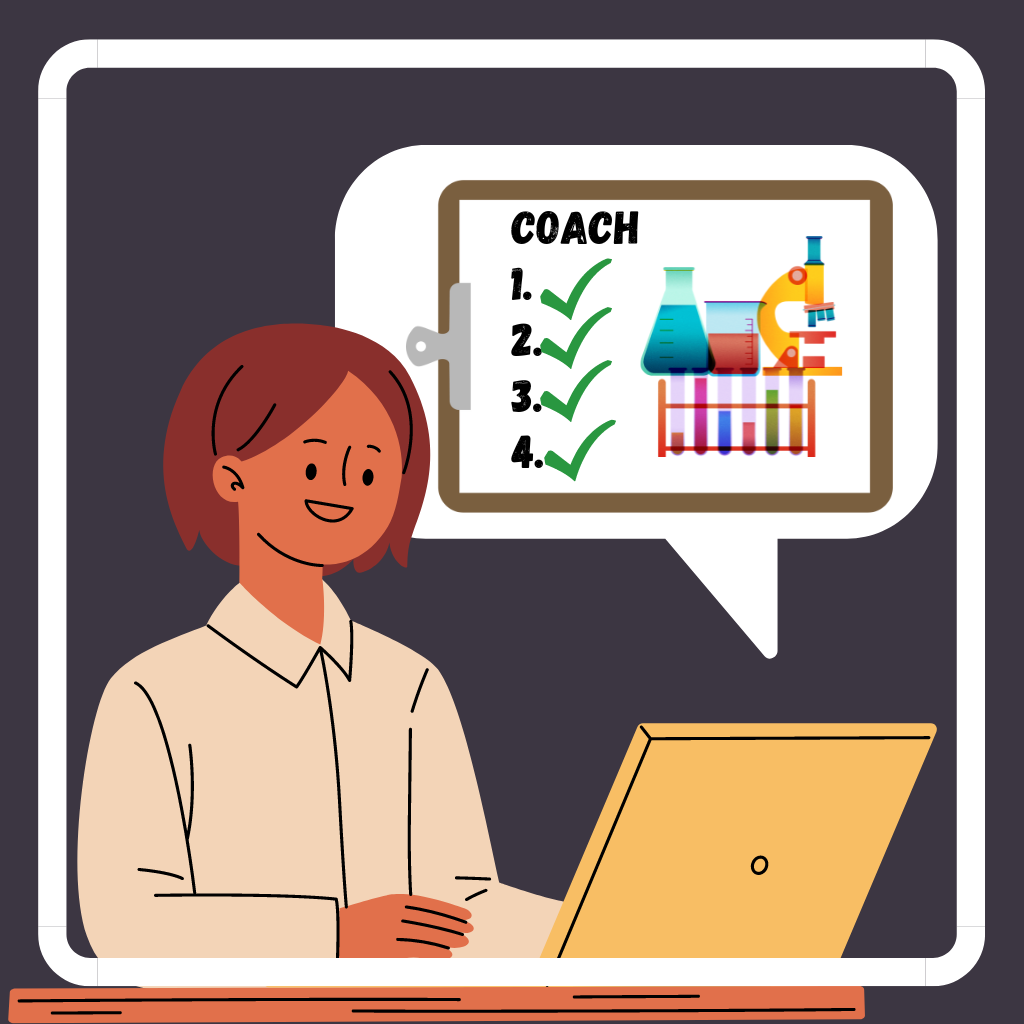
What should I do after I have a science fair project idea?

How do I make a science fair board?
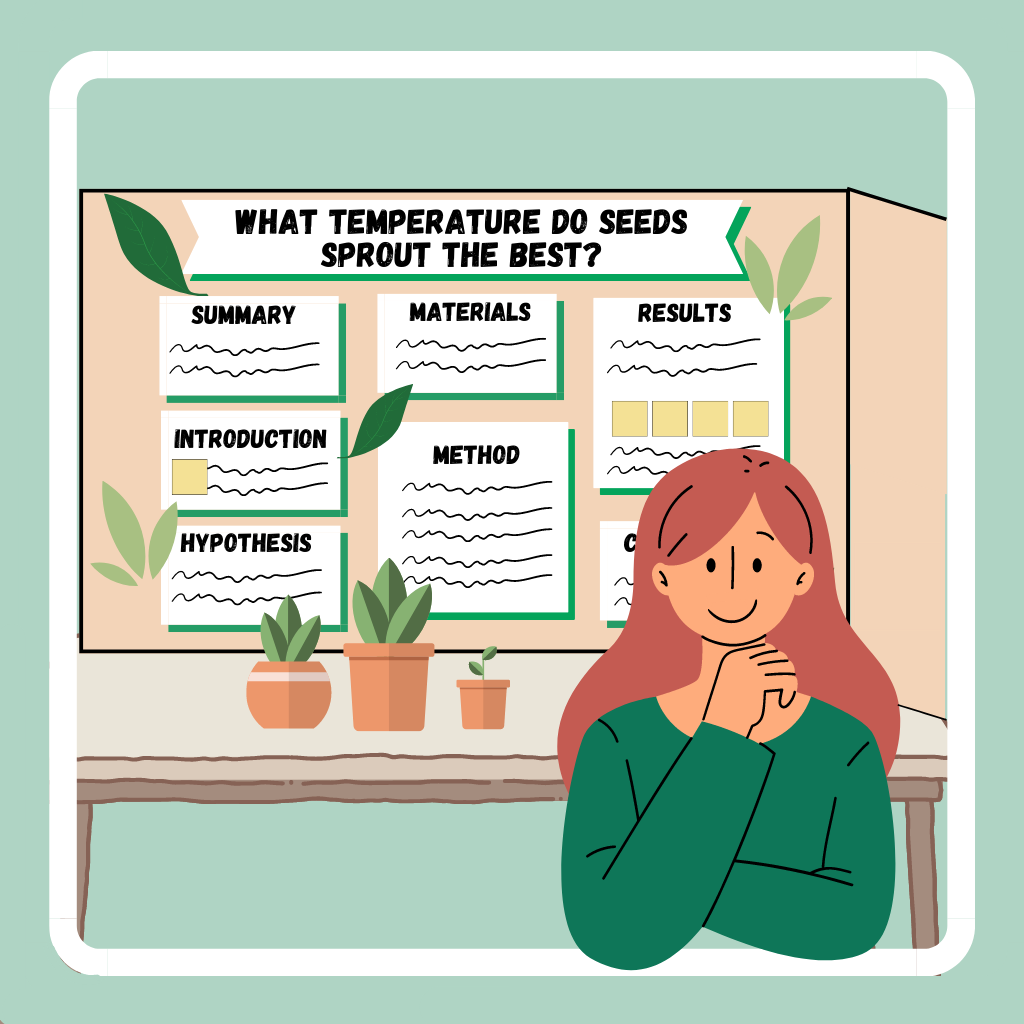
What is the scientific method?
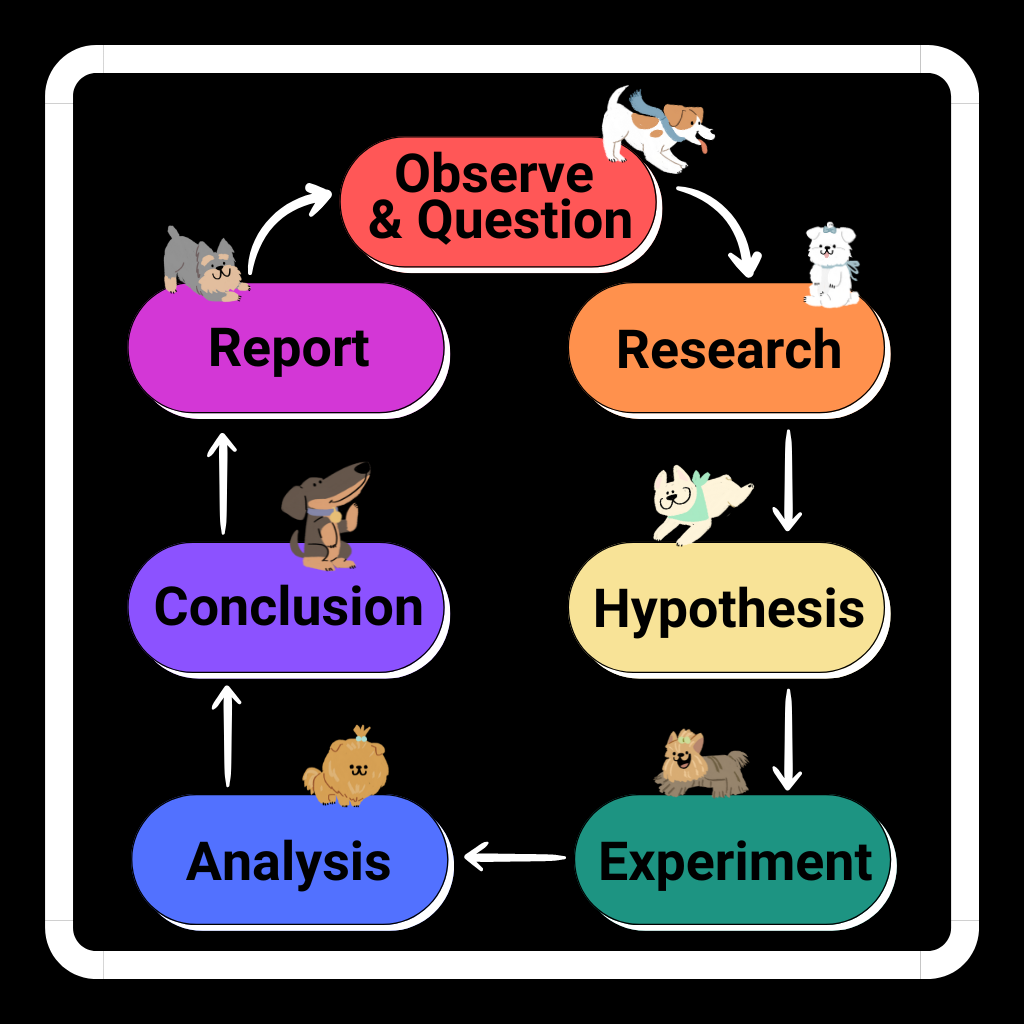
What is the engineering design process?
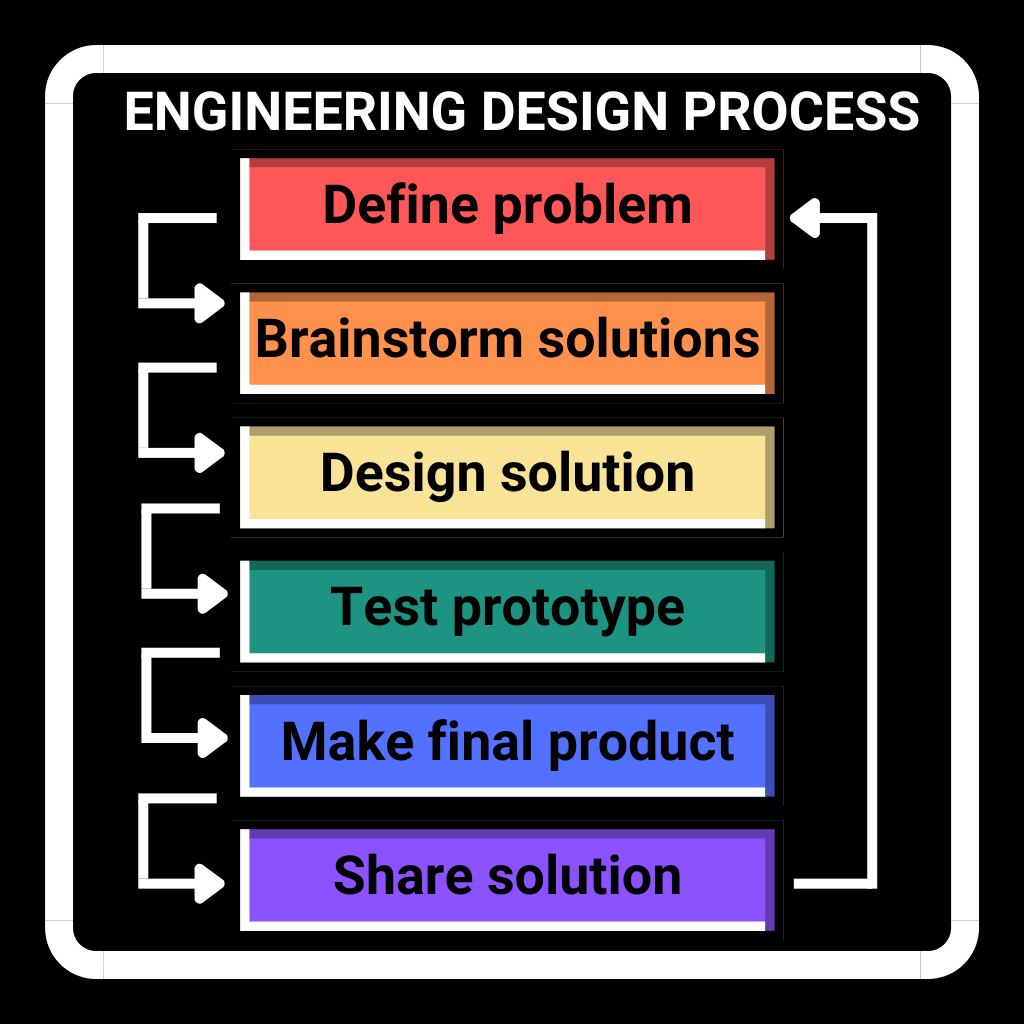
Where can I find a science fair competition?
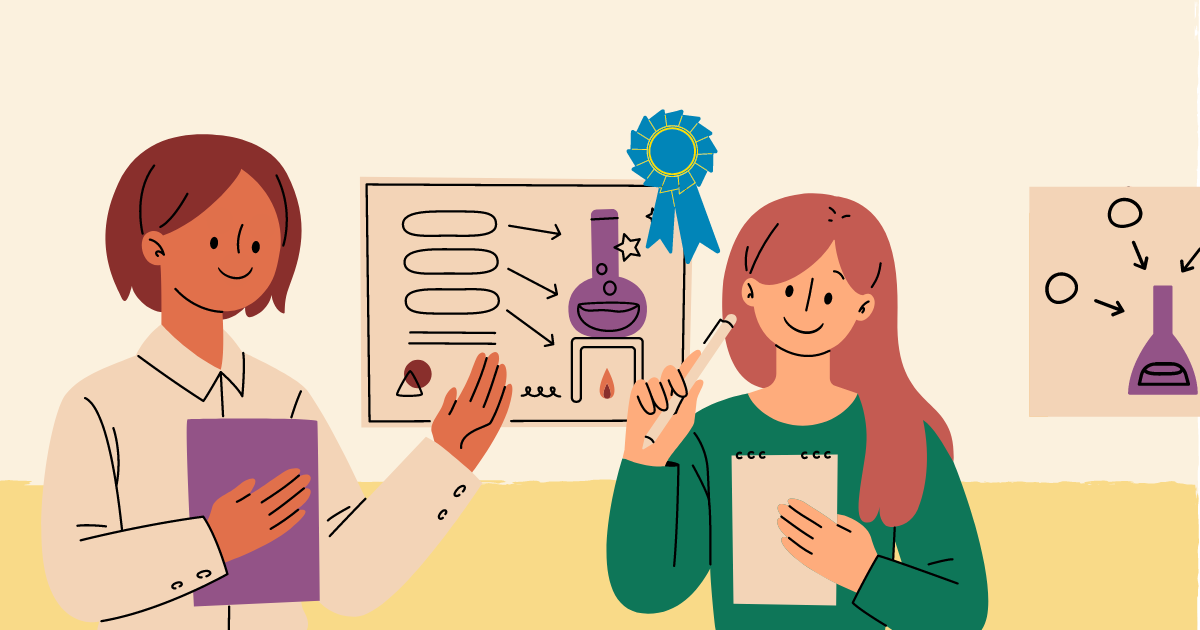
The www Virtual Library: Science Fairs website also has a collection of science fairs from all over the world, as well as national, state, regional, local, and virtual competitions!
- Science, Tech, Math ›
- Chemistry ›
- Projects & Experiments ›
5th Grade Science Fair Projects
- Ph.D., Biomedical Sciences, University of Tennessee at Knoxville
- B.A., Physics and Mathematics, Hastings College
By the 5th grade, students are expected to shoulder more responsibility in designing in doing a science fair project . There will still be a lot of parent and teacher help, but you want a straightforward project that ideally takes no longer than a week or two to complete. The ideal project is one the student can do pretty much by himself or herself, with guidance from adults as needed.
5th Grade Science Fair Project Ideas
- What household chemicals repel insects? Pick one particular type, common to your area, such as flies, ants, or roaches and test herbs, spice, etc. to see if you can come up with a non-toxic way to keep bugs away.
- Make a model tornado or vortex. You can use two bottles taped together or can make a cool tornado using water and vegetable oil. For the project, explain how the vortex works.
- Can people taste the difference between drinks sweetened with Stevia (a natural non-caloric sweetener) and sugar? Which do they prefer?
- Are there any dyes you can add to water living plants that change the color of their flowers ? Hint: Some modern orchids are tinted blue using dyes, so it's possible.
- Do people have the same sensitivity to smell? Place people at one end of a room. Have another person open a scent, such as lemon oil or vinegar. Have your test subjects write down what they smell and what time they smelled it. Is the time the same for different scents? Does it matter whether the test subject was male or female?
- Use the streak test to try to identify different mineral samples. What other tests might you try to confirm your results?
- Does storage temperature affect popcorn popping ? Store popcorn in the freezer, refrigerator, at room temperature , and in a heated location. Pop the same amount of each 'sample'. Count how many unpopped kernels remain. Can you explain the results?
- Does food cooked in the microwave cool at the same rate as food cooked in the oven or on the stove top? Heat foods to the same temperature. Use a thermometer to measure the temperature at set times. Explain your results.
- Can you sip the same amount of liquid through two straws at once as one straw? What about 3 straws?
- Collect a group of different substances. Rank the materials according to best to worse heat conductors (or insulators). See if you can explain your findings.
- Does the color of a light affect how bright it appears in fog? in water?
- For your project, explain how traffic lights work. What is the reason for the delay between when a light turns yellow and then turns red? How many cars are needed to trip a turn arrow? If you're examining a particular light, does its behavior change according to the time of day?
- Where is the best place to store apples? Where is the best place to store bananas? Are they the same?
- Does the temperature of a magnet affect its magnetic field lines? You can trace the magnetic field lines of a magnet by putting iron filings on a sheet of paper over the magnet.
- What brand of battery lasts the longest?
- Make ice cubes starting with different temperatures of water. Does the starting temperature of water affect how long it takes to freeze?
- Make a homemade sundial and explain how it works.
- 3rd Grade Science Fair Projects
- 8th Grade Science Fair Project Ideas
- 7th Grade Science Fair Projects
- Science Fair Project Ideas
- 11th Grade Science Fair Projects
- Science Fair Project Ideas for 12th Graders
- 6th Grade Science Fair Projects
- First-Grade Science Projects
- 10th Grade Science Fair Projects
- 9th Grade Science Fair Projects
- Science Fair Project Help
- Chemistry Science Fair Project Ideas
- 4th Grade Science Fair Projects
- Why Do a Science Fair Project?
- Middle School Science Fair Project Ideas

Science fair can be the highlight of your child’s 5th grade school year. We have rounded up 31 great fifth grade science fair ideas to get you started! With one previous science fair behind his or her belt, your 5th grader is now ready for a little more challenge.
In this post, we’ve assembled 31 easy science fair project ideas for 5th grade. We link each project description to its original source, where you can get more information and step-by-step instructions.

Tornado in a Bottle
In this fascinating experiment, water will create a channel as it is emptied from a bottle. A device connecting the two bottles allows the water to empty into a second bottle.
Recommended for Grade 5.
Source: www.scinado.com

Effects of Temperature on the Sublimation of Dry Ice & How Soap Reacts in the Microwave
Two projects in one! Testing how temperature affects two different solids: dry ice and soap.
Source: GlobalPost.com

Do People Have a Dominant Side of Their Brain?
These experiments will help the scientist to determine if people have a dominant hand, foot, eye or ear. A great behavioral discovery project.
Recommended for Grades 5-6.
Source: www.faculty.washington.edu
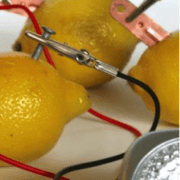
When life gives you lemons, make a battery!
Lemon Power is a fascinating experiment that you can attempt to duplicate with other fruit. Which fruit makes the best battery? Experiment and find out!
Recommended for Grades 4-5.
Source: www.kidsactivitiesblog.com
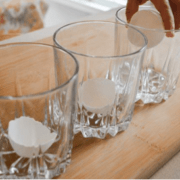
A Science Fair Project on Tooth Decay by Jennifer Elrod
Doing an experiment on tooth decay is both beneficial and interesting. It only requires a few inexpensive materials and a week’s worth of observation and record keeping. The experiment requires no work after the initial setup.
Source: www.ehow.com
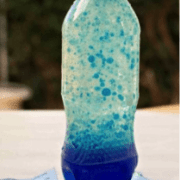
Homemade Lava Lamp by Alexa Bach McElrone
This project takes about 2 hours to complete the experiment and the write-up. Kids will get to explore the relationship between oil and water in terms of density as well as hydrophilic/hydrophobic compounds.
Source: http://www.education.com
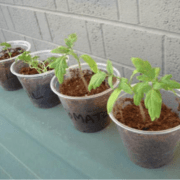
How the Amount of Light Affects Germination and Growth.
The goal of the project is to find out how different lighting conditions affect seeds germination and growth. This article will give you the step by step procedure for this project.
Source: www.scienceprojectlab.com
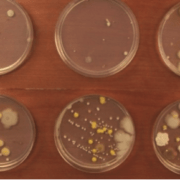
Growing Bacteria in Petri Dishes by Steve Spangler
A Petri dish prepared with nutrient agar (a seaweed derivative with beef nutrients) is an ideal food source for the bacteria you’ll be growing. Collect samples from around the house or classroom and record the results for the one with the most bacteria.
Source: www.stevespanglerscience.com
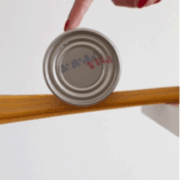
Bridge Project by Sarah Benton
This project explores the basic physics of bridges. The goal is that the student will develop an understanding through experimentation of which shapes are the most structurally strong, and that many factors are taken into account in engineering and building.
Source: www.education.com
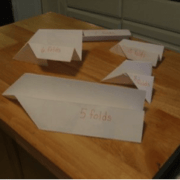
Paper Airplane Science Fair Project
Create your own hypothesis about paper airplanes, then start your experiment. This article gives you all of the information you need.
Source: www.easy-science-fair-projects.net
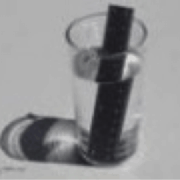
Barometer Science Project
Make your own barometer and then use it to test weather conditions on a dry day, a rainy day, a cloudy day, etc.
Source: www.hubpages.com
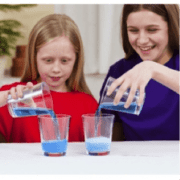
How Do Antacids Work?
In this activity, learners explore the chemical reaction between water and effervescent antacid tablets. This hands-on activity models how a material can act differently when it’s nanometer-sized. Learners compare the reaction rate of an effervescent antacid tablet that is broken in half with one that is broken into many pieces.
Source: www.howtosmile.org
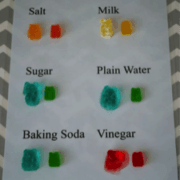
Gummy Bear Osmosis
Do Gummy Bears dissolve in water? In vinegar? In liquid soap? Test your hypothesis on a variety of liquids and find out.
Source: www.homeschool.com

Is Your Dog’s Mouth Cleaner than Your Mouth?
Is it a myth or fact that a dog’s mouth has less germs that a human’s mouth? Follow these simply instructions and test for yourself.
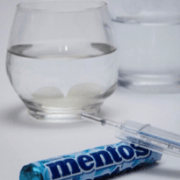
Does Mint Actually Cool Things Down? By Jennifer Penn-Chiu
Mint-flavored gum, breath fresheners, and hard candies often advertise that mint has a cooling effect, and use images of frost and ice to demonstrate this sensation. But is this sensation a result of the mint actually lowering temperatures?
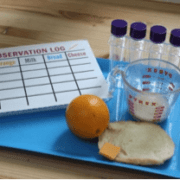
Which Food Will Rot First?
This example tests the rotting of 4 different foods, but your scientist can test as many different types of food as they can imagine.
Source: www.notimeforflashcards.com
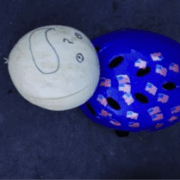
Helmet Crash Test by Steve Spangler
Not only will your little scientist gain a better appreciation for using a helmet, she can also learn more about the science behind it. Try testing different size melons and different height drops.
Source: www.parenting.com
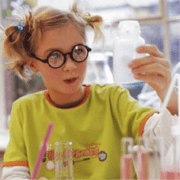
Can Magnets Affect the Growth Process of Radish?
In this experiment, your scientist will determine whether magnets make radish plants grow faster or slower.
Source: www.buzzle.com
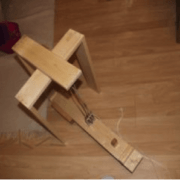
Playground Teeter-Totter
The goal of this project is to create a compound machine using pulleys and levers that would be able to lift a Barbie doll up and down by pulling a string by the player. A common problem on the playground is that you sometimes can’t find another person to go on the teeter totter with you.
Recommended for Grades 4-6.
Source: www.projects.juliantrubin.com
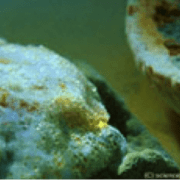
Growing a “Mold Garden”
The goal of this project is to grow different mold species on different kind of substrates to find out if the same bread mold species will grow on all of them. Do all mold species have the same taste and preferences?!
Recommended for Grades 4-5
Source; www.scienceprojectlab.com
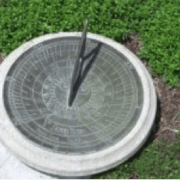
Making a Simple Sundial and Testing Its Accuracy
Learn how to make a sundial and then test its accuracy with a series of experiments.
Recommended for Grades 4-6
Source: www.explorable.com
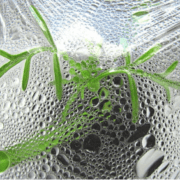
A Pint Pot Planet
This experiment will demonstrate the water cycle and test different hypotheses on rainfall and the water cycle.
Source: www.raisingsparks.com
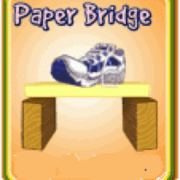
Build and Test a Paper Bridge
This project helps you discover how to create a strong bridge using just paper. Instructions also offer some additional parameters to add into the experiment.
Recommended for grades 4-5
Source: www.teacherstryscience.org

Paper Airplane Experiment
Experiment to find the best design for a paper airplane
Source: ScienceFairMath
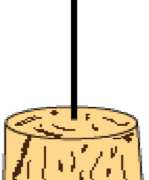
Use the Energy in a Peanut to Heat Water
Just about everything has potential energy stored in it. The problem is releasing that energy to be able to do some work.
A tiny peanut contains stored chemical energy. When we eat them, the stored energy is converted by our bodies so we can do work. We can also use the energy in a peanut to heat a container of water.
Recommended for grades 4-6
Source: www.energyquest.ca.gov
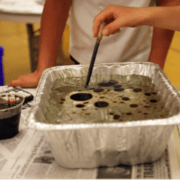
Oil Spill Experiment
This experiment will demonstrate the detrimental effects of oil spills to marine life
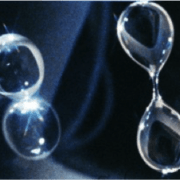
Make Your Own Microscope with Water
Make a simple microscope using water and take a closer look at the world around you.
The lens you create with water works like a microscope or magnifying glass, allowing you to see objects in much greater detail than if you were just looking with the naked eye.
Source: www.sciencekids.co.nz
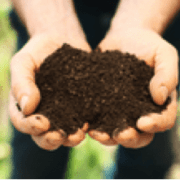
How Does the pH of the Soil Affect the Type of Plants?
Plants’ survival can be based on the pH of the soil. This experiment lets you test soil pH based on the type of plants that live there.
Source: www.livescience.com
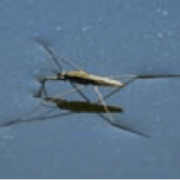
Surface Tension Experiment
Surface tension is one of water’s most important properties. It is the reason that water collects in drops, but it is also why water can travel up a plant stem, or get to your cells through the smallest blood vessels. You can experiment with surface tension using just a few household items.
Source: www.hometrainingtools.com

- Skip to primary navigation
- Skip to main content
- Skip to primary sidebar
Teaching Expertise
- Classroom Ideas
- Teacher’s Life
- Deals & Shopping
- Privacy Policy
5th Grade Science Project Ideas: Experiments, Model Building, DIYs, Challenges, And More
March 8, 2024 // by Sean Kivi
Hands-on experiments. They’re one of the greatest tool tips at a teacher or parent’s fingertips to ensure that their students understand new concepts. But where do you start with these? How do you know which experiments are the best for your 5th-graders, or which ones will help to promote learning in the most stimulating way? Well, look no further. This list of 65 5th-grade science projects compiles the best activities for encouraging your students’ discovery and passion for science, from biology, physics, chemistry, and more.
1. Bouncing on a trampoline
Get your kids learning while exercising! This mini trampoline experiment will help your 5th graders by challenging their construction skills and understand the basic principles of a rubber band. By adjusting their own contraption, they will discover how to make the highest bounce.
Learn More: Teach Student Savvy
2. The “magic” leakproof bag
Challenge your students to create a leakproof bag. They might think it’s magic, but you can use it to teach them all about the science of polymers. You can even develop on this by using other materials, too, like plastic bags that have a different size or thickness. Definitely one for your messier kids!
Learn More: Steve Spangler Science
3. Clothespin and popsicle stick airplanes
For this engineering activity, your student will need to create all sorts of airplanes using different household items, such as popsicle sticks and clothespins. Using different methods and construction material, they will see if their planes can actually fly! This experiment also has excellent links to STEAM, too.
Learn More: STEAMsational
4. Tornado in a Bottle
Bring the outside world inside with this fun and simple science experiment. You’ll only need a few things, like a bottle, water, and glitter, to help your students to understand the science behind natural disasters like a hurricane. You can even develop this to teach them about centripetal force as well.
Learn More: Cool Science Experiments Headquarters
5. Float or Sink Pop Cans
Your students might already be familiar with the version of this experiment that uses eggs, so why not shake things up with soda cans instead? This experiment is a great way for your students to learn about density with different types of artificial sweeteners. You can also teach them about the dangers of too much sugar!
6. Invisible Ink
Your students will love transforming into secret agents with this amazing activity! Using baking soda as ink, they’ll turn their writing invisible. You can then reveal the message with grape juice or a heat source to teach them about paper fibers.
Learn More: ThoughtCo
7. D.I.Y. Snowflakes
All of the fun of snow, but with none of the mess and cold! This is a perfect way to teach your students about molecules and the separation of liquids in a way that they’ll find interesting. You can also use these as beautiful decorations all year round.
Learn More: Little Bins for Little Hands
8. Quicksand escape
Have you ever seen your students playing superhero games together? Well, this is your chance to turn those games into learning! This experiment scaffold kids’ learning of solid and liquid properties by learning through play. They will also discover the best ways to escape from this tricky texture!
Learn More: Education.com
9. Solar S’mores
Create a solar oven that traps the Sun’s energy in this delicious science experiment. Your students are to enjoy these tasty treats while they learn about alternative energy resources and greenhouse gases.
Learn More: Desert Chica and Climate Kids NASA
10. Monster Dry Ice Bubble
This experiment does require a little preparation, but it’s sure to be a hit with your students. They will explore the process of sublimation and learn about pressure as they watch the bubbles expand. As this involves dry ice, you will need to be careful with it.
Learn More: Wonder How To
11. Soil Erosion Experiment
This is a great activity to do outdoors on a nice day, as your students will find out about soil erosion and its harmful effects on the natural world. They’ll discover the importance of having vegetation cover the soil.
Learn More: Orlando Science Center
12. Newspaper STEM Challenge
Put those old newspapers to use in this innovative experiment that will foster the creative engineering skills of your kids. They will not only build up their teamwork skills but also develop their problem-solving capabilities by creating their own constructions using only paper materials. This makes it an excellent tool for introducing STEAM engineering concepts.
Learn More: STEM Activities for Kids
13. Create a Bouncy Ball
Polymers are a hard concept for students to wrap their heads around, so you’ll want to keep the borax aside for this fun learning experiment. You’ll only need a few other spare ingredients to help create your own bouncy balls for your students. They can even play with them afterward!
Learn More: Babble Dabble Do
14. Build a Snack Machine
Yet another delicious experiment, this one involves learning and applying everything they know about simple machines to create their own Mimi snack machine. It only requires a little basic mechanical engineering but it can be a little challenging trying to re-allocate the snacks.
Learn More: Left Brain Craft Brain
15. Hot and Cold Density
If you’re looking for a quick science experiment, check out this rainbow density jar experiment. In less than 10 minutes, your kids will explore challenging concepts like water density, molecule science, and more. Try using food coloring for even better results!
Learn More: STEAMsational
16. Build a Bridge
Challenge your students to re-construct their own models of famous bridges around the world to see which one is the strongest. You should encourage your students to make predictions about each bridge’s strongest design and weight limitations before testing.
Learn More: Education
17. Testing Heat Capacity
This heat capacity experiment will answer any questions that your students have about why water takes so long to boil in comparison to oil. Your 5th-graders will also understand the different ways that liquids absorb heat and the amount of heat required to modify the object’s temperature by a certain amount (heat capacity).
Learn More: YouTube
18. Rock Candy
The tasty experiments continue with this rock candy creation. You can use it to show your kids the shape of sugar on a bigger scale. They will need your help with mixing boiling water, but they’ll definitely be able to enjoy the sweet results!
Learn More: Steve Spangler Science
19. Sunlight vs. Artificial Light
Your students will learn about photosynthesis and the factors that can affect it in this science experiment. They will investigate whether plants grow better under natural sunlight or artificial light, as well as the plants’ general health, too.
20. Make a Compass
This excellent experiment is a great introduction to ideas about magnetism and the Earth’s magnetic field. Your students will make their own compass with a magnetized needle. Try challenging your students to compare the differences between magnetic north and geographic north.
21. Musical Glasses
Make some cross-curricular connections with this charming project. Using basic knowledge of physics, your students will create their own musical glasses of water. By studying the different types of material used, they can explore the various properties of glass with these musical masterpieces.
Learn More: Teach Beside Me
22. Melting Ice Challenge
By adding different solids to ice cubes, your students will test what ingredients can be used to make ice melt faster. They can then record these to determine the melting time of each material. You’ll only need a few ingredients, such as salt, sugar, or baking soda.
Learn More: Little Bins Little Hands
23. Exploring Fluorescence
This experiment will help your students to solve the mystery of “black lights” in an interesting way. It will also introduce them to the power of ultraviolet light and the electromagnetic spectrum, as well as the different ways that black light can be used.
Learn More: Supply me
24. Flying Popsicle Sticks
Definitely one for your more active students! They’ll simply love learning about potential by weaving popsicle sticks together, then discovering kinetic energy when they throw them. You can challenge them further to see how long of a chain they can make.
Learn More: Steve Spangler Science
25. Chalkboard Slime
Almost all 5th-graders love playing with slime, and this experiment is sure to be no different. By adding a few extra ingredients to a normal slime recipe, they’ll create their own slime that is thicker than ever before. An unmissable tool for learning about polymers.
26. Water Conductivity
This is a simple experiment, but it is certainly effective! Your 5th-graders will finally be able to understand the dangers of touching electrical sockets with wet hands. They’ll learn about conductivity and whether water really works as a conductor or not.
Learn More: Rookie Parenting
27. Magic Marker Stick Man
Your students will think this marker stick man is magical when it comes to life! Instead, you can use this viral experiment to explain the solubility of materials and the use of adhesives.
Learn More: Gizmodo
28. Making Lightning
A science experience that allows you to bend electricity to your will , even bring it … into the classroom? Dim the lights and bring on a foil-covered fork to find out how static electricity is created.
29. Watching the heartbeat with marshmallows
Mix this delicious treat with science to help your students learn about the circulatory system. They’ll see how the marshmallows “jump” with their heartbeats and understand even one of the hardest units on the human body.
Learn More: Growing Grade by Grade
30. Water Filtration
Demonstrate the water purification process as part of this engaging experiment. Your 5th-graders will explore ideas about water pollution and how to remedy it. You can try expanding on this by using different materials like oils and food coloring to see what happens.
31. Make Oxygen with the help of a plant
A plant’s ability to make oxygen is the main reason that we are alive today. Ene still, this is a difficult concept for students to understand. This project will help you teach how plants help us by producing oxygen. Try different plants to see which ones are best at producing the air we breathe.
Learn More: MEL Science
32. Pendulum Painting
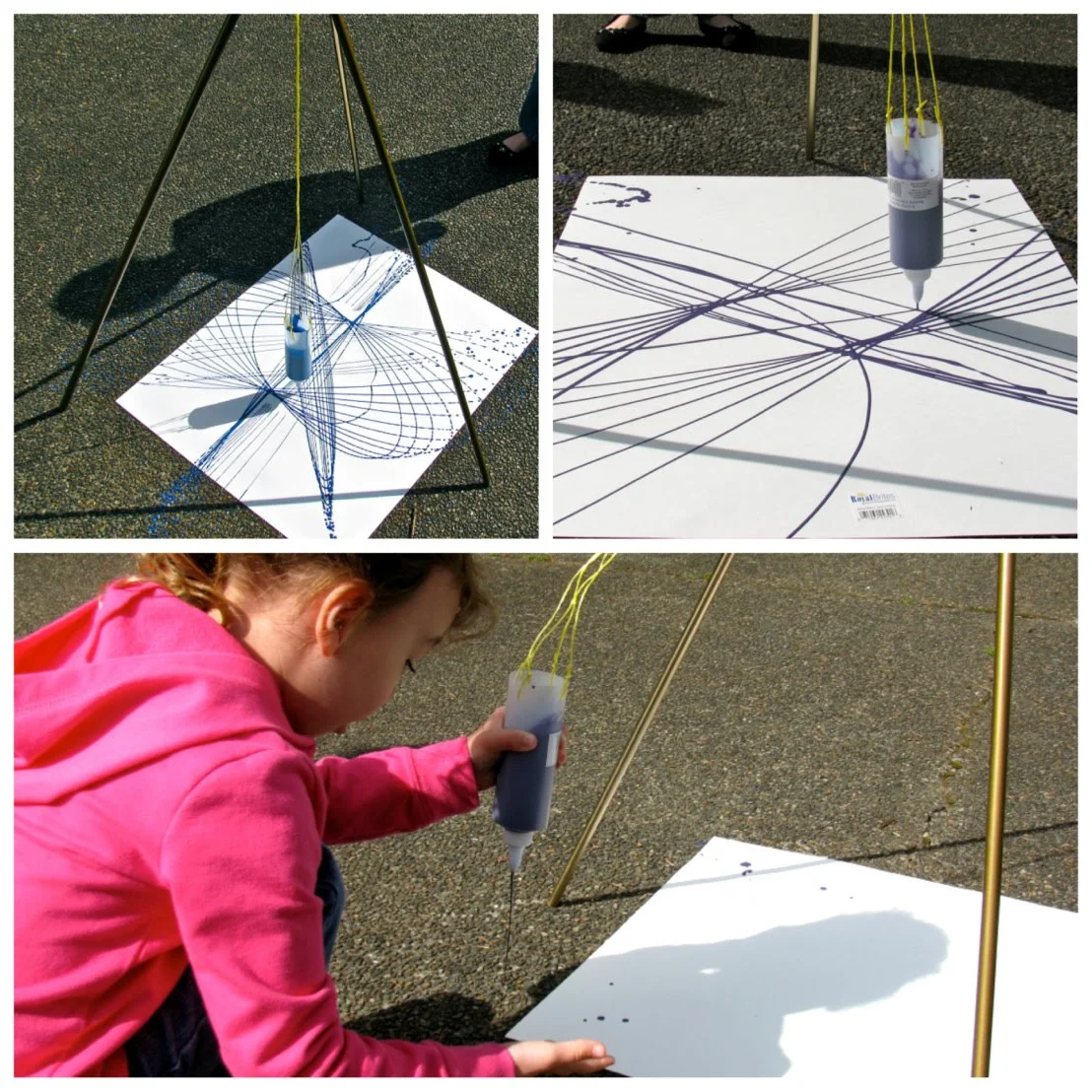
This hands-on activity will help your students learn about important science concepts of potential and kinetic energy while making beautiful art they can be proud of.
Get painting at Jenny Rambles WordPress
33. Greenhouse Gases Experiment
Learn about how greenhouse gases affect the temperature of the planet by using baking soda and lights. You create a chemical reaction using baking soda and water to understand the effects of carbon dioxide on the atmosphere. Have fun!
Learn More: Da Vinci TV
34. Cabbage Chemistry Acid-Base Science Project
A great chemistry science fair experiment that will help your students learn about how acids, neutrals, and bases work. You will make a red cabbage acidity indicator. It’s a smelly but engaging experiment, so plug your nostrils and get to testing acidity.
35. Acid Rain Earth Science Effects
Acid rain is a big problem! It is created when we burn fuels to make electricity and has devastating effects on the areas where it falls. This project will teach Earth science principles by checking how acid rain affects chalk at different levels of acidity. Kids will love this!
36. Tooth Decay Model and Exploration
Teach your students the importance of oral health by demonstrating how tooth decay affects our teeth using our favorite body learning science experiment. You don’t need your teeth because you will use eggshells.
Learn More: Sciencing.com
37. Do Paper Clips Float?
This is a simple experiment to help your students understand surface tension. This is done with household products that you probably have lying around. You can substitute a paper clip for other items to see if they float and how surface tension affects the float-ability of objects.
Learn More: Champak World
38. Make a Heart with Pumping Blood Model
Many people think that engineering projects are only good for earth sciences, but they work great for life sciences too. Your students will build a model of the circulatory system and test how it works in this hands-on project.
Learn More: Exploratorium Teacher Institute
39. Electroscope Static Electricity
Built-up static electricity has given us all a shock once or again. This project aims to teach your students about how static electricity gathers and then shocks us. It can also teach about the best electrical conductors if you use various materials.
Learn More: The Kitchen Pantry Scientist
40. Apple Oxidation Experimentation
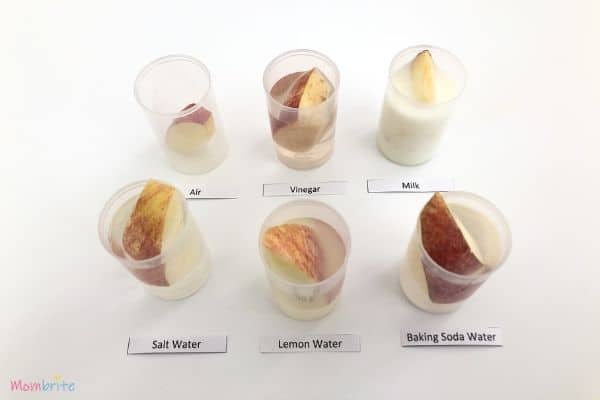
This is an engaging hands-on activity to get your students to understand the process of oxidization that takes place on objects left exposed to rain and water. We recommend using a variety of artificial sweeteners to test out how they affect the process.
Learn More: Mom Brite
41. Explore Density with a Lava Lamp
Acids and bases are a basic scientific concept and there is no better way to demonstrate them than with a groovy homemade lava lamp. Here you can also demonstrate the density of different liquids.
Learn More: OSC
42. Convection Currents in a Glass
By using water of different temperatures, students can observe convection currents when they drop food coloring in. This can be tied to ocean currents or currents in any large bodies of water.
Learn More: The Homeschool Scientist
43. Biospheres
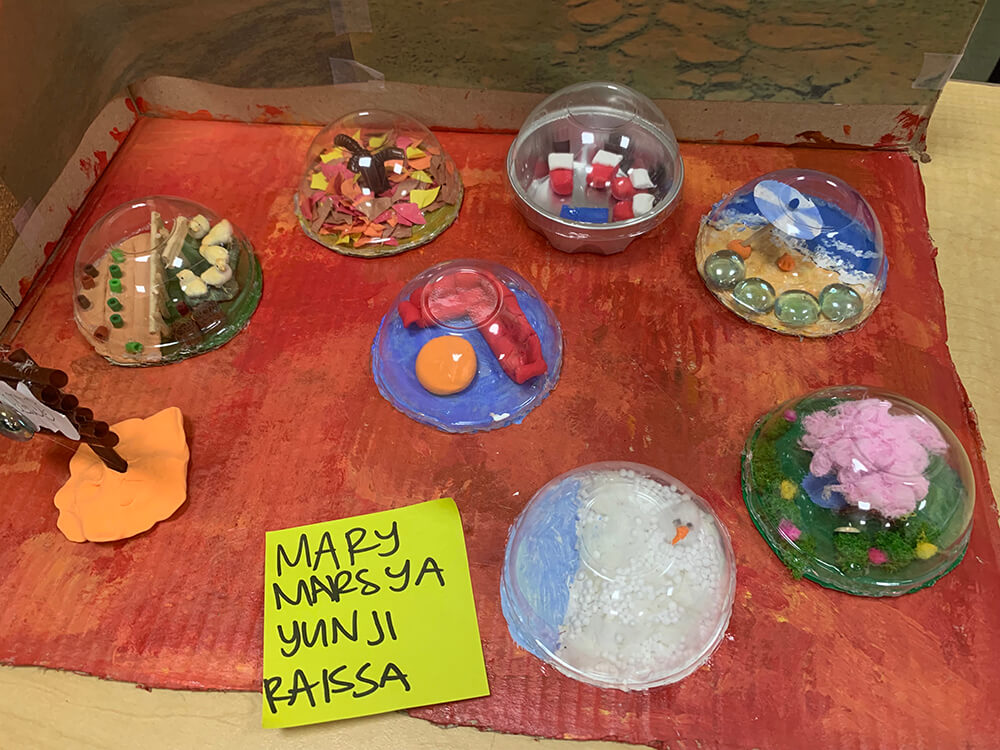
Students must create one or several biospheres, each enclosed to show how they are all different. They must explain how the parts of each biosphere are interconnected and how it would be affected if one is removed.
Learn More: Laney-Lee
44. Discover Genetics
Students must collect basic information about their family’s characteristics on a gene table. This table must then be interpreted in a family tree to show how some traits can be inherited.
Learn More: Science Buddies
45. Digestive demonstration
With simple kitchen items, students can observe how bile from the liver breaks down fat in the digestive tract. Biological science is a fascinating world the students love exploring.
Learn More: Simple Southern
46. Archimedes’ Screw
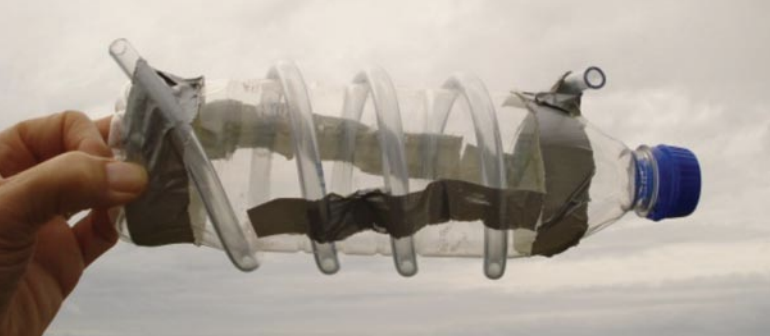
This ancient invention is something students can make themselves, showing how a simple invention can change lives.
Learn More: Steps Engineers Ireland
47. Bottle Rocket Competition
Bottle rockets are an exhilarating way for students to explore aerodynamics and the laws of motion. They can change many aspects of their rockets to see who can fly higher or stay in the air longer.
Learn More: Teaching Engineering
48. Catapult Launches
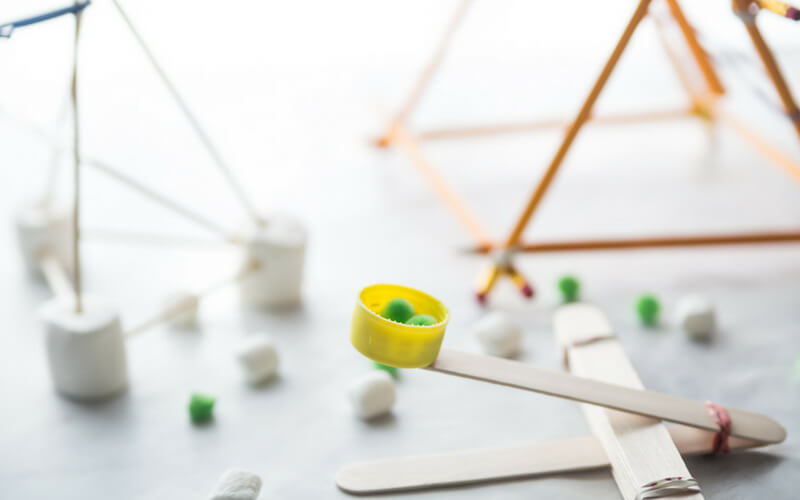
Students can build their own catapults from popsicle sticks and try and catch the launches or aim them at a target. They must make conclusions about how shorter or longer arms on their design will change the outcomes.
49. Candle Carousel
This experiment lets your students prove that hot air rises! Start by having them follow the instructions to make cuts on an aluminum plate and then let them decorate it with colored markers before attaching a metal nut and straw. Once it’s set up, they can then add candles underneath and they’ll see the pinwheel at the top turning. More candles will also make it spin faster!
50. Water Balloon Density
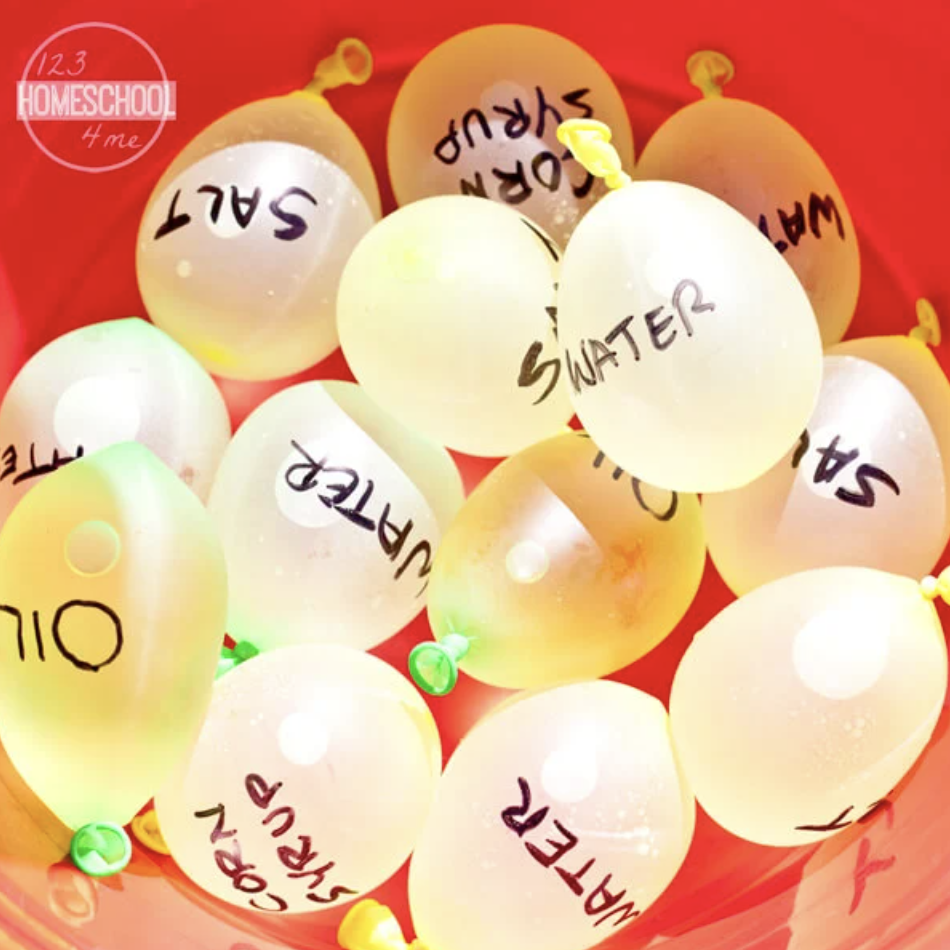
Fill balloons with various liquids and have students predict which ones will float. They must explore the properties of each liquid that helps them to come to their conclusion.
Learn More: 123 Homeschool 4 Me
51. Self-Watering Plant
One hands-on way to teach your students about plant physiology is by having them create a self-watering plant system. While discovering how to create an efficient irrigation system, they’ll get to learn how plants absorb water through their roots and stems via capillary action.
52. Bottle Terrarium
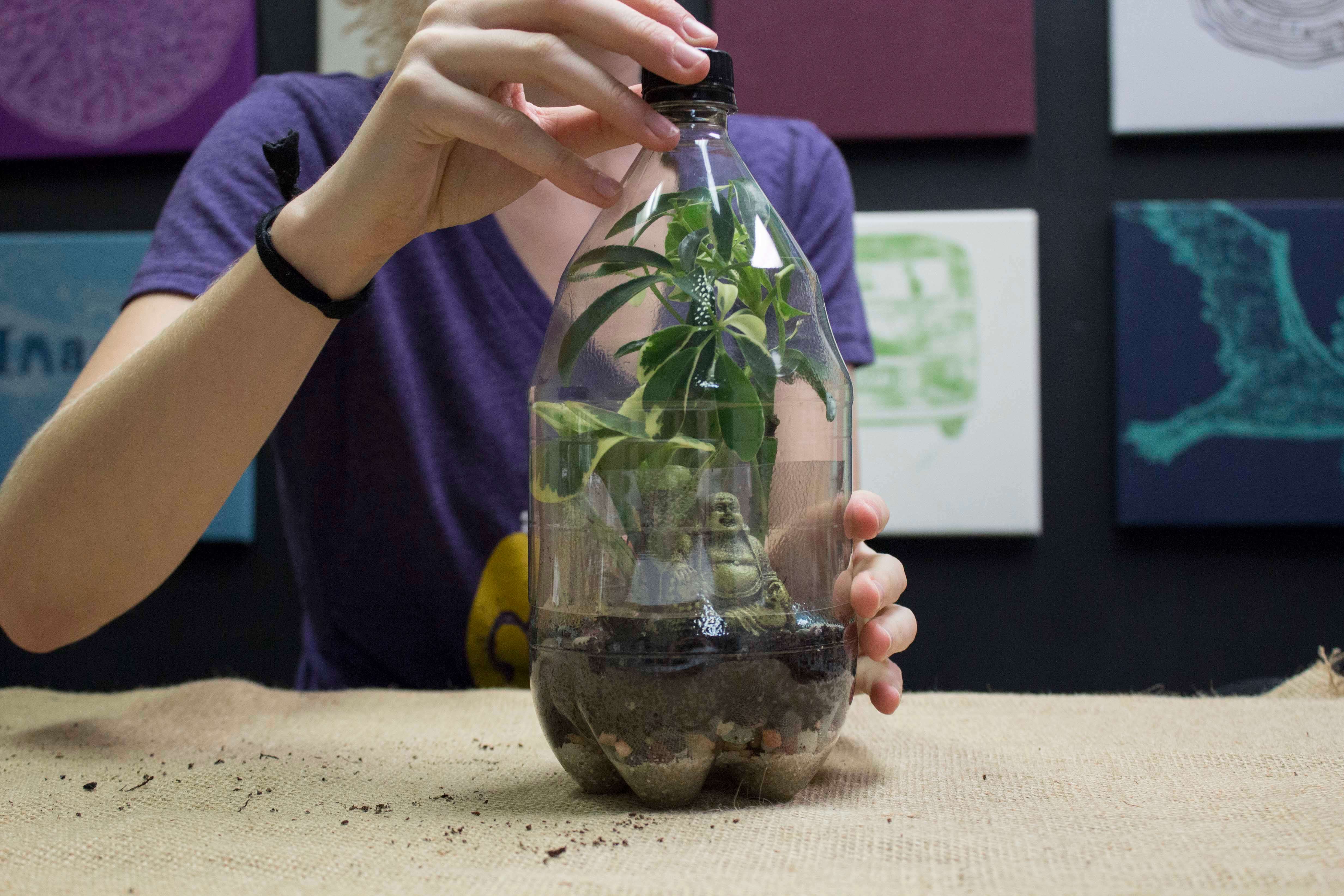
Imagine a miniature world within a bottle! That’s exactly what your students get to build when creating a plant-based microcosm! It’s an exercise in understanding ecosystems, the water cycle, and photosynthesis. As they craft a terrarium in a bottle, they’ll observe firsthand how environmental changes impact these systems.
Learn More: Soul Flower
53. Homemade Battery
Electricity is fundamental to our world, but how is it generated? Your students can unravel this mystery by creating a homemade battery using everyday objects like lemons and pennies. Through this project, they’ll learn about core concepts such as current, voltage, and electrochemical reactions.
54. Dancing Rice Experiment
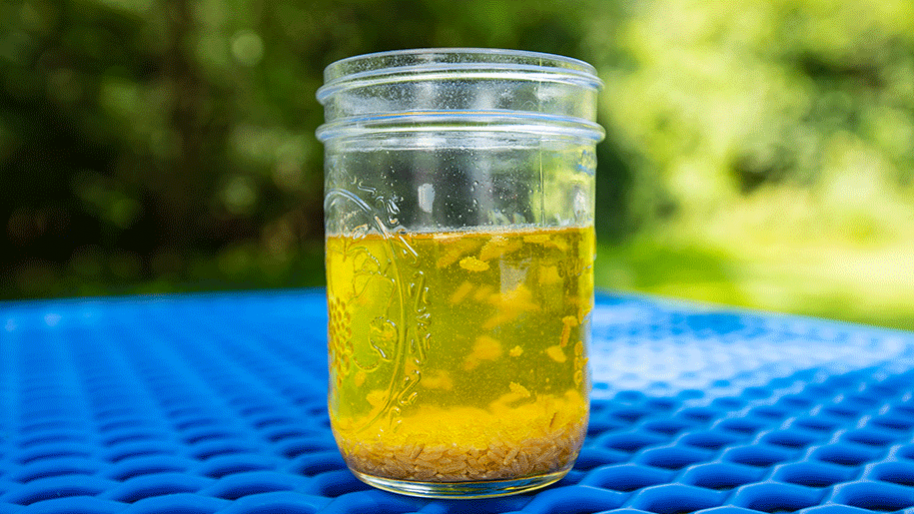
This fun and intriguing experiment demonstrates gas behaviors. To get their rice grains dancing, they’ll need to add vinegar to a mix of water, baking soda, and rice. What a nifty way to discover more about states of matter and gas production!
Learn More: Mott Children
55. Egg Drop Challenge
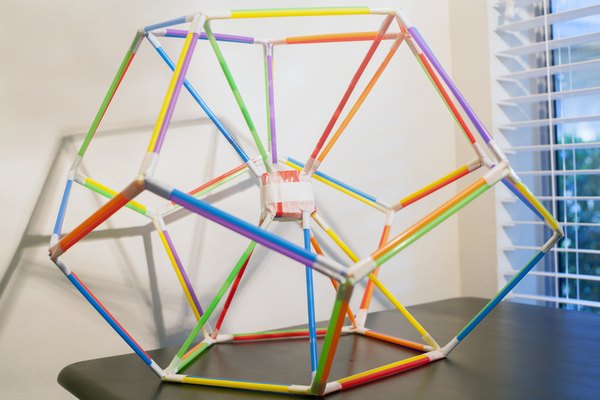
This isn’t just a fun science project- it’s a crash course in physics! Your students will need to construct a protective device to prevent an egg from cracking when dropped from a height. To do so they’ll need to think critically about concepts like gravity and force.
Learn More: Sciencing
56. Making a Sundial
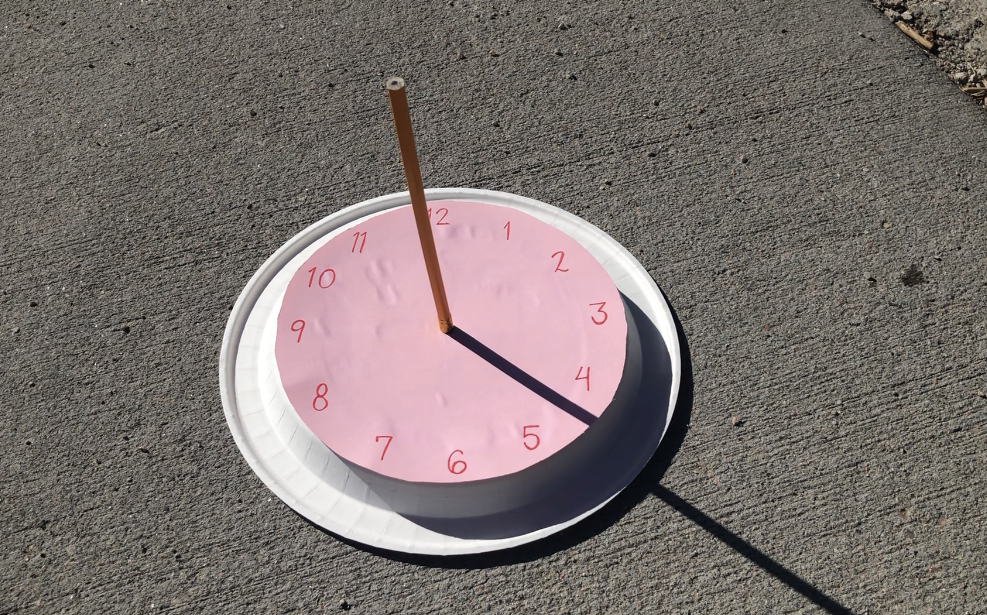
Step back in time as your students take a crack at this project! As they craft a sundial, one of the earliest tools for telling time, they’ll learn about Earth’s rotation and how it affects our understanding of time.
Learn More: KDVR
57. Crystal Growing Experiment
What’s more fascinating than watching crystals grow? Your students are sure to love taking this project on! If they do, they’ll transform into little geologists and learn more about how geological processes result in amazing structures.
58. Homemade Rain Gauge
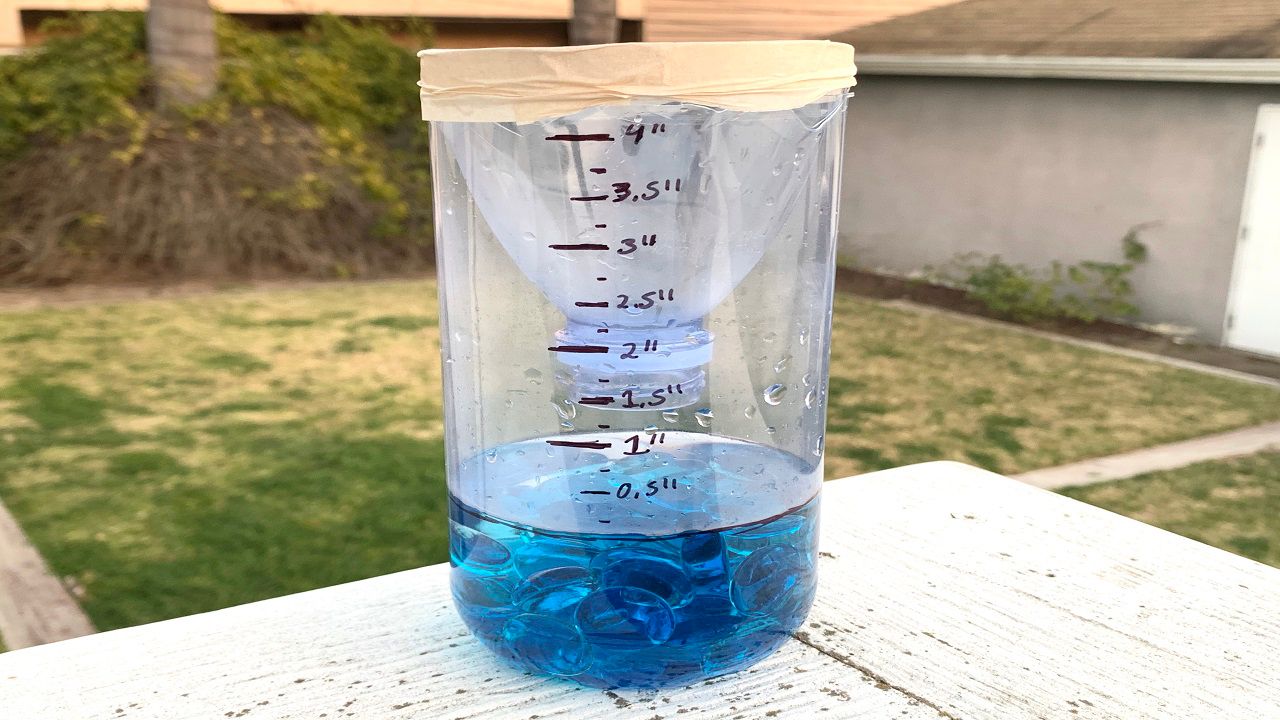
Who knew you could measure rainfall with a DIY tool? Students can build their own rain gauge and gain insights into the water cycle, precipitation, and the significance of data accuracy in science.
Learn More: Spectrum News
59. Sound Wave Experiment
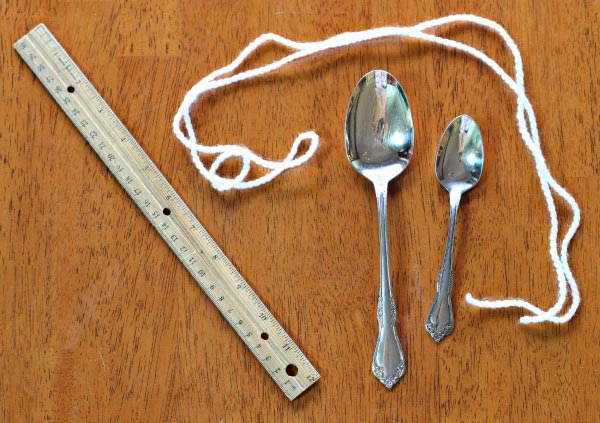
Have your students explore the fascinating world of sound waves using just a spoon and a string. In conducting this experiment, they’ll dive into learning about how vibrations create sound and how sound travels differently through various mediums.
Learn More: KC Edventures
60. Invisible Extinguisher
Fire and oxygen – a relationship your students will explore by putting a candle out without blowing on it. As they pose various hypotheses, they’ll discover the role oxygen plays in combustion and observe what happens when fire is deprived of it.
61. Growing Mold Experiment
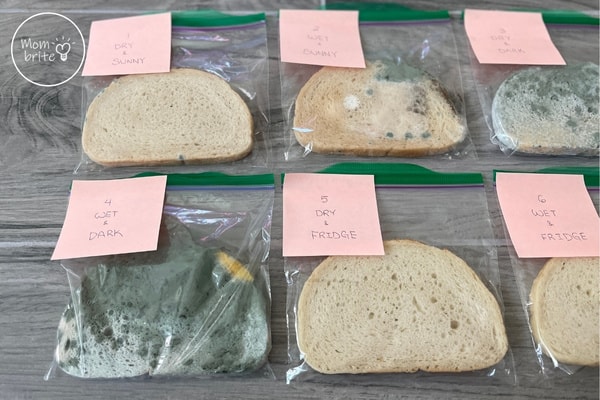
A slightly ‘yucky’, but fascinating experiment is to get your students to grow mold on different food items! This will provide them with insights into decomposition, microbial growth, and the importance of proper food storage.
62. Salt Water Desalination
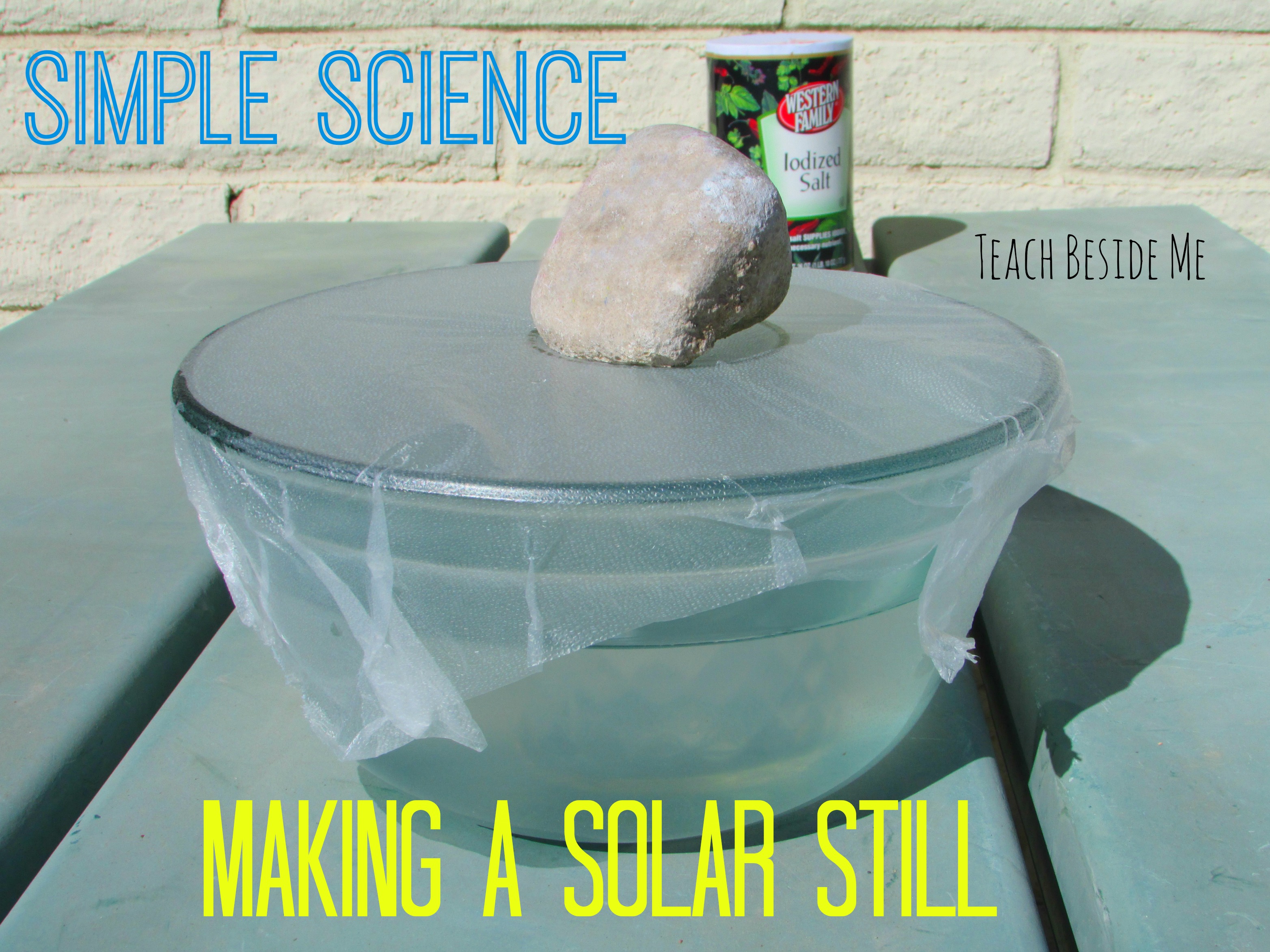
This experiment prompts your pupils to consider how they could solve the world’s water crisis. As they take on a desalination experiment, they’ll develop an understanding of the processes of evaporation, condensation, and the water cycle.
Learn More: Teach Beside Me
63. DIY Barometer
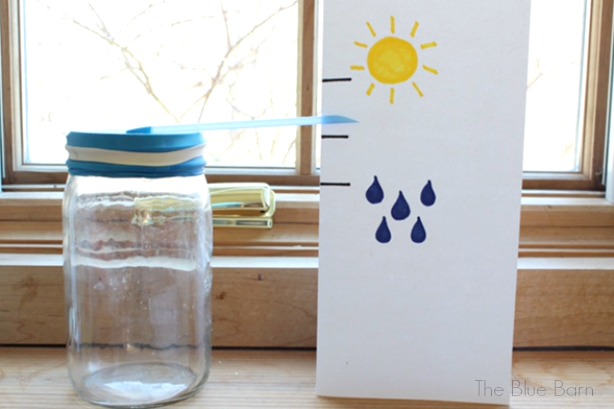
Bring the weather station into your classroom with a DIY barometer! This science project will help students understand atmospheric pressure and how it’s used for weather predictions. All they’ll need to get started is a glass jar, rubber band, doctor’s glove, tape, markers, paper, and a straw.
Learn More: Housing A Forest
64. DIY Wind Vane
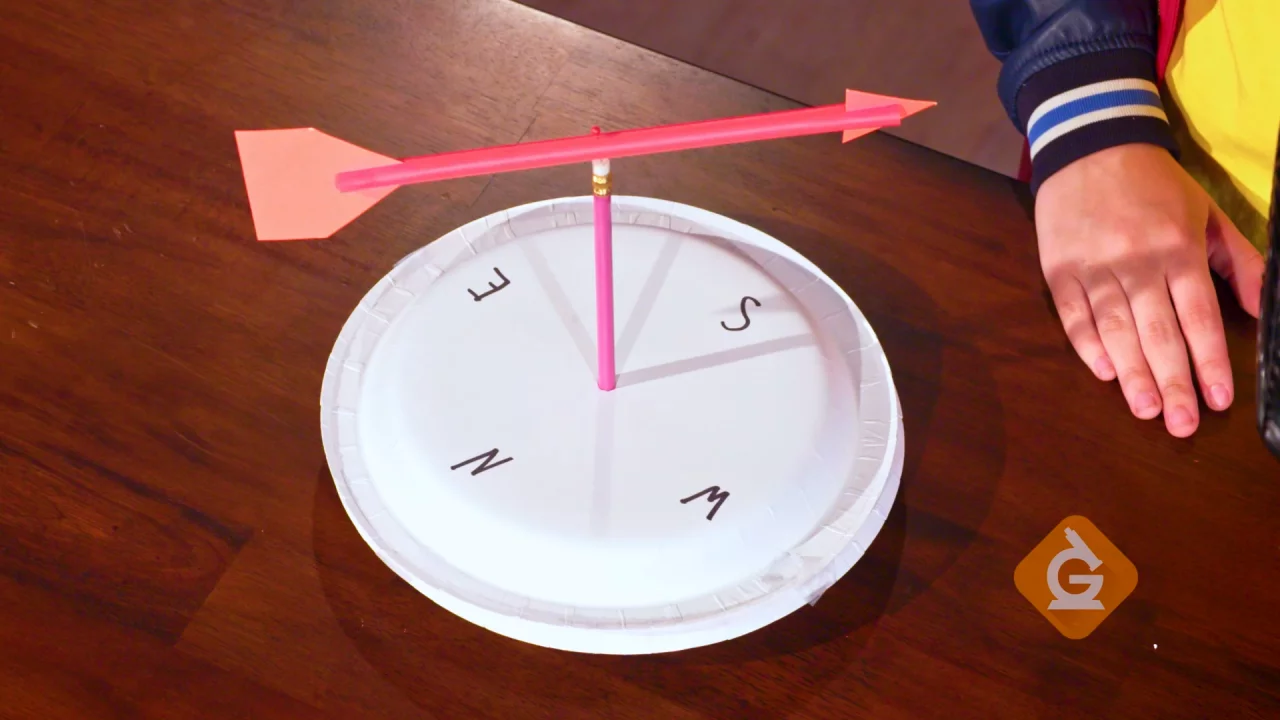
Learning about wind direction becomes an art project when your students create their own! This fun project combines weather patterns, creativity, and problem-solving.
Learn More: Generation Genius
65. Paper Chromatography
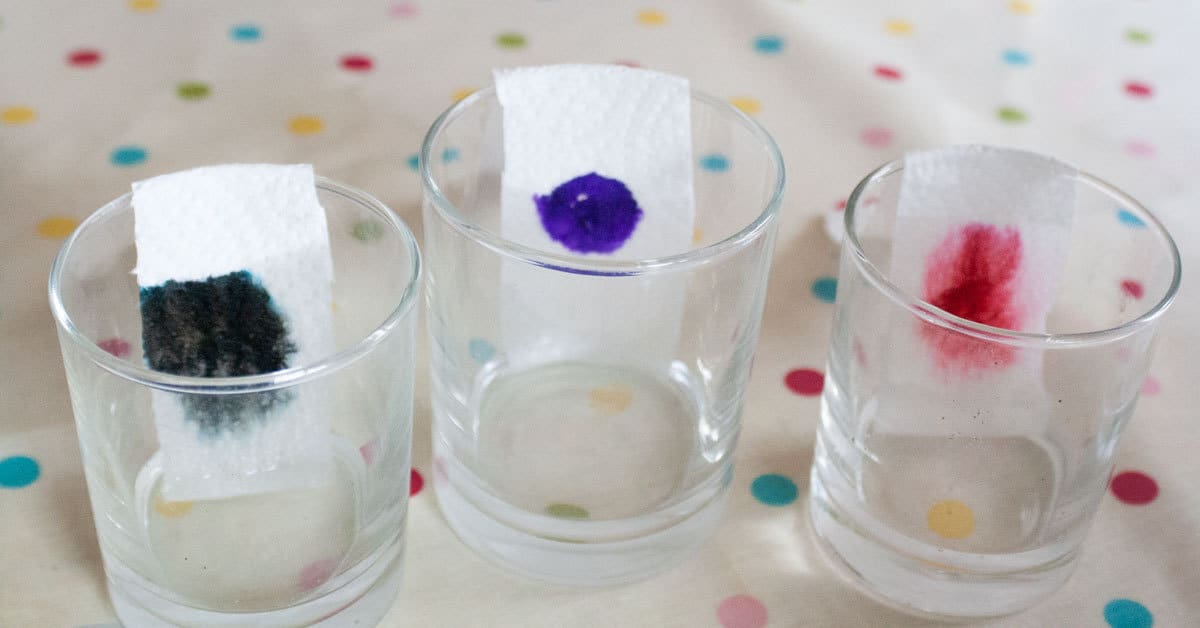
Using paper chromatography, your students will break down black ink into its component colors. This project allows them to develop an understanding of solubility and intermolecular forces.
Learn More: Rainy Day Mum
Science and STEM learning is best when it’s hands-on, and each of these experiments is a great example of this. Don’t forget to encourage your students to complete a write-up activity before and after each one to really push their scientific understanding.
Frequently Asked Questions
What is a good science project for a 5th grader.
A good science project should introduce students to new concepts, but with hands-on and exciting experiments. Take a look at the list above for the most exciting.
What are some easy experiments?
Each of the experiments that we have listed above requires very little setup and is easy to do in the classroom or at home. Plus, they all have proven results that will get your students interested in learning science, too!
The Edvocate
- Lynch Educational Consulting
- Dr. Lynch’s Personal Website
- Write For Us
- The Tech Edvocate Product Guide
- The Edvocate Podcast
- Terms and Conditions
- Privacy Policy
- Assistive Technology
- Best PreK-12 Schools in America
- Child Development
- Classroom Management
- Early Childhood
- EdTech & Innovation
- Education Leadership
- First Year Teachers
- Gifted and Talented Education
- Special Education
- Parental Involvement
- Policy & Reform
- Best Colleges and Universities
- Best College and University Programs
- HBCU’s
- Higher Education EdTech
- Higher Education
- International Education
- The Awards Process
- Finalists and Winners of The 2023 Tech Edvocate Awards
- Award Seals
- GPA Calculator for College
- GPA Calculator for High School
- Cumulative GPA Calculator
- Grade Calculator
- Weighted Grade Calculator
- Final Grade Calculator
- The Tech Edvocate
- AI Powered Personal Tutor
Teaching Students About Lytic Phages
Teaching students about environmental policy, as election looms, undocumented students worry, defending democracy, defending the university (opinion), opinion: the greatest challenge. penned a decade ago, still relevant, slightly modified., university chiefs partly to blame for funding woes – experts, morocco’s higher education sees 5.3% enrollment uptick, sets 2025 priorities, male success initiative of ssu advances students of color, everything in the budget for higher education, pursuit unlimited: odyssey beyond wars program helps veterans make the leap into higher education, 26 of the best 5th grade science projects and experiments.

Are you looking for science activities to do with your 5th graders? No sweat. We have you covered. Check out our list of 26 science projects and experiments that you can try with your 5th graders this month.
- Hand-Eye Coordination and Age | All-Science-Fair-Projects.com – Grades 2-5, Use a stopwatch and ping-pong ball to find out how hand-eye coordination changes as children get older.
- What Do Yeast Eat…and How Can You Tell? | Education.com – Grades 2-5, The objective of this project is to examine which foods yeast cells eat.
- How Do Antacids Work? | Biochemistry Discovery Lab – Grades 3-6, Simulate out how antacids work to treat heartburn by using fake stomach enzymes.
- Mice & Music | Hubpages.com – Grades 3-6, Find out if music affects the performance of mice in a maze.
- A Magnetic Primer Designer | Sciencebuddies.org – Grades 3-6 Biology project that utilizes magnets to mimic the process that scientists use to replicate DNA, using the polymerase chain reaction.
- Growing Bacteria in Petri Dishes | Stevespanglerscience.com – Grades 3-6 biology In this science fair project, you must find samples of bacteria from an assortment of surfaces to find the surfaces that are the dirtiest.
- Effects of Ozone on Plants and Health | Julian’s Science Fair – Grades 4-6, Environmental conditions can dramatically impact plant growth and germination. Does increased ozone stunt germination and plant growth? Grow some plants and find out.
- Making Batteries from Fruits and Vegetables | Sciencebuddies.org – Grades 4-7, Use veggie power to build a simple battery from a variety of vegetables. Which ones are the most powerful?
- How Water Beats Rock | Education.com – Grades 1-5, Discover how water is more potent than rocks. Experiment with ways that water can break the stone.
- Soil Type and Liquefaction | All-Science-Fair-Projects.com – Grades 1-5, Experiment with sand, clay, and loam and find out which type of soil dissolves most easily.
- Effects of Temperature and Humidity on Static Charges | Education.com – Grades 1-5, Use balloons, a rubber ball, and a scarf to investigate why those socks stick together when you take them out of the dryer and how conditions in the air affect static electricity.
- Dig This: Biodegradation | Education.com – Grades 2-6, How do organic materials become soil? This science experiment measures which materials biodegrade.
- Geology 101 | Education.com – Grades 2-6, Water carries lots of soil and minerals in a creek. In this project, you’ll examine the behavior of water and gravel in creek beds and the formation of sedimentary rocks.
- Geothermal Power Plant Model | Energyquest.ca.gov – Grades 3-6, Use a pinwheel and a can of boiling water to simulate geothermal power production. Determine how to generate the most energy from your “power plant.”
- Egg Substitutes | Sciencebuddies.org – Grades 3-6, Many people avoid eggs because of allergies or diet preferences. But eggs play a vital chemical function in baking and cooking. Evaluate the ability of egg substitutes to mimic their binding, leavening, or thickening properties.
- How Much Water is Required to Cook Pasta? | Sciencebuddies.org – Grades 3-6, We’re used to cooking our pasta in a big pot of boiling water. Do you actually need that much water, time, and energy to cook pasta? Perform some experiments to find out.
- Building the Best Bridge | Education.com – Grades 3-6, This project helps students develop an understanding of architecture and engineering through experimentation of which shapes are the most structurally strong.
- Rubber Bands for Energy | Sciencebuddies.org – Grades 3-6, Put the energy of rubber bands to work and learn about the relationship between potential and kinetic energy.
- Properties of Pendulums | Illinois Institute of Technology – Grades 3-6, Pendulums have been used for timekeeping for hundreds of years. Find out how changes in mass and length affect the oscillation of a pendulum.
- Bust That Rust! | Education.com – Grades 3-10, Investigate the chemistry of rust and the oxidation process. Younger students will use steel wool, water, salt, and vinegar. Older students will explore the chemistry of rust.
- Wind Around the Home | Education.com – Grades 4-6, Learn about wind speed and duration and different locations around your home. Determine the best site(s) for a windmill.
- Arch Magic: The Unbreakable Egg | Education.com – Grades 4-7, Tell you, folks, tonight is a good night for an egg dinner. Use the eggshells to explore how arches distribute weight. Demonstrates the power of arches by asking students to pile telephone books on top of eggs without damaging them.
- How a Comet’s Size Affects How Fast It Melts | Sciencebuddies.org – Grades 4-7, Comets are often compared to giant, dirty snowballs, and the comet tail you see in the sky is evidence of melting. In this project, you’ll use figure out how the size of a comet affects its melting rate.
- Make an Electromagnet | Energyquest.ca.gov -Grades 4-7, Learn how to create an electromagnet from batteries, wire, and a knife switch. How does changing to kind of batteries used affect the power of your
- Bombs Away! A Ping Pong Catapult | Science Buddies.org – Grades 4-7, They fly through the air with the greatest of ease. Find ways to put a ping pong ball accurately on target time after time.
- The Mechanics of Carnival Games | Sciencebuddies.org – Grades 5-8, Find out why those carnival games are so hard. Learn the fundamental laws of science that help the concessionaires engineer the games in their favor.
Improving Deaf Children’s Education
Ph.d. vs. ed.d., which one is right ....
Matthew Lynch
Related articles more from author.

Station Ideas You’ll Want for Your STEAM Classroom

5 Ways to Strengthen Early STEM Learning

Online Courses that Teach STEAM Skills
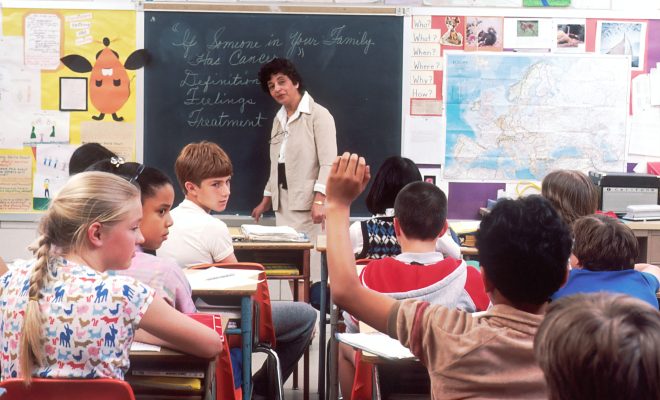
Let Us Help You Promote Your Education Related Product!
What the heck is stem (and eight other questions you might be too embarrassed to ask.).

The Truth About STEAM Classes
- situs togel online
- situs toto 4d
- situs toto slot
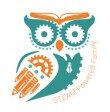
Science Experiments for 5th Graders
5th Grade is a fantastic age to do science. The kids are old enough to start doing some projects independently and they have an insatiable curiosity and passion for learning. Especially when it is hands on experiments with great wow factor! These science experiments for 5th graders will inspire curiosity, spark a passion for learning, and excite young scientists. If you are working on lesson plans for your grade 5 students (or 5th year), here are some of our top picks!
The Best Science Experiments for 5th Graders
What you will discover in this article!
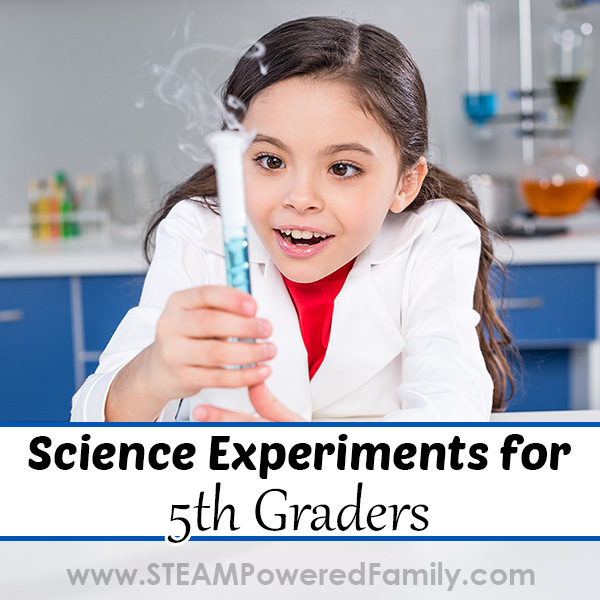
Although the topics covered in 5th grade vary based on where you are in the world, there are some consistent themes that are commonly covered at this age. We’ve looked into syllabuses from all over and came up with this list of topics that appear most often. These themes include lesson plans around:
- Earth and Space
- Lifecycles (plants and animals)
- The human body
- Electricity
- Chemistry (such as crystallization)
- States of Matter
Scientific Method
Phew! That’s a lot! But trust me, it can also be fun! Plus this is based on reviewing school curriculums all around the world. You don’t need to tackle all of these subjects. Or maybe you do if you have a passionate young scientist!
Based on this list of topics I have gathered up some of our favourite science experiments (and STEM projects) that are perfect for adding to your 5th grade science lessons.
5th Grade Science Project Ideas
Oobleck states of matter exploration.
Oobleck is always a hit with kids! We have done a lot of different Oobleck experiments over the years. One of our favourites was a science fair style investigation which also worked on the sense of touch (learning about the body), as we explored different recipes and evaluated how the texture varied with each recipe. But that is just one of many awesome Oobleck ideas we have done. Check them out!
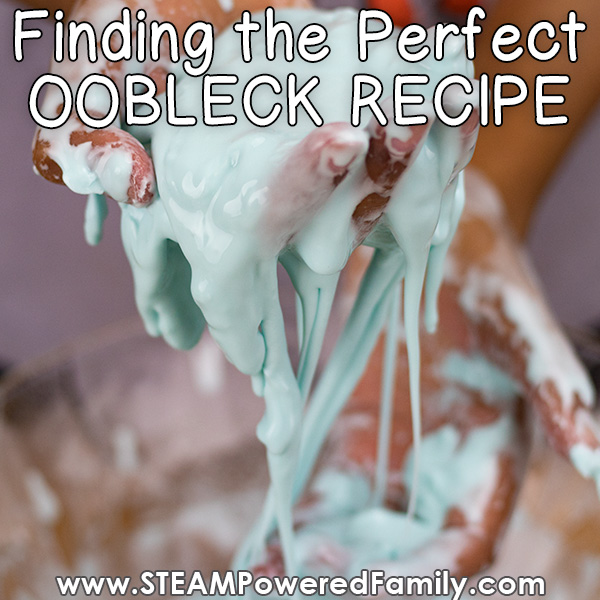
Growing Crystals (Chemistry)
Growing crystals is a great way to introduce students to lab work and chemistry. Usually before this age they have already played around with the basic baking soda and vinegar type reactions , but if they haven’t definitely add those into the mix too. For crystals growing there are lots of different ways to grow crystals. Some use borax which is not available in some countries, but we also have crystal growing options using other solutions such as alum, salt or sugar! With sugar crystals (candy science), you can also explore taste, which ties into the human body studies too.
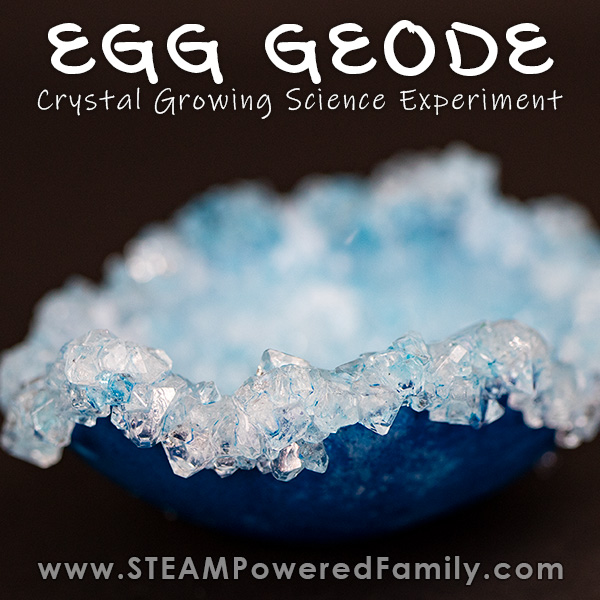
Building a Heart Model
Learning about the human body is fascinating and important. We want kids to understand their bodies, how they work, and how to properly care for their bodies. One of our favourite body learning activities was building a heart model that we made beat and move “blood” around. It was a great project for 5th years!
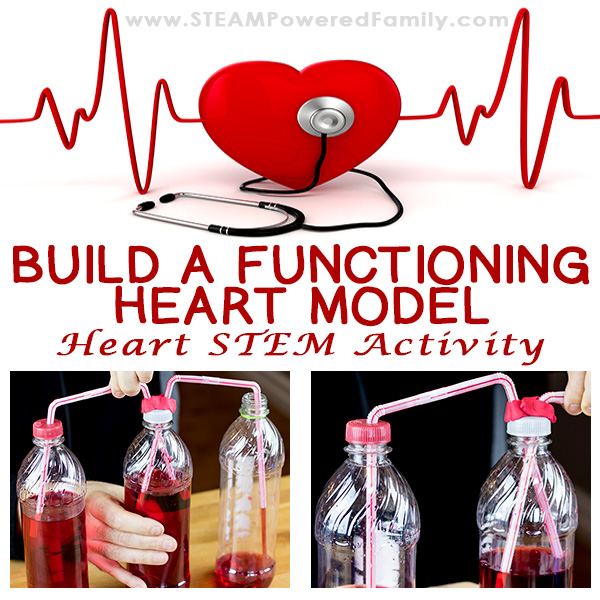
Windmill (STEM Project)
I love when I can combine a great science project with a fantastic book. If you decide to try a windmill engineering challenge (a brilliant STEM Project for 5th grade) there is a fantastic book called The Book Who Harnessed the Wind. This unit study is fantastic because it brings together literacy/reading, history (it’s a true story) plus engineering and physics lessons. The book is a great read with multiple levels of difficulty available.
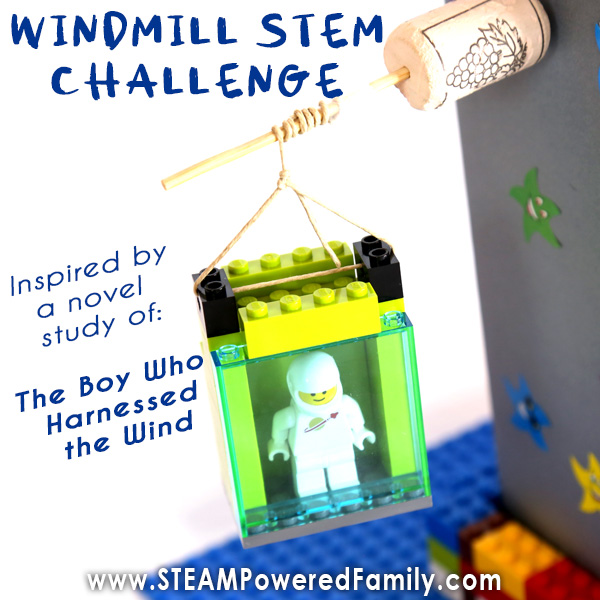
Elephant Toothpaste
Elephant Toothpaste is a great science experiment for grade 5 that explores chemistry, biology, and states of matter. Plus it is a lot of fun for students!
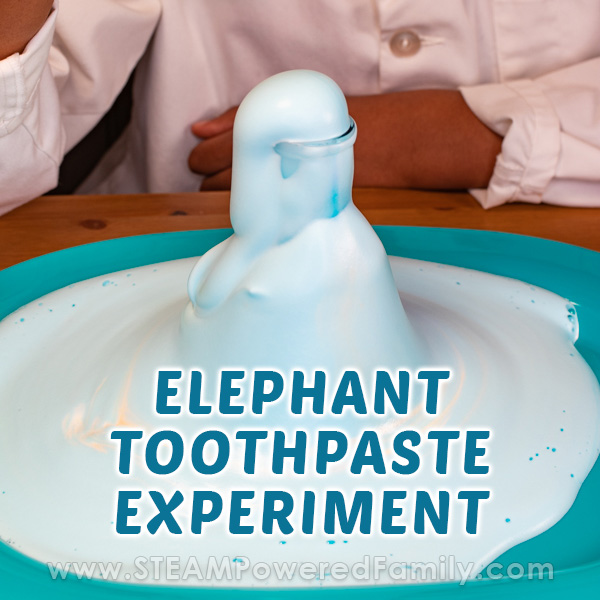
Space Projects
Space is a fantastic topic to tackle with 5th graders! They love learning about the stars, planets and and our place in the universe. We have been obsessed with our space studies for many years and have compiled a great resource with tons of space related science experiments , all perfect for 5th grade! My personal favourite is the pipe cleaner constellations and the space inspired bath bombs!
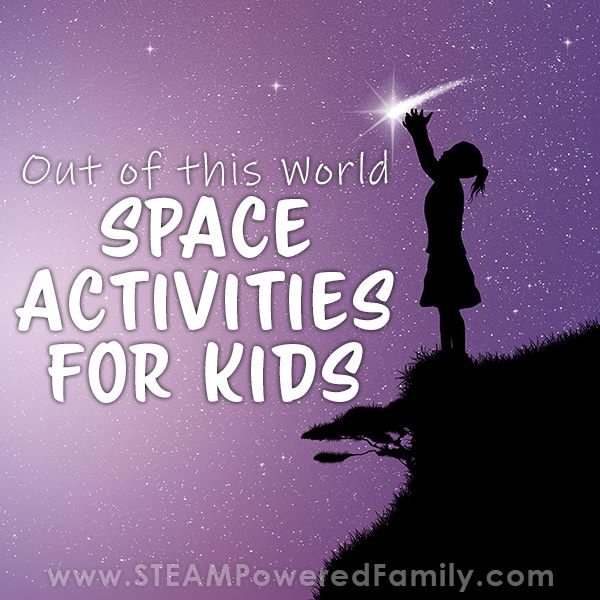
Coding Challenges
Coding is the second language of today and the future and something all kids should explore and learn. It can be intimidating to teach coding if it is not something you are familiar with, but thankfully there are a lot of programs and options out there to help kids learn coding. We have a number of screen free options, plus there are programs, toys and more all designed to make learning coding fun and easy!
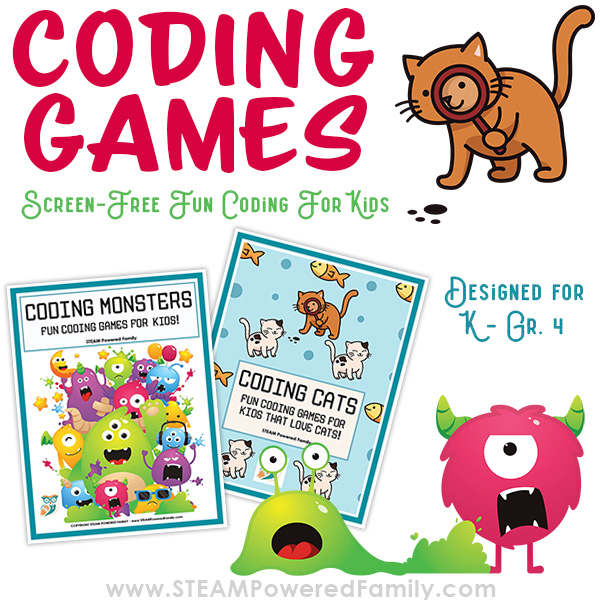
Circuit Building
Light it up! Kids in grade 5 are the perfect age to build circuits and learn how electricity works. From salt circuits, to circuits built with food, to circuit bugs, there are so many cool options for you to explore.
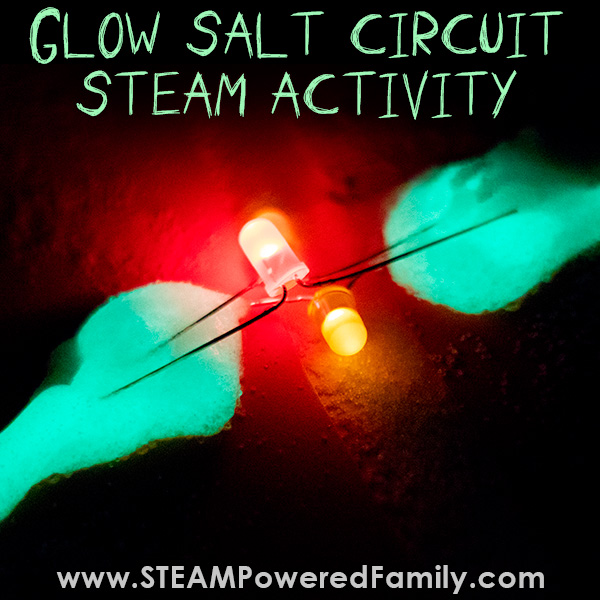
Wingardium Leviosar
Magnets are fascinating for kids and a great tool for doing some simple science experiments. One of our favourite science experiments we did in grade 5 tied into the Harry Potter books, Wingardium Leviosar Magnetism Experiment . Making this another fun cross subject activity!
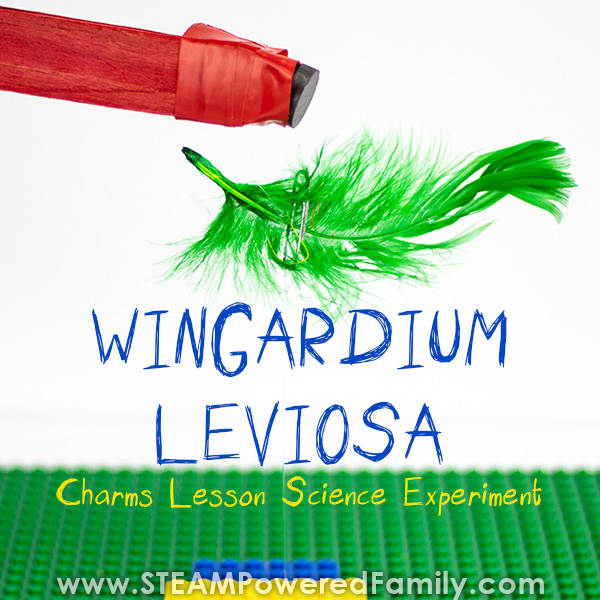
Water Science
Water is an incredible tool for doing science experiments with liquids in 5th grade. You can use it to study states of matter, physics, chemistry, and more. It is readily accessible, safe for kids and the experiments are a ton of fun! We have done lots of experimenting with water science over the years. Check out our comprehensive resource on Water Science Projects for the perfect experiment for your studies.
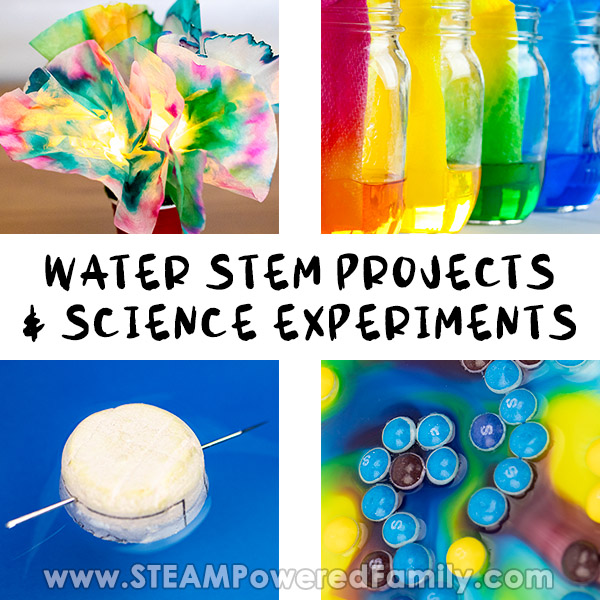
Make It Move
Make it Move is a fantastic classroom challenge, where kids need to innovate and come up with ways to make their car race across a track or table without pushing it! Give them a variety of supplies and a matchbox car, then watch those imaginations go wild.
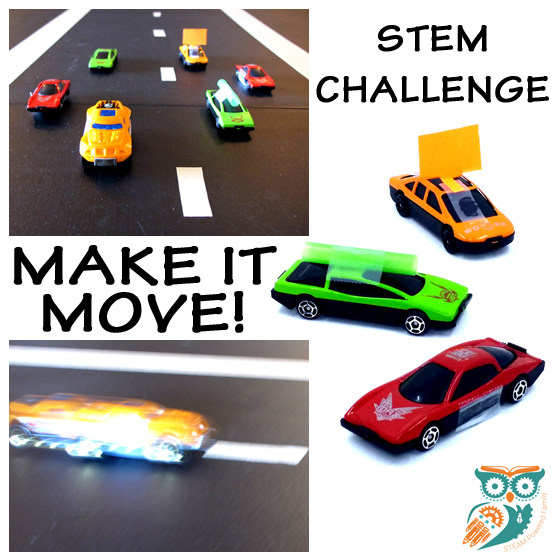
Balloon Races
A wonderful activity for introducing physics concepts to kids in 5th year is balloon races . It gets them up and moving and having a blast exploring these fundamental concepts around Newton’s Laws of Motion. Budget friendly, fun and perfect for home or the classroom, this is one activity you must do!
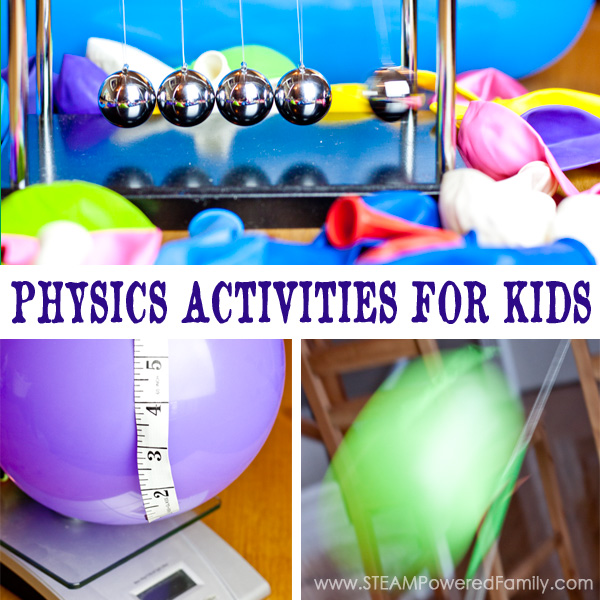
Layers of the Earth Soap
Learning about the layers of the Earth with this soap making project is a great way to explore our gorgeous planet. Plus, every time the kids wash their hands they will remember the lessons on the planet layers, helping to reinforce those concepts.
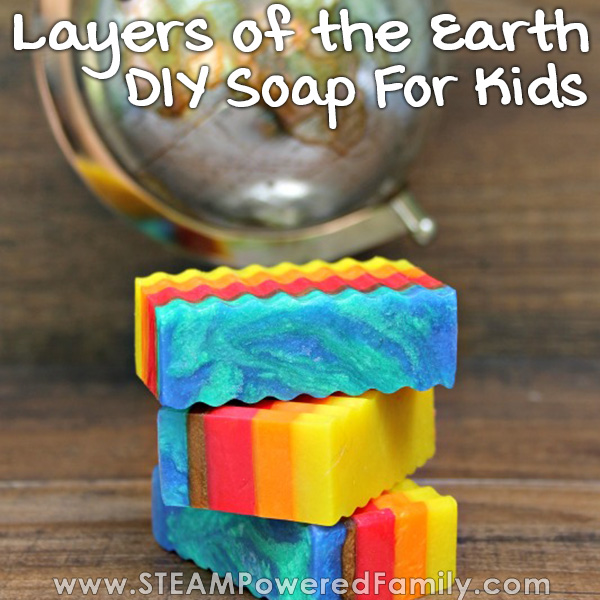
Climate Change and the Greenhouse Effect
Students will gain a greater understanding of the water cycle, climate change and the way greenhouse gases capture and hold heat in this experiment in a jar . Fantastic as an experiment, science fair project, or a classroom demonstration.
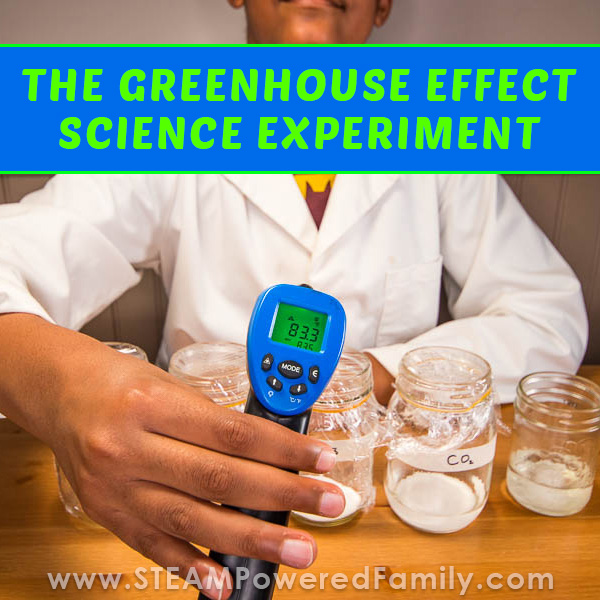
Lifecycle Activities
Learning about lifecycles is a very popular topic for our 5th grade students. We have a fun Lifecycle Decoding Activity that is perfect for some screen free learning. Plus it combines coding skills with learning about lifecycles.
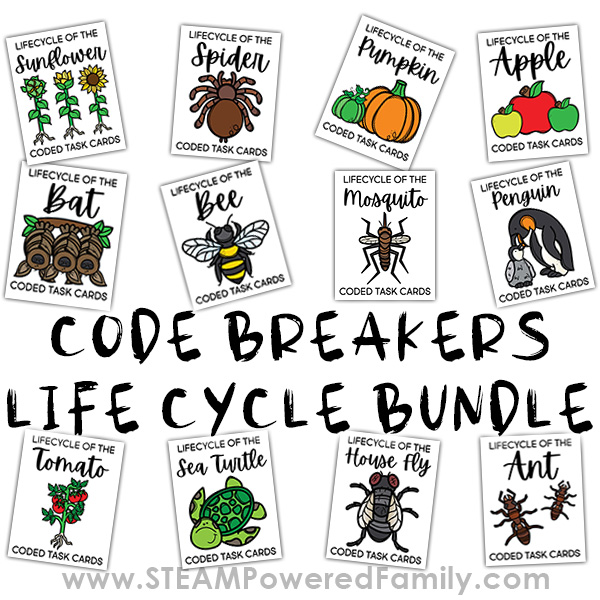

Rain Clouds
Looking for a gorgeous, simple, and fairly quick experiment? Try this Rainbow Rain Clouds experiment and learn how clouds work when it rains. It’s easy, fast and kids can do this experiment independently.
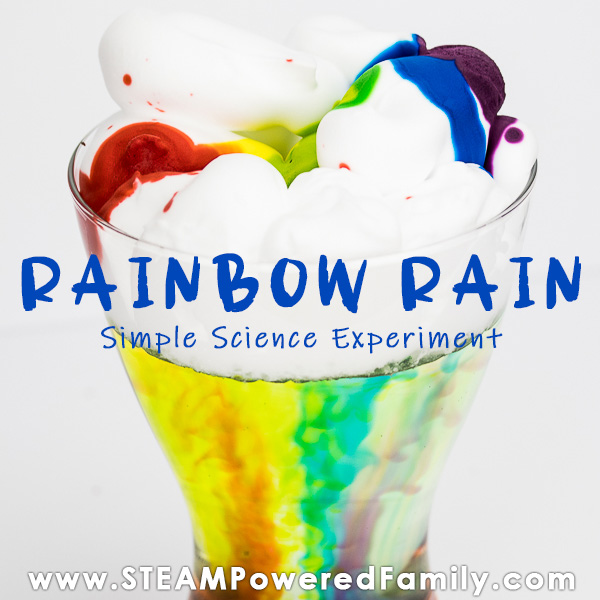
One of the key concepts kids should be learning not just in grade 5 but throughout their schooling is the Scientific Method . Using the method should become natural and easy with practice and encourages critical thinking and analysis which is important for all students to master.
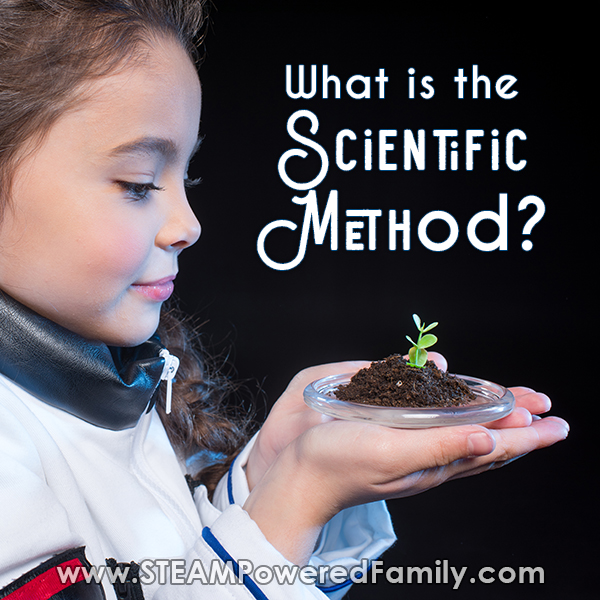
The Science Fair
Grade 5 is a very popular grade for science fair projects! We LOVE doing science fair projects and have so many ideas. Check out our comprehensive resource to find the perfect science fair project idea. We also provide tips on how to prepare, what to expect, and topic ideas.
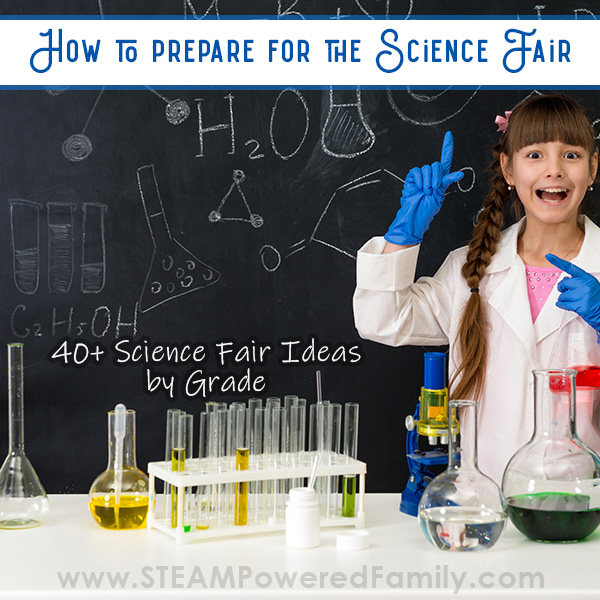
Grade 5 is a wonderful year for science experiments and hands on learning. Enjoy these top picks for Science Experiments for 5th Graders.
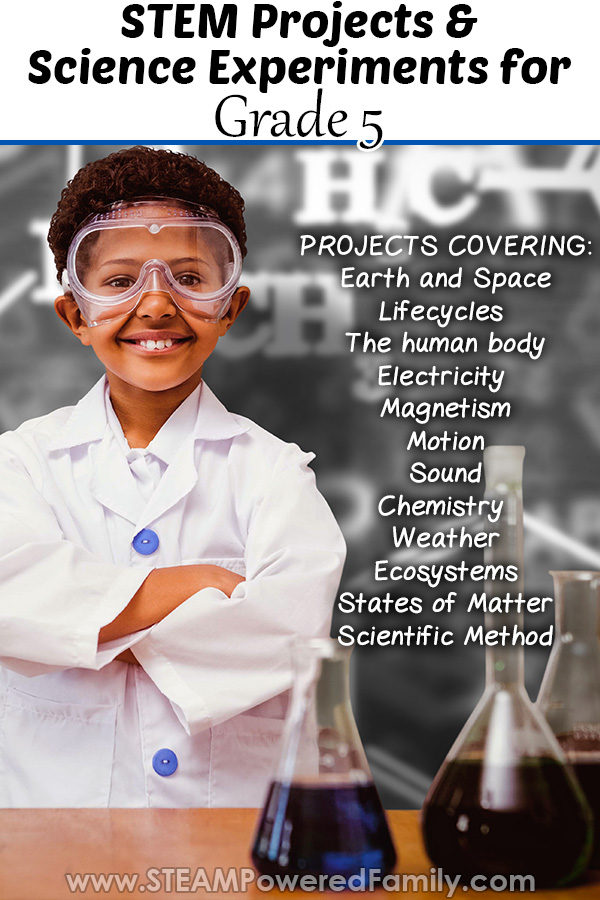
More Science Ideas
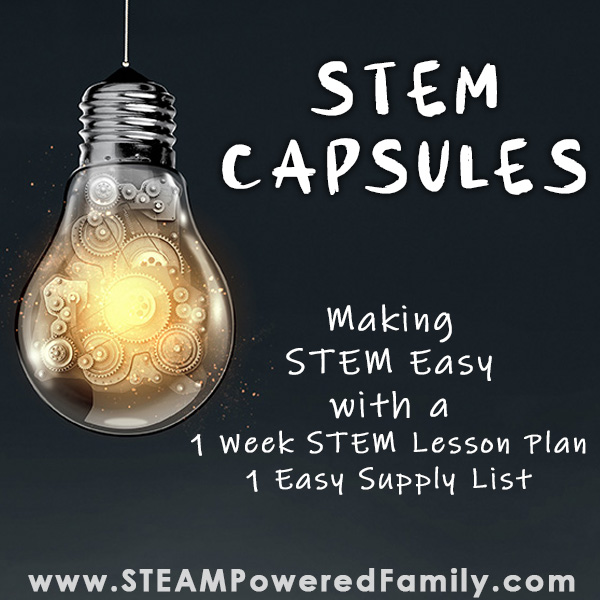
5 Days of Smart STEM Ideas for Kids
Get started in STEM with easy, engaging activities.
Get Your ALL ACCESS Shop Pass here →
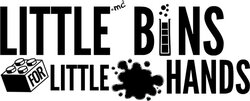
20 Fun and Easy 5-Minute Science Experiments for Kids
Let’s go for the instant wow with fantastic, mind-blowing experiments! These 5 minute science experiments are a fantastic way to introduce science concepts to kids of all ages. Each activity is easy to set up with everyday materials and perfect for a quick mini-lesson!

5 Minute Easy Science Experiments
Below, you’ll find 20 fun, 5 minute science experiments ideal for grades K-5 . They’re simple enough for younger kids but can be adapted for older kids, making them great for mixed-age groups. Plus, I’ve added tips to make science with kids even easier! These might seem like magic tricks, but plenty of fantastic science is involved.
💡 For younger kids (kindergarten to 2nd grade) , the focus should be on making the activities simple, fun, and visually engaging while introducing basic scientific concepts in easy-to-understand terms.
💡 For older kids (3rd to 5th grade) , you can add science vocabulary surrounding the explored concept, such as surface tension, reaction rates, density, and solubility. Each of the experiments below will further explain the science behind the experiment.
1. Magic Milk Experiment
Grade Level : K-5 Pour whole milk into a shallow dish and add a few drops of food coloring near the center. Dip a cotton swab in dish soap and touch it to the milk’s surface. Watch as the colors swirl and dance around! This experiment introduces the concept of surface tension and the role of fat molecules in milk.
2. Balloon and Static Electricity
Grade Level : K-3 Rub a balloon or wool on your hair, then use the static charge to move small paper pieces or bend a stream of water. It’s a simple way to introduce static electricity and how charges interact.
3. Dancing Raisins
Grade Level : K-3 Drop raisins into a glass of soda and watch them “dance” as carbon dioxide bubbles lift them to the surface. This fun experiment introduces buoyancy and gas behavior.
4. Baking Soda and Vinegar Reaction
Grade Level : K-5 Mix baking soda and vinegar for an instant fizzing reaction! It’s a great introduction to chemical reactions between acids and bases; kids love the bubbly effect.
5. Paper Towel Chromatography
Grade Level : 2-5 Draw circles with washable markers near the bottom of a paper towel, dip the edge in water, and watch as the colors separate. It’s an easy way to explore how different molecules move through a material.
6. Skittles Rainbow
Grade Level : K-3 Arrange Skittles in a circle on a plate and pour warm water in the middle. Watch as the colors dissolve into a beautiful rainbow. This is a simple way to show how solubility works.
7. Lava Lamp Experiment
Grade Level : 3-5 Mix oil, water, food coloring, and an effervescent tablet in a glass to create a bubbling lava lamp effect. This experiment introduces the concept of immiscible liquids and gas formation.
8. Invisible Ink
Grade Level : 3-5 Write secret messages with lemon juice, then reveal them by holding the paper near a light bulb. This fun activity introduces how heat can cause chemical changes.
9. Soap-Powered Boat
Grade Level : K-3 Cut a small boat shape from cardstock, place it on water, and add a drop of dish soap. Watch it zoom across the surface as soap reduces the water’s surface tension.
10. Pepper and Water Trick
Grade Level : K-5 Sprinkle pepper on water, then dip a soap-covered finger into it. The pepper scatters as the soap breaks the surface tension. This is a fun way to show how molecules behave in water.

11. Blowing Up a Balloon with Baking Soda and Vinegar
Grade Level : K-5 Using a bottle, baking soda, vinegar, and a balloon, show how the chemical reaction creates gas that fills the balloon. This is an easy and exciting way to visualize gas production during a reaction.
12. Screaming Balloon
Grade Level: 2-5 Make a balloon scream! Blow up a balloon and place a hex nut inside, then spin the balloon in a circular motion. The nut makes a “screaming” noise as it vibrates inside the balloon, introducing kids to sound waves and vibration. This experiment is a quick and fun way to explore how sound is created by movement and interaction with objects.
13. Penny Drop Water Experiment
Grade Level : 2-5 Using a penny, a dropper, and water, see how many drops of water can fit on a penny before spilling over. This simple experiment demonstrates surface tension and cohesion.
14. Rubber Band Sound Experiment
Grade Level : K-3 Stretch rubber bands around an empty tissue box and pluck them to make different sounds. Discuss how the tension of the bands affects the pitch, introducing the basics of sound waves.
15. Cloud in a Jar
Grade Level : 3-5 Fill a jar with hot water, then spray hairspray inside and cover it with ice cubes. Watch as a cloud forms inside the jar. This activity introduces kids to the concept of condensation and how clouds form.
16. Toothpick Star Experiment
Grade Level : 1-5 Bend toothpicks and arrange them into a star shape. Add a few drops of water to the center, and watch the star “magically” open! For younger kids, focus on the fun shape change, and for older students, explain how the water moves through the toothpicks by surface tension , making the star expand.
17. Density Jar Column
Grade Level: 3-5 Pour layers of different liquids, such as honey, dish soap, water, oil, and rubbing alcohol, into a clear glass, being careful not to mix them. Watch as each liquid forms a distinct layer based on its density. Kids can then drop small objects, like beads, into the column to see which layers they float or sink in.
18. Egg in a Bottle
Grade Level: 3-5 This classic experiment demonstrates air pressure and how temperature changes can create a vacuum effect, drawing the egg into the bottle.
19. Homemade Slime
Grade Level: K-5 This hands-on experiment demonstrates how chemical bonds form when ingredients react to create a stretchy, non-Newtonian substance. Kids can explore how adding more or less saline solution affects the slime’s texture, providing a fun introduction to polymers and chemical reactions
20: Water Refraction Experiment
Grade Level: K-5 This simple experiment introduces kids to the concept of refraction—how light bends as it passes through water. For older students, you can discuss how light changes speed when it moves from one medium (air) to another (water), creating the illusion of a reversed image.

Tips for Doing Science with Kids:
💡 Want to Do More than 5 Minutes? Add in the scientific method , choose variables , and create a hypothesis .
Printable Science Projects For Kids
If you’re looking to grab all of our printable science projects in one convenient place plus exclusive worksheets and bonuses like a STEAM Project pack, our Science Project Pack is what you need! Over 300+ Pages!
- Bonus Quick Grab Packs for Biology, Earth Science, Chemistry, and Physics
- 90+ classic science activities with journal pages, supply lists, set up and process, and science information. NEW! Activity-specific observation pages!
- Best science practices posters and our original science method process folders for extra alternatives!
- Be a Collector activities pack introduces kids to the world of making collections through the eyes of a scientist. What will they collect first?
- Know the Words Science vocabulary pack includes flashcards, crosswords, and word searches that illuminate keywords in the experiments!
- My science journal writing prompts explore what it means to be a scientist!
- Bonus STEAM Project Pack: Art meets science with doable projects!

Leave a Reply
Your email address will not be published. Required fields are marked *

Subscribe to receive a free 5-Day STEM Challenge Guide
~ projects to try now ~.
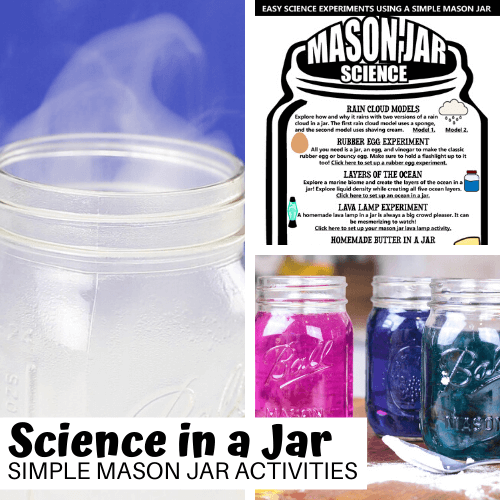
- FREE Worksheets
- Preschool Mega Bundle
- Sight Words Mega Bundle
- Alphabet Bundle
- Tracing Bundle
- Shapes Bundle
- I Spy Bundle
- Do-A-Dot Bundle
- Colors Bundle
- Matching Bundle
- Counting Bundle
- Word Walls Bundle
- Q-Tip Painting Bundle
- Kindergarten
- Language Arts
- Social Studies
- St. Patrick's Day
- Thanksgiving
- Valentine's Day
- Sight Words
- Letter Recognition
- Number Recognition
- Pattern Recognition
- Subtraction
- Bulletin Board Accents
- Bulletin Board Borders
- Bulletin Board Letters
- Bulletin Board Paper
- Bulletin Board Sets
- Bulletin Board Storage
- Posters & Charts
- Chalkboard Toppers
- Two-Sided Decorations
- Window Clings
- Magnetic Accents
- Magnetic Borders
- Magnetic Letters
- Magnetic Labels & Name Tags
- Magnetic Sets
- Bulletin Board Ideas
- Storage Bins, Boxes & More
- Chair Pockets
- Library Pockets
- Activities, Cards & Mats
- Flash Cards
- Pocket Charts
- Chart Paper & Stands
- Educational Posters
- Certificates & Diplomas
- Incentive & Reward Charts
- Stamps & Stamp Pads
- Whiteboard Supplies
- Chalkboard Supplies
- Hall Passes
- Name Plates
- Children's Books
- Plan & Record Books
- Resource & Activity Books
- Construction Paper
- Craft Paper
- Drawing Paper
- Colored Pencils
- Craft Sticks
- Glue & Adhesives
- Wiggle Eyes
- AccuCut Die Cutting
- Ellison Die Cutting
- Sizzix Die Cutting
- Die Cutting Machines
- Dies & Die Sets
- Starter Sets
- Dough & Clay Tools
- Modeling Materials
- Paint Brushes
- Aprons & Smocks
- Post-It & Sticky Notes
- Clips & Fasteners
- Staplers & Staples
- Tape & Dispensers
- Rulers & Measuring
- Binders & Accessories
- Desk Organizers & Accessories
- Filing & Folders
- Labels & Labeling
- Printer Paper
- Filler Paper
- Index Cards
- Pencils & Accessories
- Highlighters
- Correction Fluid & Tape
- Pretend Play Sets
- Pretend Food
- Sports Accessories
- Sports Sets
- Tricycles & Ride-Ons
- Bulletin Boards
- Chalkboards
- Dry Erase Boards
- Alphabet Rugs
- Carpet Squares & Circles
- Circle Time & Seating Rugs
- Daycare Rugs
- Preschool Rugs
- Physical Education
- Trend Enterprises
- Carpets for Kids
- Carson Dellosa
- Teacher Created Resources
- Foundations
- Creative Teaching Press
- McDonald Publishing
- Joy Carpets
- Learning Resources
- Ashley Productions
- Scholastic Teaching Resources
- North Star Teacher Resources
- Barker Creek
- Hygloss Products
- All Popular Brands
- Shop by Theme
- Your Account
- Science Fair Projects
- Grade 3rd Grade 4th Grade 5th Grade 6th Grade 7th Grade 8th Grade 9th Grade 10th Grade
- Topic Aerodynamics Behavioral & Social Science Chemistry Electricity Energy Food Geology Human Biology Life Science Memory Microbiology Physical Science Physiology Plants Psychology Sports Zoology
- Supplies Experiment Kits Project & Display Boards
- All Science Fair Projects
5th Grade Science Fair Projects
Narrow your search.
- Aerodynamics
- Behavioral Social Science
- Earth Environmental Science
- Electricity
- Engineering
- Food Science
- Human Biology
- Life Science
- Microbiology
- Physical Science
- Water Cycle
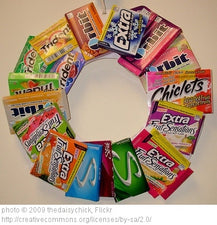
- Which Gum Brand Lasts the Longest?
Chewing gum; while flavor is key when purchasing a pack of gum, another impo...
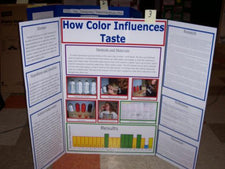
- Can Our Eyes Fool Our Taste Buds?
Photo Source: Rowan Frances Ever wonder if what we see influences our per...
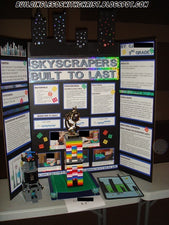
Built To Last - Exploring Skyscraper Design wit...
Photo Source: buildinglegoswithchrist.blogspot.com Ever wonder what it take...
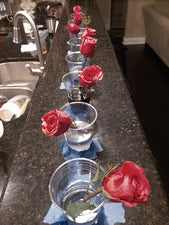
Beautiful Blooms: What Makes A Flower Last the ...
Photo Source: thebottomlessbag.blogspot.com Bouquets of beautiful blooms ar...
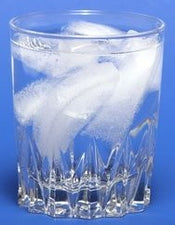
Does the Shape of an Ice Cube Affect How Quickl...
As Christine, Selah Junior High School student, watched the ice cubes in her ...
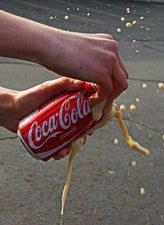
Shake It Up! - Which Soft Drink Spews The Most ...
Photo Source: blog.lib.umn.edu/paldr001/myblog/ We've all made the unfortun...
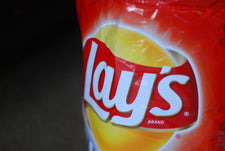
How Greasy Are Your Potato Chips?
Photo © 2010 espensorvik, Flickr If you've ever eaten a serving of chips, i...
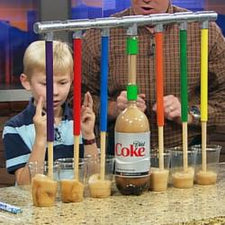
- Mentos + Diet Coke - Pour Six Sodas At One Time!
Photo Source: stevespanglerscience.com Did you know you could harness the r...
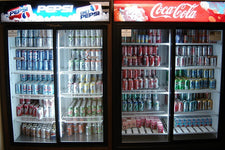
Which Soft Drink is the Worst for Your Teeth?
Photo © 2006 Flickr, Rex Sorgatz We've all heard that consuming too much so...

- Keeping Drinks Hot
Whether you're a coffee, tea, or cocoa drinker, if you plan to enjoy a hot be...
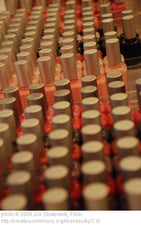
Nail Polish: Price vs. Quality
Ever wonder how drug store brand nail polishes stack up to salon quality pro...
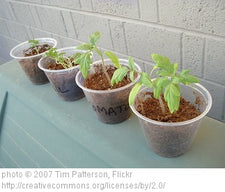
- Recycled Water - Does It Effect Plant Growth?
For students interested in botany, ecology, and recycling, this science fair ...

Hydroponics - What is the Best Liquid for Germi...
Photo Source: www.kew.org If your upper elementary/middle school student is...
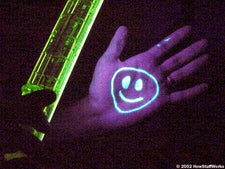
All That Glows - Exploring Fluorescence
Photo Source: howstuffworks.com Black lights are not only neat, they can ac...
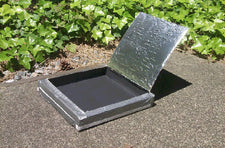
Pizza Box Solar Oven
Photo Source: Simon Fraser University If you're interested in cooking and a...
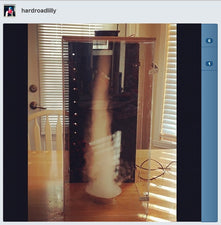
Tornado in a Box
Photo Source: instagram.com | hardroadlilly We were inspired by this Instag...

- Harnessing the Sun's Rays for Cooking
Solar energy is a low-cost technology that can be used to heat homes, power ...

Does Eye Color Affect Peripheral Vision?
Photo © 2009 Mikleman, Flickr Reading a book. Riding a bike. Driving a car....

Video Games and Your Heart Rate
Photo ©2011 Microsoft Sweden, Flickr Perfect for the upper elementary/early...

How Clean is the Air You Breathe?
While it may seem to the naked eye that the air we breathe is clean and clea...

Music To My Heart
Photo © 2008 Fe Ilya, Flickr Ever wonder if different styles of music affec...
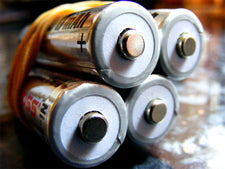
Making Batteries from Fruits & Vegetables
Photo © 2008 Rob Nunn, Flickr Did you know that you can use real fruits and...

Egg in a Bottle
Photo © 2006 RatRanch, Flickr This egg in a bottle project from Science Fai...
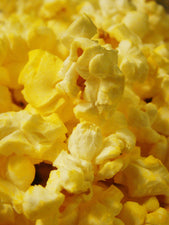
Fun with Popcorn - Which Brand Pops the Most Ke...
Photo ©2009 Vegan Feast Catering, Flickr Talk about having the best-smellin...

Font and Memory
Class syllabuses. Handouts. Lecture notes and presentations. Throughout the ...
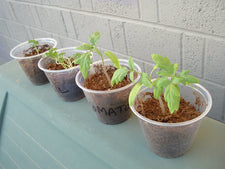
Microwaves and Plants
Photo ©2007 Tim Patterson, Flickr You're probably wondering what kind of sc...
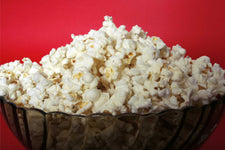
Why Does Popcorn 'Pop'?
Photo Source: Lucian Muset Popcorn is a delicious snack, but have you ever ...
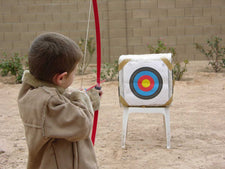
How Age Affects Hand-Eye Coordination
Photo Source: Paul Moore We need hand-eye coordination to perform many basi...
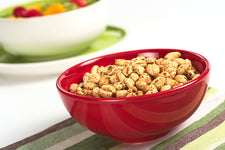
Static Electricity & Jumping Cereal
Photo Source: the-science-mom.com Great for early elementary students inter...

Which Antacid Can Neutralize the Most Stomach A...
Photo © 2009 Shawn Campbell, Flickr While elementary and middle school aged...
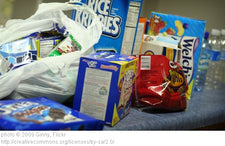
Does A Person's Favorite Snack Say Anything Abo...
After encountering Dr. Alan Hirsch's book, What Flavor is Your Personality? D...

Phototropism: Why Do Plants Grow Toward Light?
For those elementary students interested in botany, this cool experiment fro...
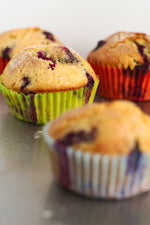
Can Baking Soda Substitute for Baking Powder?
Photo © 2011 Isabelle Palatin, Flickr Ever been dreaming about your mom's f...
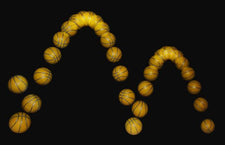
Under Pressure: Ball Bouncing Dynamics
Photo Source: Harold E. Edgerton Ask any sports enthusiast and they'll read...
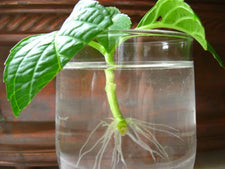
Plants and Rooting Hormone: Is It Effective?
Photo Source: ewainthegarden.blogspot.com For all the future botanists out ...

Off Balance: Music & Dizziness
Photo Source: Christopher Urstitti It's no secret that when we get spun aro...

Mnemonics & Memory
Photo © 2009 digitalbob8, Flickr If you've ever studied for a big test, hav...
Top 10 Best 5th Grade Science Fair Projects [Updated 2024]
- Built To Last - Exploring Skyscraper Design with Legos
- Beautiful Blooms: What Makes A Flower Last the Longest?
- Does the Shape of an Ice Cube Affect How Quickly it Melts?
- Hydroponics - What is the Best Liquid for Germinating Seeds?
- Skip to primary navigation
- Skip to main content
- Skip to footer
Science Struck
Science Fair Projects For 4th Graders
Like it? Share it!
There are two kinds of science fair projects: prescribed investigations — such as testing the lifespan of batteries or detergents in cleaning off stains — and exploratory experiments. Prescribed investigations do not lend themselves to science fairs because they fail to explore new ideas or test something never been explored before; while exploratory experiments present themselves.
1. Grow Crystals
Unlearn the wonder of crystal growth with this easy and engaging experiment! Students can observe how different temperature conditions influence crystal formation rates.
Note: Please keep this experiment under adult supervision as it involves hot water. Also, some chemicals used are mildly toxic and could potentially irritate skin – this serves as an ideal safety demonstration for kids!
2. Pipe Cleaner Names
Growing crystals is a timeless classic experiment designed to teach kids about supersaturated solutions, yet this classic project takes on new meaning when children assemble the pipe cleaners into their names first!
Straw pieces used to form cursive-style letters is another fun craft activity that helps develop fine motor skills. An adult should always be nearby to supervise scissor cuts and assist children in manipulating the straws for maximum success.
3. Build a Coastline
Science fair projects often center around novel ideas. Such projects tend to impress judges more than research projects which simply evaluate multiple studies and report back.
This simple experiment shows kids how to identify density by dropping objects into water. They will also learn about volume and pressure as part of this engaging lesson – with colorful results!
4. Make a Magnifying Glass
Kids will have tons of fun learning about light, optics, and magnification with this exciting science experiment! Plus they’ll come away with handy spy tools for detective role playing!
Discover whether Sharpie markers really are permanent with this fun fourth grade science fair project! Additionally, discover what causes mood rings to change color.
Understanding Boyle’s law can be challenging, but this easy 4th grade science experiment makes the task more manageable – particularly beneficial for visual learners!
5. Build a Hovercraft
Learn the principles of forces and motion with this fun STEM experiment that’s easy enough for kids to do at home – perfect as an idea for science fair projects!
Place a balloon over the top of a CD and pinch or twist its neck to stop any air from escaping. Pull your hovercraft across the table, observe how it moves, make a graph to analyze its performance and draw conclusions about its progress.
6. Build an Elevator
This straightforward project helps students grasp gravity and force by showing that it takes more energy to lift something than to lower it, as well as demonstrating levers and counterweights principles.
These experiments are engaging, hands-on activities that can be completed using materials found around the house. Covering topics from chemistry, biology and engineering as well as more obscure ones like geology. Ideal for kids wanting to expand their scientific curiosity.
7. Build a Seismometer
Get students excited about earth science with this simple yet engaging demonstration! They’ll discover earthquake waves and the equipment scientists use to measure them.
This 4th grade science project takes an engaging twist on a classic experiment. Kids will love layering colors of sugar water to discover its density while simultaneously learning about acids and bases! This activity provides a perfect way to introduce this topic.
8. Build a Wigglebot
Students will love learning engineering and design skills as they assemble this whirling robot! This project is one of our top science fair projects for 4th graders.
4th graders begin to move beyond testing hypotheses and use their results to formulate scientific arguments. Try this hands-on experiment to show kids how magnets attract metal objects – something which may appear magical but is actually scientific!
9. Build an LED Flashlight
A flashlight project is an excellent science fair project for fourth graders. This project helps kids better understand the scientific process: developing hypotheses, conducting an experiment and evaluating results.
Note that students should avoid receiving significant assistance with their science fair projects from friends or family members as this could give them an unfair edge in competition.
10. Build a Magnet
Kids will use a nail, battery and copper wire to construct an electromagnet and learn more about how magnets interact.
Turning milk into plastic may appear like magic, but it is actually a fun 4th grade science demo that helps children understand solutes and solvents.
Ask students to create a list of items that might stick to magnets and then test their predictions to see how accurate their estimates were.
Get Updates Right to Your Inbox
Privacy overview.
- Privacy Policy
- Terms of Use

Most Recent
Latest updates.
- Suggested Reflection Statement to be Used on DLP & DLL, Free Download
Popular Downloads
- Buwan ng Wika 2024 (Layouts and Templates), Free Download
- Quarter 1 (Powerpoint Presentation)
- Lesson Exemplars for Kinder, Grades 1, 4 & 7
- Basic Education Enrollment Form (BEEF) for SY 2024-2025
- NLC 2024 Campaign materials
- Automated MPS, Mean and Item Analysis
e-Class Record
Grade 6 dll quarter 2 week 6 (november 4-8, 2024), free download.
The Daily Lesson Log (DLL) is a crucial tool for teachers in planning and delivering quality education to their students. This standard template covers a week's worth of lessons, making it an efficient and effective way for teachers to plan their lessons. The Department of Education (DepEd) recognizes the importance of well-planned lessons in delivering quality teaching and learning in schools.
The Department of Education has released the DO 42, S. 2016 – POLICY GUIDELINES ON DAILY LESSON PREPARATION FOR THE K TO 12 BASIC EDUCATION PROGRAM. This policy aims to provide teachers a guide on how to prepare effective daily lessons that will help students learn better. The DLL format includes the following parts: Objectives, Content, Learning Resources, Procedures, Remarks and Reflection. (Download the memo to read more ( DO_s2016_042 )
- Helps teachers stay organized: With the DLL, teachers can plan their lessons for the week and ensure that they are covering all the necessary topics. This makes it easier for them to stay organized and keep track of what they have taught and what they still need to cover.
- Promotes consistency: By following the DLL, teachers can ensure that they are delivering the same quality of education to all their students. This helps to promote consistency in the classroom, which is essential for effective learning.
- Encourages collaboration: The DLL is a standard template that is used by all teachers, which means that they can easily share their lessons with one another. This encourages collaboration among teachers and helps them to learn from each other's experiences.
- Provides a framework for assessment: The DLL includes objectives, learning activities, and assessment methods, which provides a framework for assessing student learning. This makes it easier for teachers to determine whether their students have mastered the material or if they need additional support.
The Department of Education (DepEd) recognizes the importance of the DLL in delivering quality teaching and learning in schools. By providing teachers with a standardized template and promoting its use, DepEd is helping to ensure that students receive the education they need to succeed.
- DAILY LESSON LOG IN ARALING PANLIPUNAN 6 – QUARTER 2: WEEK 6
- DAILY LESSON LOG IN ENGLISH 6 – QUARTER 2: WEEK 6
- DAILY LESSON LOG IN ESP 6 – QUARTER 2: WEEK 6
- DAILY LESSON LOG IN FILIPINO 6 – QUARTER 2: WEEK 6
- DAILY LESSON LOG IN MAPEH 6 – QUARTER 2: WEEK 6
- DAILY LESSON LOG IN MATHEMATICS 6 – QUARTER 2: WEEK 6
- DAILY LESSON LOG IN SCIENCE 6 – QUARTER 2: WEEK 6
- DAILY LESSON LOG IN TLE 6 – QUARTER 2: WEEK 6
- DAILY LESSON LOG IN TLE HE 6 – QUARTER 2: WEEK 6
- DAILY LESSON LOG IN ALL SUBJECTS GRADE 6 – QUARTER 2: WEEK 6
ALSO DOWNLOAD:
Grade 6 dll quarter 2 week 5 (october 28-31, 2024), free download.
- DAILY LESSON LOG IN ARALING PANLIPUNAN 6 – QUARTER 2: WEEK 5
- DAILY LESSON LOG IN ENGLISH 6 – QUARTER 2: WEEK 5
- DAILY LESSON LOG IN ESP 6– QUARTER 2: WEEK 5
- DAILY LESSON LOG IN FILIPINO 6 – QUARTER 2: WEEK 5
- DAILY LESSON LOG IN MAPEH 6 – QUARTER 2: WEEK 5
- DAILY LESSON LOG IN MATHEMATICS 6 – QUARTER 2: WEEK 5
- DAILY LESSON LOG IN SCIENCE 6– QUARTER 2: WEEK 5
- DAILY LESSON LOG IN TLE 6– QUARTER 2: WEEK 5
GRADE 6 DLL QUARTER 2 WEEK 4 (OCTOBER 21-25, 2024), FREE DOWNLOAD
- DAILY LESSON LOG IN ARALING PANLIPUNAN 6 – QUARTER 2: WEEK 4
- DAILY LESSON LOG IN ENGLISH 6 – QUARTER 2: WEEK 4
- DAILY LESSON LOG IN ESP 6– QUARTER 2: WEEK 4
- DAILY LESSON LOG IN FILIPINO 6 – QUARTER 2: WEEK 4
- DAILY LESSON LOG IN MAPEH 6 – QUARTER 2: WEEK 4
- DAILY LESSON LOG IN MATHEMATICS 6 – QUARTER 2: WEEK 4
- DAILY LESSON LOG IN SCIENCE 6– QUARTER 2: WEEK 4
- DAILY LESSON LOG IN TLE 6– QUARTER 2: WEEK 4
GRADE 6 DLL QUARTER 2 WEEK 3 (OCTOBER 14-18, 2024), FREE DOWNLOAD
- DAILY LESSON LOG IN ARALING PANLIPUNAN 6 – QUARTER 2: WEEK 3
- DAILY LESSON LOG IN ENGLISH 6 – QUARTER 2: WEEK 3
- DAILY LESSON LOG IN ESP 6– QUARTER 2: WEEK 3
- DAILY LESSON LOG IN FILIPINO 6 – QUARTER 2: WEEK 3
- DAILY LESSON LOG IN MAPEH 6 – QUARTER 2: WEEK 3
- DAILY LESSON LOG IN MATHEMATICS 6 – QUARTER 2: WEEK 3
- DAILY LESSON LOG IN SCIENCE 6– QUARTER 2: WEEK 3
GRADE 6 DLL QUARTER 2 WEEK 2 (OCTOBER 7-11, 2024), FREE DOWNLOAD
- DAILY LESSON LOG IN ARALING PANLIPUNAN 6 – QUARTER 2: WEEK 2
- DAILY LESSON LOG IN ENGLISH 6 – QUARTER 2: WEEK 2
- DAILY LESSON LOG IN ESP 6– QUARTER 2: WEEK 2
- DAILY LESSON LOG IN FILIPINO 6 – QUARTER 2: WEEK 2
- DAILY LESSON LOG IN MAPEH 6 – QUARTER 2: WEEK 2
- DAILY LESSON LOG IN MATHEMATICS 6 – QUARTER 2: WEEK 2
- DAILY LESSON LOG IN SCIENCE 6– QUARTER 2: WEEK 2
- DAILY LESSON LOG IN TLE (ICT) 6 – QUARTER 2: WEEK 2
GRADE 6 DLL QUARTER 2 WEEK 1 (SEPTEMBER 30-OCTOBER 4, 2024), FREE DOWNLOAD
- DAILY LESSON LOG IN ARALING PANLIPUNAN 6 – QUARTER 2: WEEK 1
- DAILY LESSON LOG IN ENGLISH 6 – QUARTER 2: WEEK 1
- DAILY LESSON LOG IN ESP 6– QUARTER 2: WEEK 1
- DAILY LESSON LOG IN FILIPINO 6 – QUARTER 2: WEEK 1
- DAILY LESSON LOG IN MAPEH 6 – QUARTER 2: WEEK 1
- DAILY LESSON LOG IN MATHEMATICS 6 – QUARTER 2: WEEK 1
- DAILY LESSON LOG IN SCIENCE 6– QUARTER 2: WEEK 1
- DAILY LESSON LOG IN TLE (ICT) 6 – QUARTER 2: WEEK 1
With the help of a Daily Lesson Log, you can better manage your time and resources, stay on track with your teaching objectives, and ensure that your students are receiving a quality education. So, take advantage of this helpful tool and download your Daily Lesson Log for Week 1-10 of the first quarter today! Note that some of the documents are still updating. Please do visit the site more often for more exclusive updates on the DLL based on the Most Essential Learning Competencies (MELC)
DepEd Tambayan has compiled all DLLs from the first quarter to the fourth quarter for Grade 1-12 for the school year 2024-2025. This is a great resource for teachers who want to ensure that their lessons are well-planned and executed. The use of a DLL allows teachers to maintain quality education standards and helps them plan their lessons in a flexible manner.
The Daily Lesson Log (DLL) is an essential tool for teachers in planning and delivering quality education to their students. It is a flexible and efficient way to plan lessons and maintain quality education standards. With the compilation of DLLs for Grade 1-12 for the school year 2024-2025 by DepEd Tambayan, teachers now have a valuable resource to help them in their lesson planning.

No comments
Below post ad, social counter.
- facebook count=1.2m; Follow
- youtube count=300k; Follow
Trending Headlines
- Cash Allowance for Public School Teachers SY 2024-2025
- Proposed Salary Standardization Law (SSL) VI
- Will There Be a Salary Increase This Year, 2024?
- Latest Update on the released of PBB 2022 for DepEd Employees
- VP Sara tendered her resignation as Secretary of the Department of Education
- Updated | Grading System and Electronic Class Record Templates for SY 2023-2024
- 3rd Quarter Summative Tests
(Q2) Kinder to Grade 6 Powerpoint
Recent post, downloadable resources.
- Daily Lesson Log (502)
- e-SAT 2023-2024 (2)
- Editable Certificate (9)
- HRPTA 2023-2024 (1)
- HRPTA Minutes of the Meeting (1)
- INSET 2023-2024 (2)
- Interactive NAT Reviewer (22)
- k10 curriculum (1)
- NAT Grade 10 (18)
- NAT Grade 12 (3)
- NAT Grade 6 (6)
- Reading Materias (1)
- VINSET 3.0 (1)
Popular Posts

NOW AVAILABLE! DLL QUARTER 2 WK 6 Click Here
- Grades 6-12
- School Leaders
Give Students a Voice in This Digital Storytelling Competition!
Every product is independently selected by our team of teacher-reviewers and editors. Things you buy through our links may earn us a commission.
50 Top 8th Grade Science Fair Projects and Classroom Activities
Find interesting ideas to engage all learners!
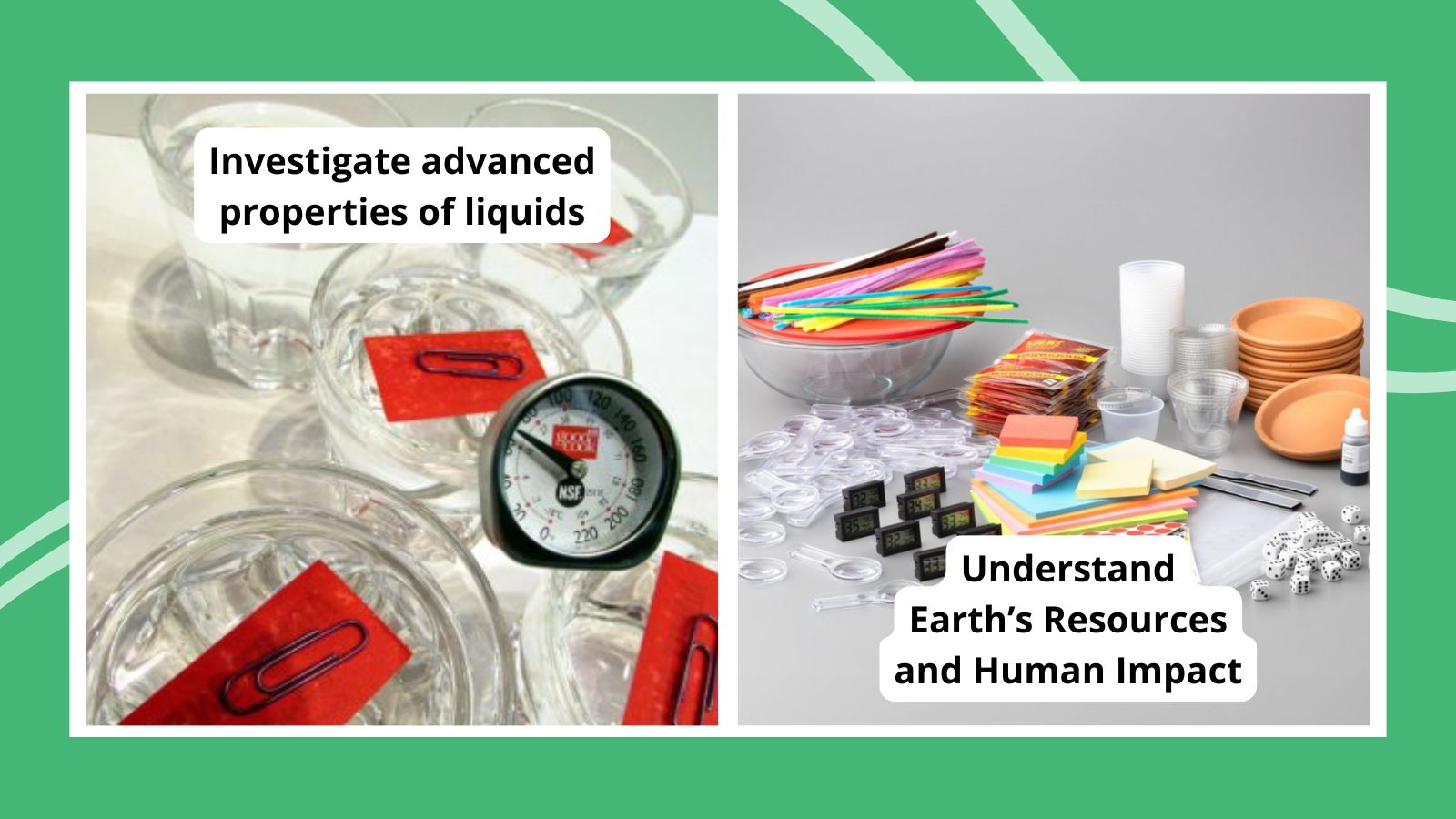
For even more free science ideas and printables, head to our science hub! You’ll find resources in every science subject for middle and high school.
Whether your students are preparing for the science fair or you’re looking for classroom ideas to grab their interest, we’ve got the answers! Find lots of 8th grade science fair projects across a spectrum of topics and difficulty levels (including plenty of easy science fair project ideas). Plus, check out fun classroom demos and hands-on experiments and activities your students will love.
To make it easier to find classroom activities or science fair projects for 8th graders, we’ve rated all the projects and activities by difficulty and the materials needed:
Difficulty:
- Easy: Low or no-prep experiments you can do pretty much anytime
- Medium: These take a little more setup or a longer time to complete
- Advanced: Experiments like these take a fairly big commitment of time or effort
- Basic: Simple items you probably already have around the house
- Medium: Items that you might not already have but are easy to get your hands on
- Advanced: These require specialized or more expensive supplies to complete
Biology and Life Science 8th Grade Science Fair Projects
Chemistry 8th grade science fair projects, physics and engineering 8th grade science fair projects, 8th grade science classroom demos, experiments, and hands-on activities.
Explore human behavior, plants and animals, the water cycle, and more with these 8th grade science fair project ideas.

FEATURED PICK
Ward’s Science OpenSciEd Kit : Earth’s Resources & Human Impact
Difficulty: Medium / Materials: Easy (Everything is provided for you!)
Absolutely perfect for teachers using OpenSciEd’s free curriculum for middle school classes , this awesome classroom activity kit can be used by any teacher working with their students on subjects like human impact on Earth’s resources and climate solutions. Ward’s Science OpenSciEd kits come with every item you need to start exploring with your students immediately.
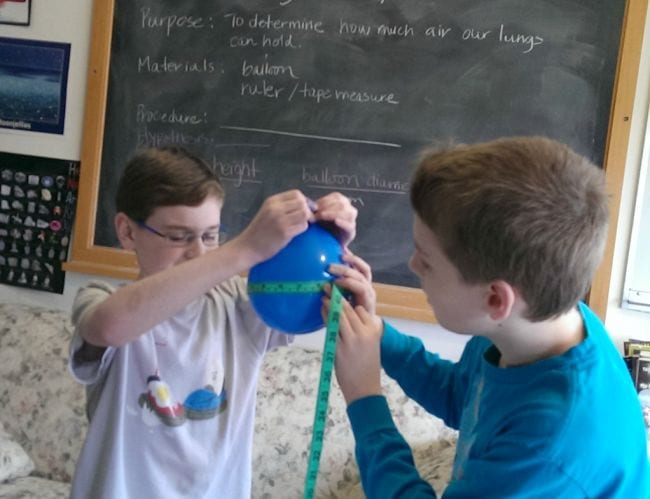
Measure and compare lung capacity
Difficulty: Easy / Materials: Medium
This experiment combines math and biology to measure lung capacity using a balloon. There are a lot of interesting hypotheses students can form, document, and explore while taking these measurements.
Learn more: How To Measure Lung Capacity
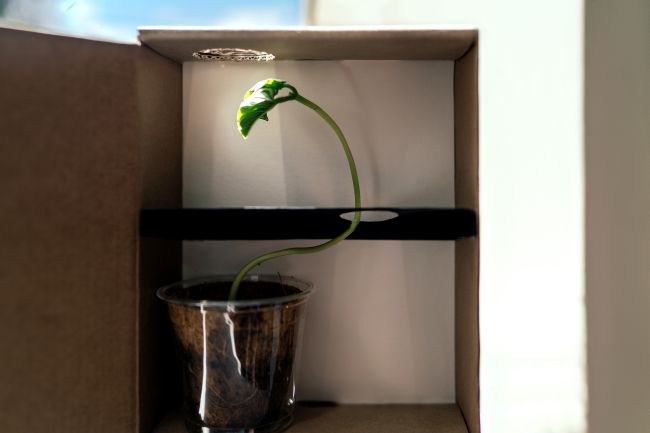
Guide a growing plant through a maze
Difficulty: Medium / Materials: Basic
Prove that plants really do seek out the light by setting up a simple or complex maze. This is a simple 8th grade science project with really cool results.
Learn more: Plant Light Maze
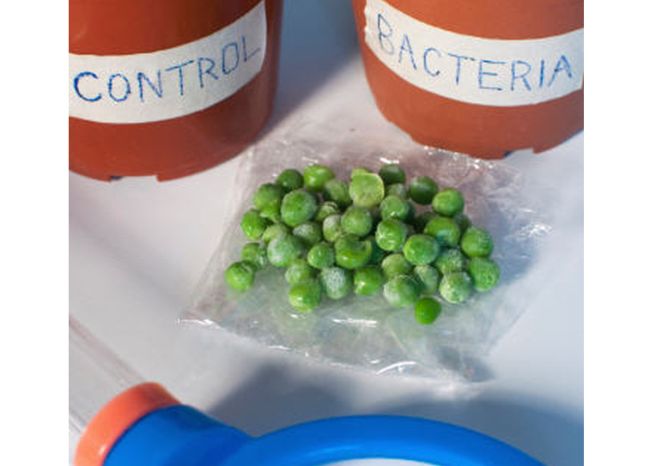
Explore symbiosis with nitrogen-fixing bacteria
Difficulty: Medium / Materials: Medium
Many plants depend on nitrogen for growth, but how important is it? This science project compares the growth of pea plants with and without nitrogen-fixing bacteria.
Learn more: Symbiosis: Plants, Nitrogen, and Bacteria
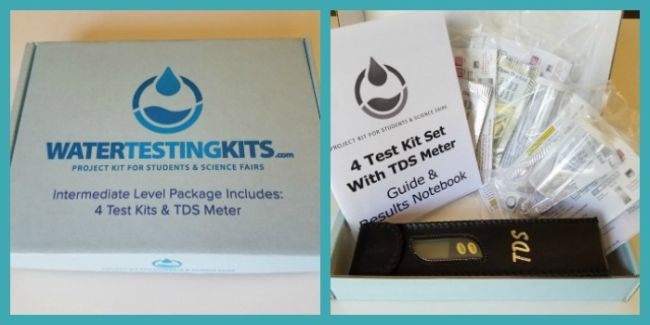
Test water quality
A water-testing kit opens up limitless options for 8th grade science fair projects. Test the water quality of local streams, swimming pools, or even the taps at home.
Learn more: Water Quality Experiment
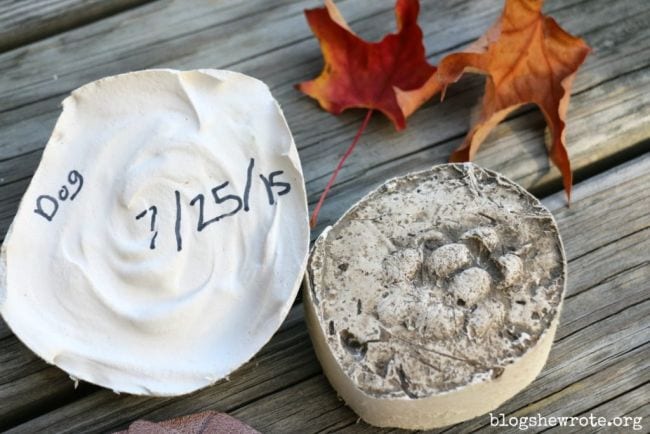
Cast animal tracks
Explore wildlife biology by becoming an expert tracker! Learn to identify tracks and take casts. Turn this into an experiment by trying different methods to take casts, or use it as a method of identifying wildlife in the woods.
Learn more: Animal Tracks
Determine a plant’s favorite music
Play different types of music for plants, then observe and document any changes in the growth and development of the plants as they’re exposed to different genres of music.
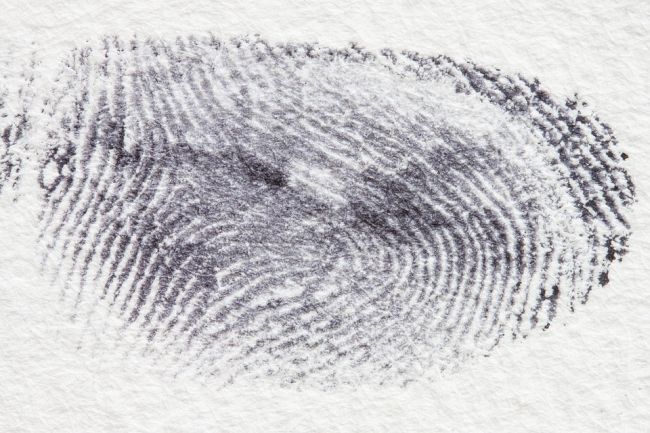
Conduct fingerprint analysis
Budding forensic scientists will love this idea. Learn to dust for prints and try a technique called “fuming” for trickier surfaces. See if you can compare prints and make accurate matches in the classroom. You can buy a fingerprinting kit just for kids or use supplies from around the house.
Learn more: Fingerprinting
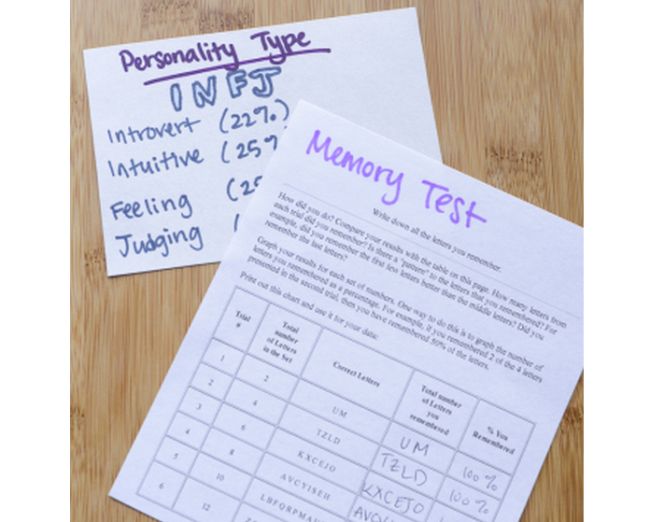
Examine the connection between personality and memory
Do introverts have better memories than extroverts? This science project aims to find out. Round up some willing volunteers and administer the Myers-Briggs personality test, then challenge your subjects with a memory test. The results may or may not surprise you!
Learn more: Memory and Personality
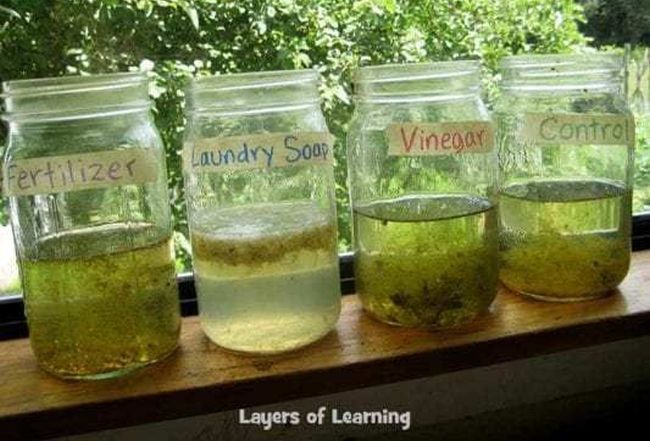
Measure algae growth
Fertilizer runoff has become a serious cause of water pollution. In this experiment, students will see its effects firsthand and brainstorm ways to keep it in check.
Learn more: Algae and Pollution Experiment
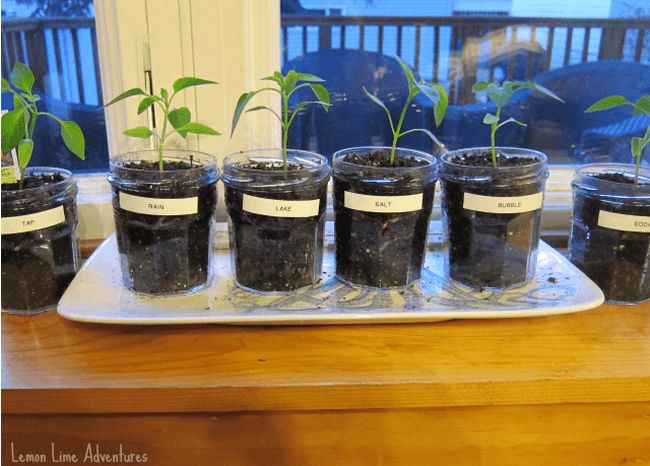
Water plants with different liquids
In this easy science fair project, kids water plants with different liquids, like rainwater, tap water, salt water, and even soda. They might be surprised at the results!
Learn more: Effecting Plant Growth
Beakers and test tubes, pouring and mixing … do it all with these fun chemistry science fair project ideas for 8th graders.
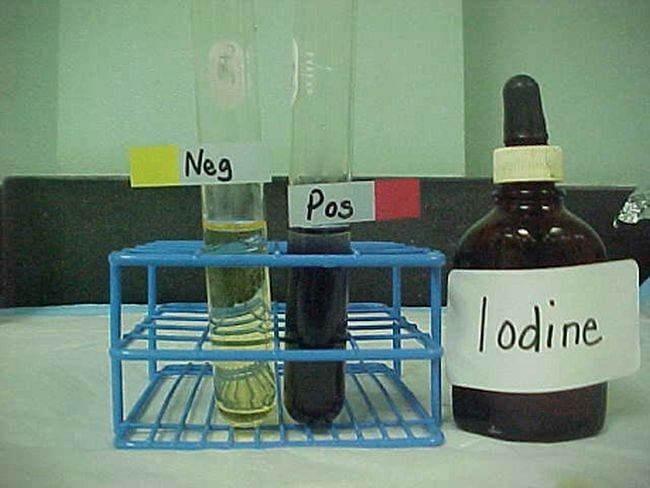
Perform a starch test with iodine
This simple chemistry experiment uses iodine to determine the starch content of food items. Use the process to perform a variety of 8th grade science experiments related to food.
Learn more: Starch Test

Keep your hands warm
If you live in a chilly part of the world, chances are you’ve seen chemical hand warmers for sale. In this 8th grade science fair project, use oxidation to make your own hand warmer, and find other creative ways to use this heating process.
Learn more: Homemade Hand Warmer
Compare electrolytes in sports drinks
Sports-loving kids will enjoy the chance to learn just how many valuable electrolytes their favorite sports drinks contain. Compare them with water or orange juice for a cool science fair project. You’ll need a few special supplies, like a multimeter and an ohm resistor , but they’re not too expensive and they’re easy to find.
Turn juice into spheres
You’ll need a few special supplies for this experiment , but the results are so cool. Turn spherification into a science fair project by experimenting with different beverages and liquids.
Block the sun’s UV rays
Use color-changing UV beads to test the protective power of medicine bottles, hats, clothing, and more. This is an easy 8th grade science fair project with nearly endless possibilities.
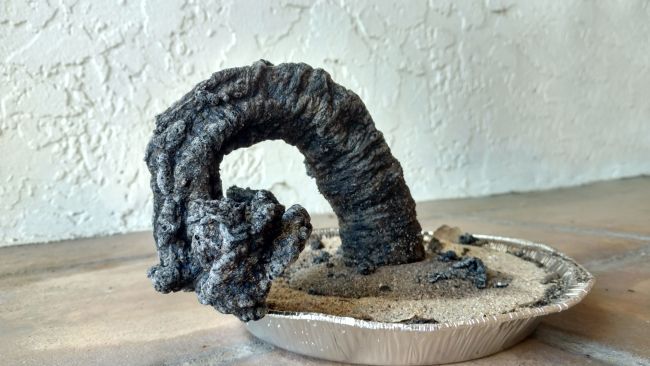
Grow a carbon sugar snake
Remember those little black pellets that fire up into long snakes on the 4th of July? This is the same concept but much bigger! The simple chemical reaction of sugar and baking soda makes it happen. Turn this into an 8th grade science fair project by varying the formula to create even bigger results!
Learn more: Carbon Sugar Snake
Create a rainbow of flames
You can change the color of fire by adding chemicals found at your local grocery store—what a sight! How can you use these flame colors to determine the chemical content of other materials? Sounds like a cool 8th grade science fair project!
Study the effects of acid rain
Difficulty: Easy / Materials: Basic
In this project, students use chalk as a stand-in for stone to learn how acid rain affects buildings, statues, and more. Turn this into a science fair project by exploring ways to mitigate the effects of the acidity.
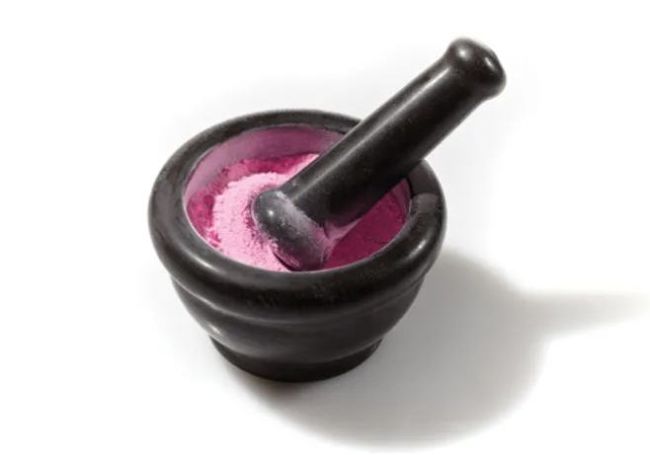
Extract bismuth from Pepto Bismol
Difficulty: Advanced / Materials: Advanced
This is the kind of project that really makes you feel like a scientist. Grinding tablets with a mortar and pestle, filtering in beakers, heating over a Bunsen burner … this is what chemistry is all about!
Learn more: Extracting Bismuth
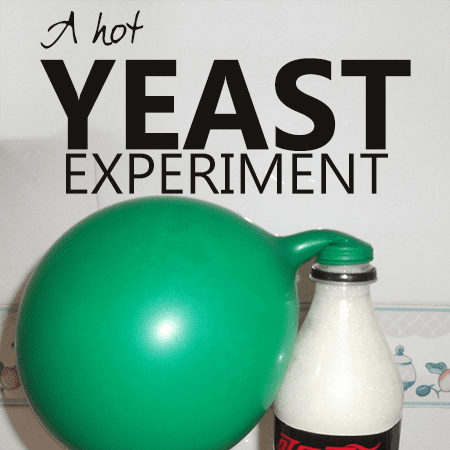
Optimize fermentation temperature
Delve into the mystery of how temperature affects the fermentation process and determine the optimum temperature for yeast development. (Test your hypothesis by baking a loaf of bread!)
Learn more: Hot Yeast
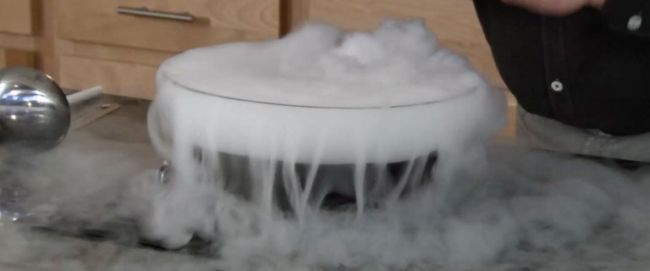
Brew up some root beer
Who says science can’t be delicious ? Tinker with the basic root beer recipe to make it sweeter, fizzier, or better in any way you like!
Learn more: Homemade Root Beer
For those who love to build and tinker, try a science fair project that experiments with various physics concepts like energy, electricity, motion, and more.
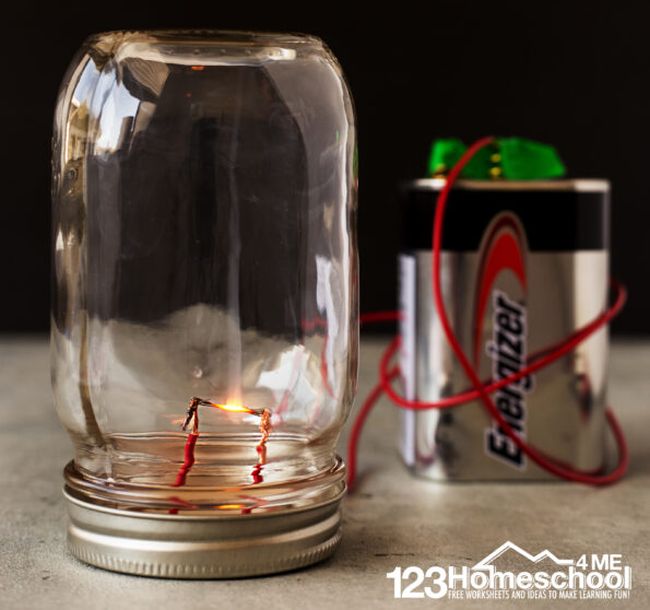
Build a better light bulb
First, use the steps at the link to build a simple light bulb with a jar, some wire, and a 6-volt battery . Then, turn it into an 8th grade science fair project by tinkering with the various materials to make a light bulb that lasts longer, burns brighter, or is powered by an alternative source.
Learn more: Build a Light Bulb
Test the strength of interleaved paper
Paper seems smooth and slides apart easily, right? Not when you add friction into the mix! Mythbusters was amazed at how much strength it took to pull apart two interleaved phone books. Try this with smaller books for an 8th grade science fair project that people won’t believe!
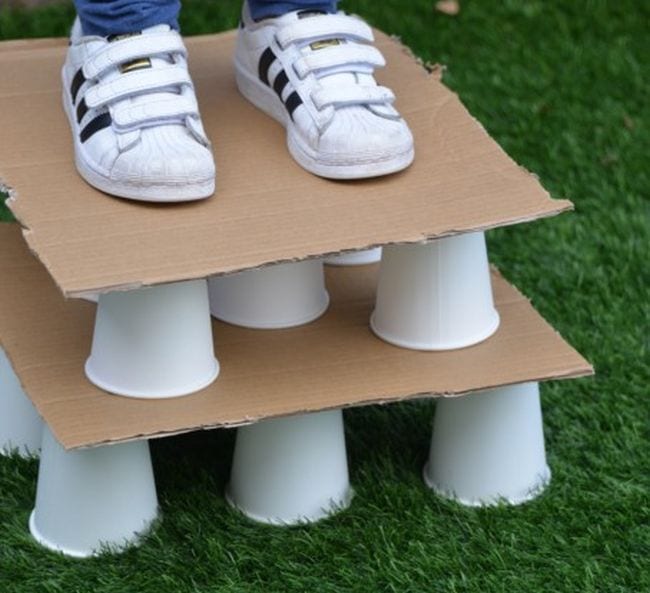
Stand on a pile of paper cups
Combine physics and engineering and challenge 8th grade science students to create a paper cup structure that can support their weight. This is a cool project for aspiring architects.
Learn more: Stand on a Paper Cup
Cook up a tasty treat with solar energy
Students can design and build a solar oven, and then use it to cook food to compare the cooking time and temperature with a conventional oven. See if you can improve on the original design by changing up the materials or construction.
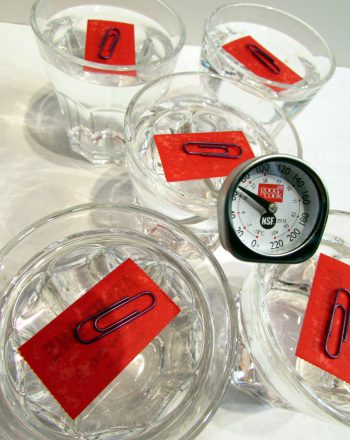
Investigate advanced properties of liquids
Do surface tension and viscosity decrease with increasing temperature? Find out in this 8th grade science fair project.
Learn more: Surface Tension and Viscosity
Make a solar desalinator
Clean fresh water is a valuable commodity. Construct solar-powered desalination devices with readily available materials, and find the most effective desalination methods.
Engineer a roller coaster loop
Kids may have created roller coasters with marbles before, but have they ever built one with a loop-the-loop? They’ll have to experiment to find out which initial height gives a marble the speed it needs to complete the journey.
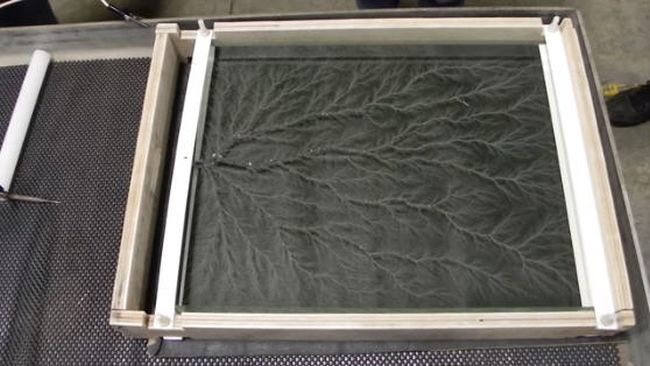
Capture a picture of lightning
Difficulty: Advanced / Materials: Medium
Lichtenberg figures capture the branching path of electricity as it travels through an object. You can make your own in a variety of ways, including burning it into wood or acrylic.
Learn more: Lichtenberg Figures
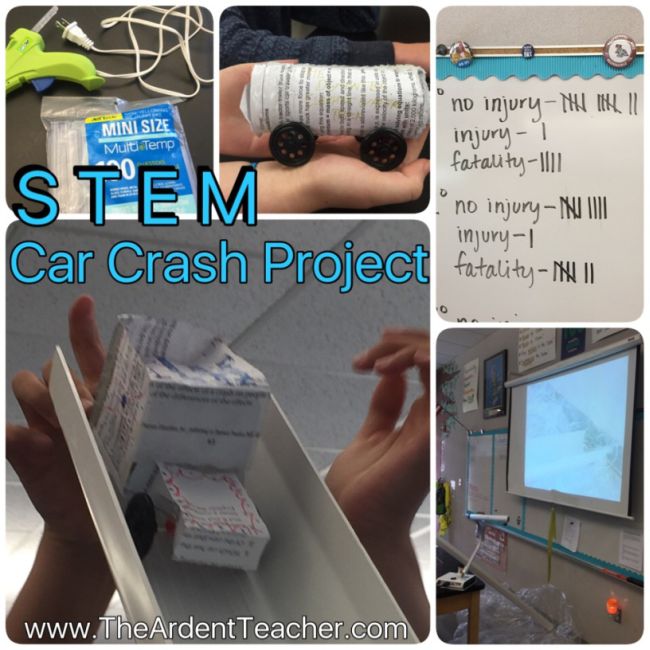
Crash cars for science
This is a great class project for teachers, but it’s also excellent for an 8th grade science fair project. Build cars and crash-test them to learn the best methods of keeping passengers safe.
Learn more: STEM Car Crash Project
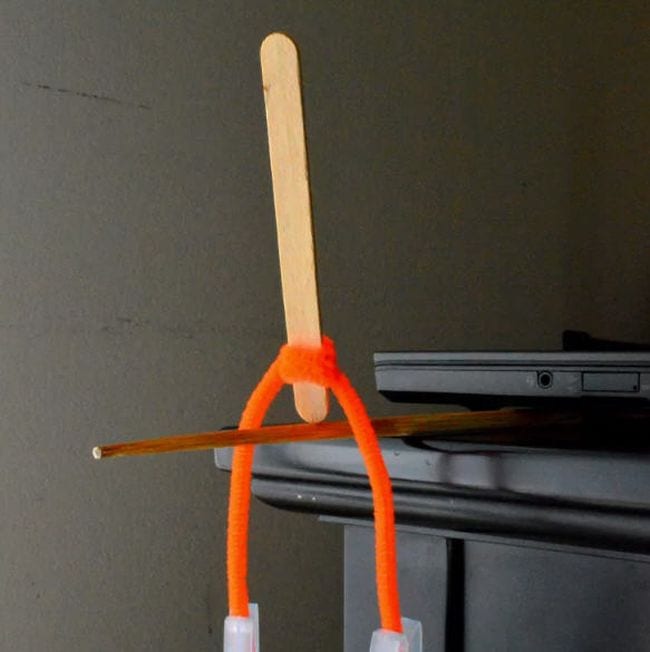
Discover the center of gravity
Once you find and maintain its center of gravity, almost any object will balance, even in surprising circumstances. Using this concept, what amazing objects can you balance and where?
Learn more: Center of Gravity Experiment
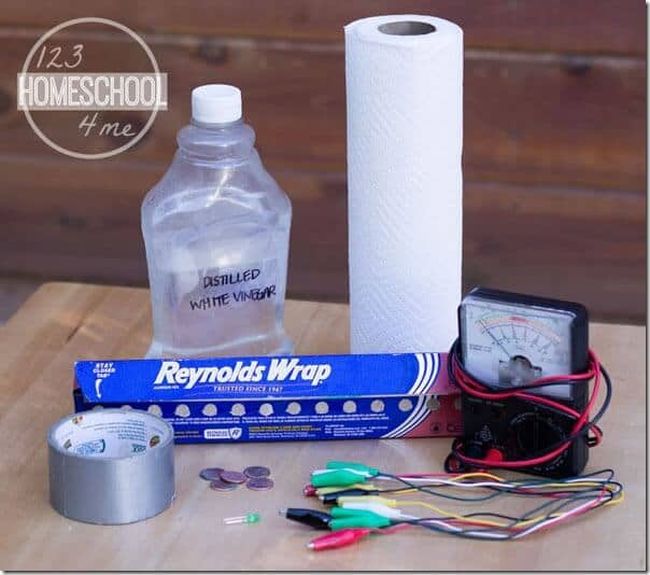
Power up homemade batteries
Building batteries is a classic science experiment for any age. Make it into an 8th grade science fair project by trying different variables and exploring the amount of power you can produce.
Learn more: DIY Batteries
Assemble a spring balance scale
Apply Hooke’s law to find out if the stretching of a spring can be used to accurately measure the weight of objects. The materials are simple, but you’ll need patience and physics to calibrate a spring and use it to test weights.
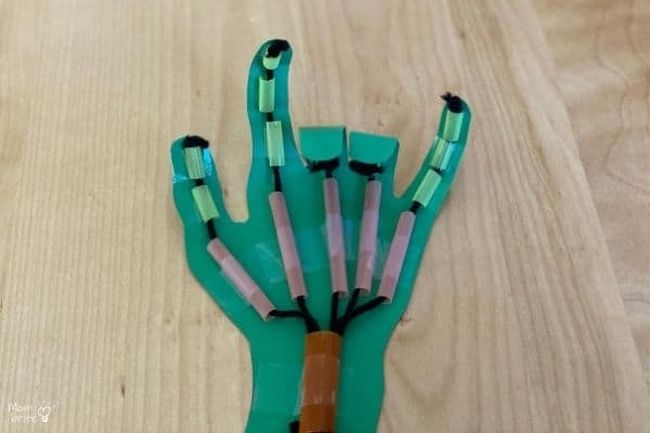
Design a robotic hand
This is a project that can be tweaked by coming up with ways to improve upon the design. Can you build a hand that can pick up a ball? How about one that can pluck up a piece of string? So many possibilities!
Learn more: DIY Model Robot Hand STEM Activity
Build an infinity mirror
Experiment with optical illusions by creating a tunnel of lights that seems to stretch away into infinity. Eighth grade science students will learn about engineering and the physics of optics along the way.
Construct a Rube Goldberg machine
Create a machine to complete a simple task in the most complicated fashion! This is a neat 8th grade STEM fair project because it allows you to use a variety of physics concepts in a fun way.
Explore a wide variety of 8th grade science concepts with these fun and engaging activities.
Protect an egg in a crash
We love this spin on the classic egg-drop project. In this version, students build a structure to protect an egg during a collision with a wall, making the connection between crash tests and physics concepts.
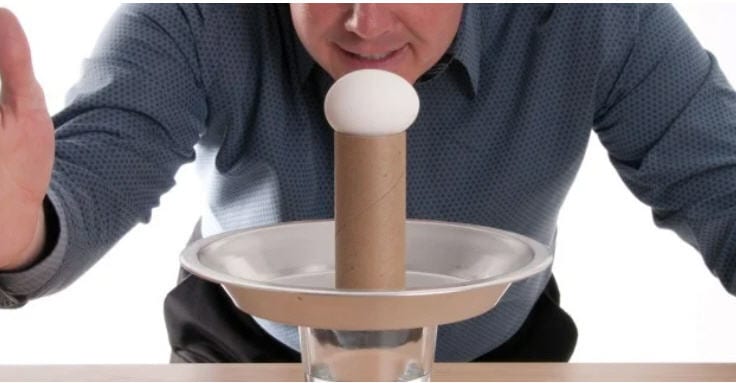
Drop an egg to prove the first law of motion
This experiment looks like a magic trick, but it’s firmly grounded in Newton’s first law of motion. When you knock the pie tin out of the way, the egg falls straight into the glass thanks to inertia. (Worried about making a mess? Use plastic eggs instead.)
Learn more: Egg Drop Inertia Challenge
Break out the leaf blower to teach Bernoulli’s principle
Eighth grade science students have probably seen a Bernoulli demo or two, often with straws and Ping-Pong balls. So grab their attention by trying it with a leaf blower and beach ball instead!
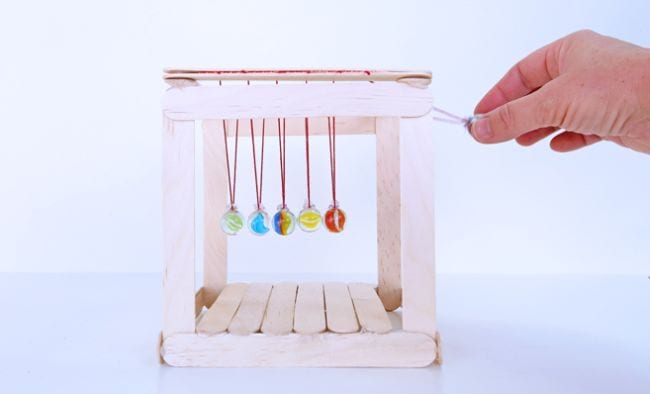
Assemble a Newton’s cradle
Newton’s cradle is a fascinating way of demonstrating momentum and energy transfer. Follow the directions at the link to build one, or challenge 8th grade science students to experiment with their own construction methods.
Learn more: Newton’s Cradle
Extinguish a candle without blowing it out
Combine an acid-base experiment with some fire science in this really popular classroom science demo. It seems like magic, but it’s just science!

Relight a candle without touching it
Tell students you’re going to relight a candle without touching the flame to the wick. The results will boggle their minds!
Learn more: Magic Traveling Flame
Demonstrate the “unpoppable” balloon
Your students won’t believe you when you say you can hold a balloon up to a flame without popping it. Use the conductivity of water to prove your point.
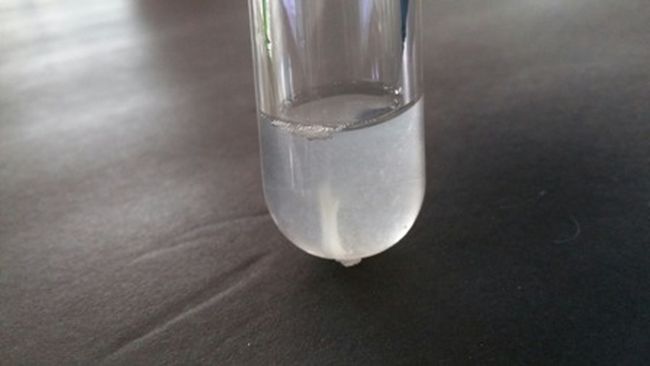
Extract your own DNA
DNA is the blueprint of life, and you’ll be surprised at how easy it is to extract your own with a few simple supplies. Preserve it in alcohol in the freezer when you’re done.
Learn more: How To Extract DNA at Home
Build a trash can air cannon
This is such a fun way to demonstrate an air vortex! It takes a little effort to build the air cannon, but you can use it year after year for amazing 8th grade science demos.
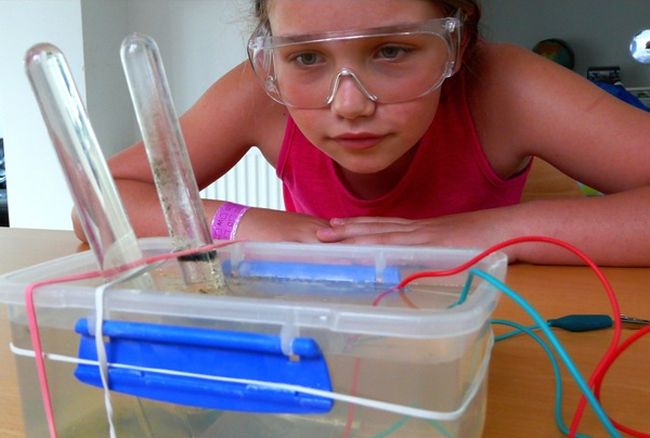
Separate water into hydrogen and oxygen
Use electrolysis to prove that water really is made up of hydrogen and oxygen. It’s a simple concept but one that never fails to amaze.
Learn more: Separating Water Into Hydrogen and Oxygen
Assemble a ring of Pringles
Everybody loves an edible STEM challenge! Here’s one that seems simple but takes some time to work out: Build a ring of Pringles chips without using any other materials.

Construct a cup holder
Can your 8th grade science students build a device to stabilize and carry two cups of water using only a few simple supplies? Oh, and can they manage it in just 5 minutes? This timed challenge pushes their creative engineering limits!
Learn more: Cup Holder STEM Challenge
Navigate a light maze
Here’s the STEM challenge: Bounce a beam of light around a corner past an obstacle. Increase the difficulty by adding more obstacles and variables.
Make solar oven s’mores
Demonstrate the principle of converting solar radiation into heat in the yummiest way possible by having your students construct their own solar ovens and baking s’mores using nothing but the light from the sun.
Engage your 8th grade science students further with these 24 Science Kits for Middle and High School That Make Hands-On Lessons Easy .
Plus, sign up for our newsletters to get all the latest teaching tips and ideas straight to your inbox..
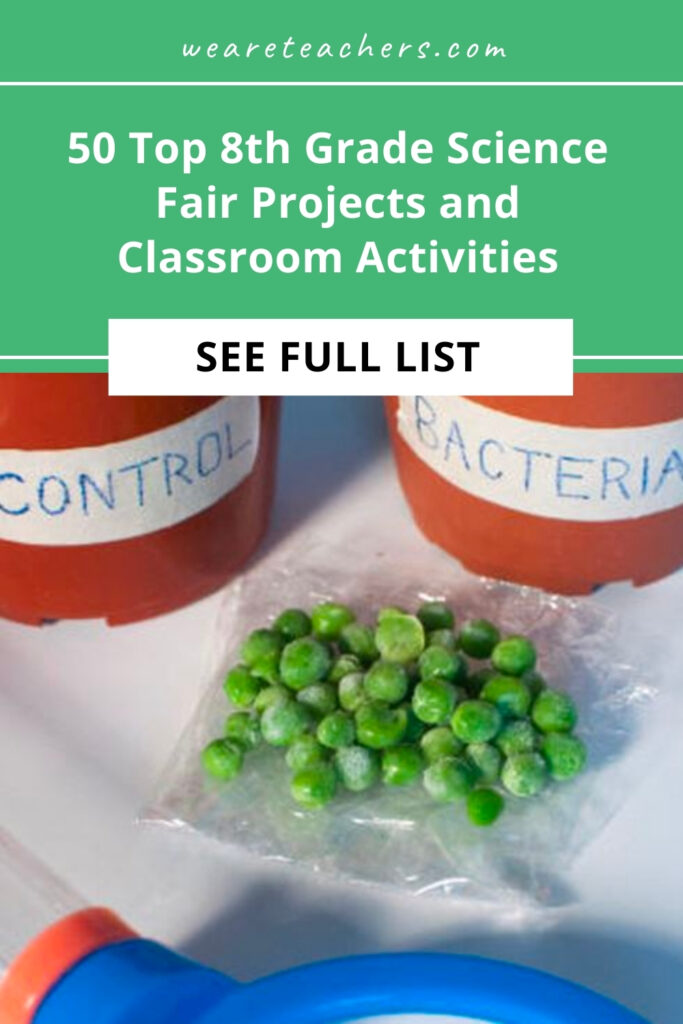
You Might Also Like
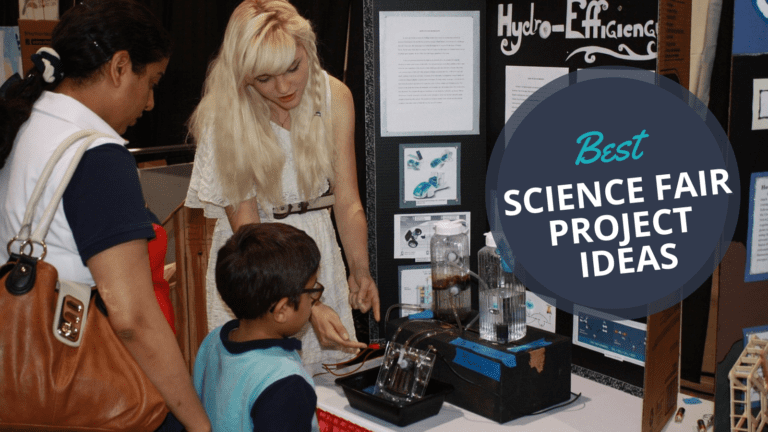
The Big List of Science Fair Project Ideas, Resources, and More
Options for every age, interest, and skill level! Continue Reading
Copyright © 2024. All rights reserved. 5335 Gate Parkway, Jacksonville, FL 32256

IMAGES
VIDEO
COMMENTS
Find 50 fun and engaging science projects for 5th grade students, from easy to advanced, for the classroom or science fair. Learn about biology, physics, chemistry, and more with hands-on activities and STEM challenges.
Find fun and easy science projects for fifth graders in various areas of science, such as chemistry, engineering, and physics. Learn how to make elephant toothpaste, balloon cars, bath bombs, and more with simple materials and instructions.
Delve into the intricacies of human biology and health with this collection of science experiments. Investigate anatomy, physiology, and diseases. Discover new things and build amazing structures with science experiments for fifth grade students.
Find fun and easy science projects for fifth graders on various topics, such as engineering, chemistry, biology, and more. Use the Topic Selection Wizard to get personalized project ideas or browse the list of 567 projects with coding, scientific method, and engineering design process.
Find fun and easy science experiments and projects for your next 5th grade science fair or anytime. Learn about density, sound, magnetism, static electricity, and more with simple materials and clear explanations.
Find hands-on science experiments and projects for 5th grade students to explore biology, physics, chemistry, and more. Learn how to rate the difficulty and materials of each project and use them for science fair or lesson plans.
Find fun and easy science projects for fifth graders, with complete instructions and videos. Explore topics like fish, plants, sound, electricity, fossils, and more.
Find hundreds of science fair project ideas for 5th grade students in various topics, such as physics, biology, chemistry, and earth science. Learn how to design, conduct, and present your own experiments with step-by-step instructions and examples.
Find easy and fun ideas for 5th grade science fair projects, such as testing household chemicals, making a tornado, or comparing different lights. Learn how to design and do a project that shows your scientific skills and curiosity.
Find 31 great fifth grade science fair ideas for your child's school project. Explore topics like tornadoes, dry ice, germs, magnets, and more with step-by-step instructions and sources.
Find 65 fun and engaging science projects for 5th graders that cover biology, physics, chemistry, and more. Learn how to make a trampoline, a tornado in a bottle, a solar oven, a bouncy ball, and more with simple materials and instructions.
How Water Beats Rock | Education.com - Grades 1-5, Discover how water is more potent than rocks. Experiment with ways that water can break the stone. Soil Type and Liquefaction | All-Science-Fair-Projects.com - Grades 1-5, Experiment with sand, clay, and loam and find out which type of soil dissolves most easily.
Explore over 20 science projects and STEM challenges for 5th graders, covering topics such as Earth and space, lifecycles, chemistry, electricity, magnetism, and more. Learn how to do the scientific method and have fun with hands-on experiments.
Discover the wonders of the plant kingdom with science experiments focused on plant biology. Explore growth, photosynthesis, and adaptations. Discover new things and build amazing structures with science experiments for fifth grade students.
Fifth Grade Science Activities and Experiments. Tap into your child's inner scientist with these fifth grade science activities and experiments that will develop their sense of wonder as they ask questions, develop hypotheses, and seek out answers. From creating colorful crystals out of coal or making a slime concoction to constructing ...
Learn about chemistry, physics, biology, and engineering with fun and simple projects you can do at home. From making slime and bouncy balls to growing crystals and naked eggs, these experiments are sure to spark curiosity and creativity.
All Grades K-5 All Grades 6-12 PreK 6th Grade Kindergarten 7th Grade 1st Grade 8th Grade 2nd Grade 9th Grade 3rd Grade 10th Grade 4th Grade 11th Grade 5th Grade 12th Grade. ... These outdoor science experiments and activities are perfect for taking advantage of sunny days. Fly kites, dissect flowers, experiment with sound and water, and so much ...
Grade Level: K-5 This hands-on experiment demonstrates how chemical bonds form when ingredients react to create a stretchy, non-Newtonian substance. Kids can explore how adding more or less saline solution affects the slime's texture, providing a fun introduction to polymers and chemical reactions. 20: Water Refraction Experiment. Grade Level ...
Your #1 source for 5th grade science fair projects and experiments. Whether you're looking for some of the best and winning science fair ideas or some that are fun, simple, or easy, we've got you've covered! Close menu. Search. Shop by Department + "Close Cart" Worksheets
Discover whether Sharpie markers really are permanent with this fun fourth grade science fair project! Additionally, discover what causes mood rings to change color. Understanding Boyle's law can be challenging, but this easy 4th grade science experiment makes the task more manageable - particularly beneficial for visual learners!
Explore hundreds of fun and educational science projects for fifth graders in various areas of science, such as chemistry, physics, biology, and engineering. Learn how to use the scientific method, design a balloon-powered car, upcycle paper into seed cards, and more.
Our fifth grade projects are written and tested by scientists and are specifically created for use by students in the fifth grade. Students can choose to follow the science experiment as written or put their own spin on the project. For a personalized list of science projects, fifth graders can use the Science Buddies Topic Selection Wizard ...
DepEd Tambayan has compiled all DLLs from the first quarter to the fourth quarter for Grade 1-12 for the school year 2024-2025. This is a great resource for teachers who want to ensure that their lessons are well-planned and executed.
Find easy, medium, and advanced science fair projects and classroom activities for 8th graders across biology, chemistry, and physics topics. Learn how to measure lung capacity, cast animal tracks, test water quality, and more with these fun and engaging ideas.